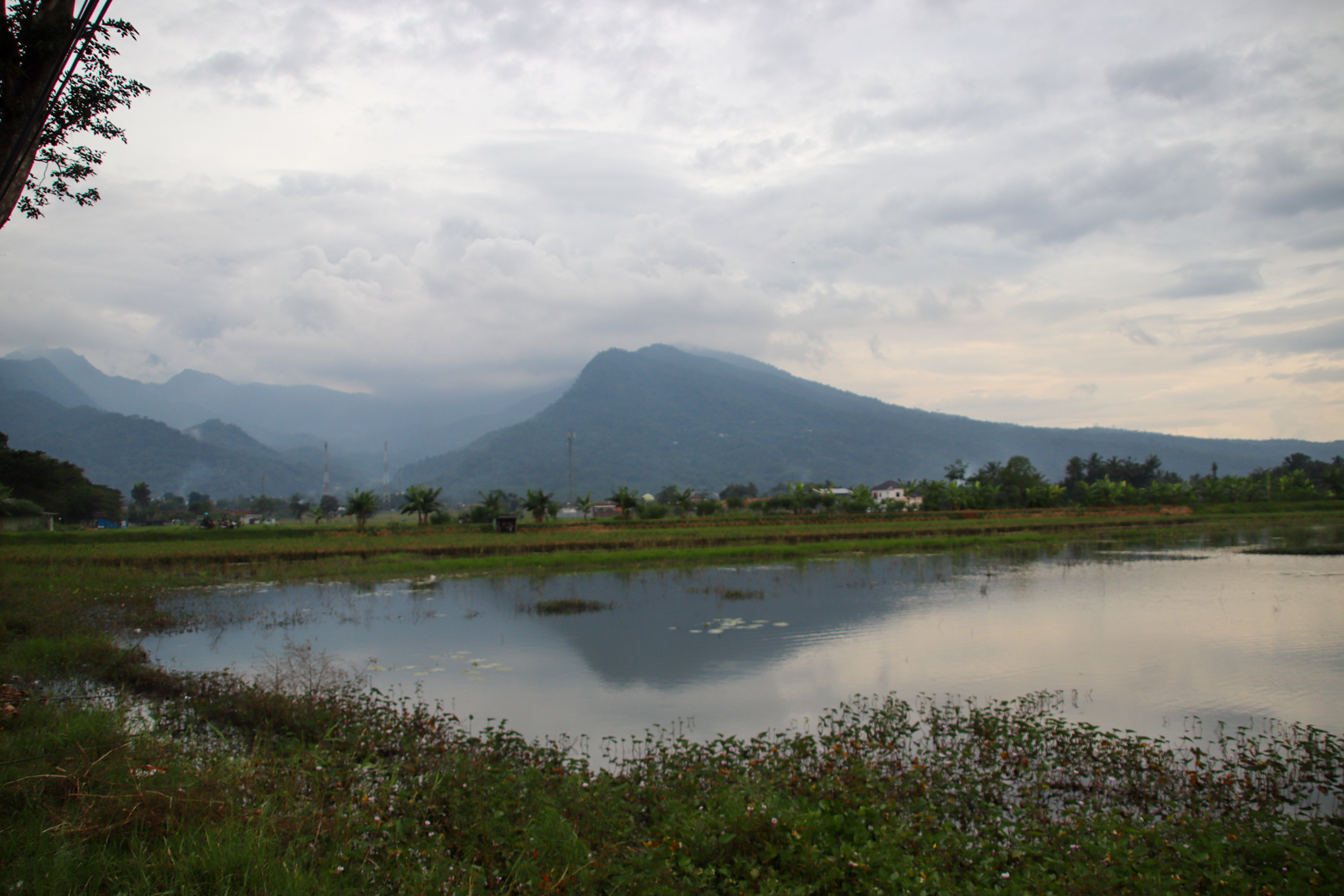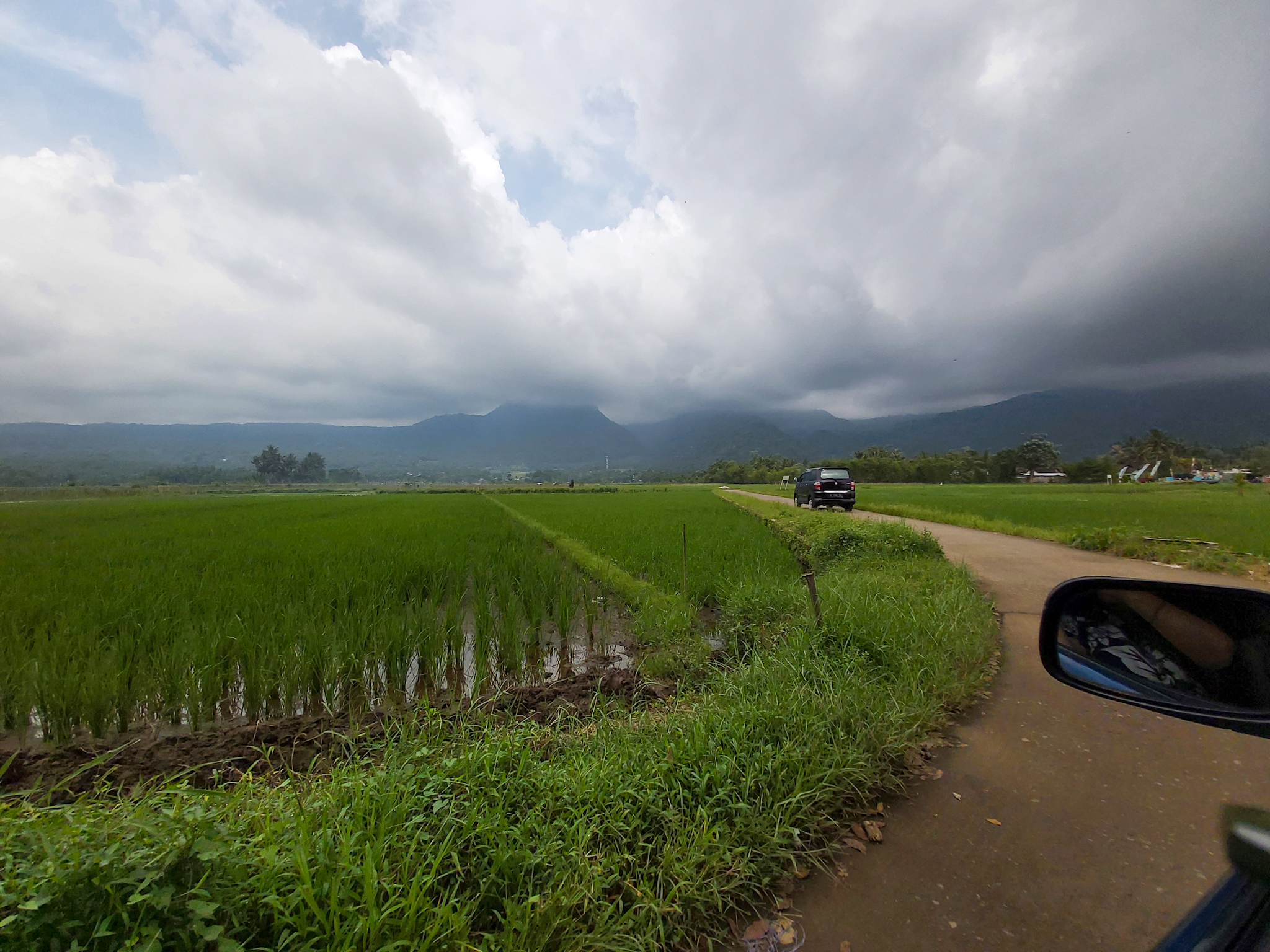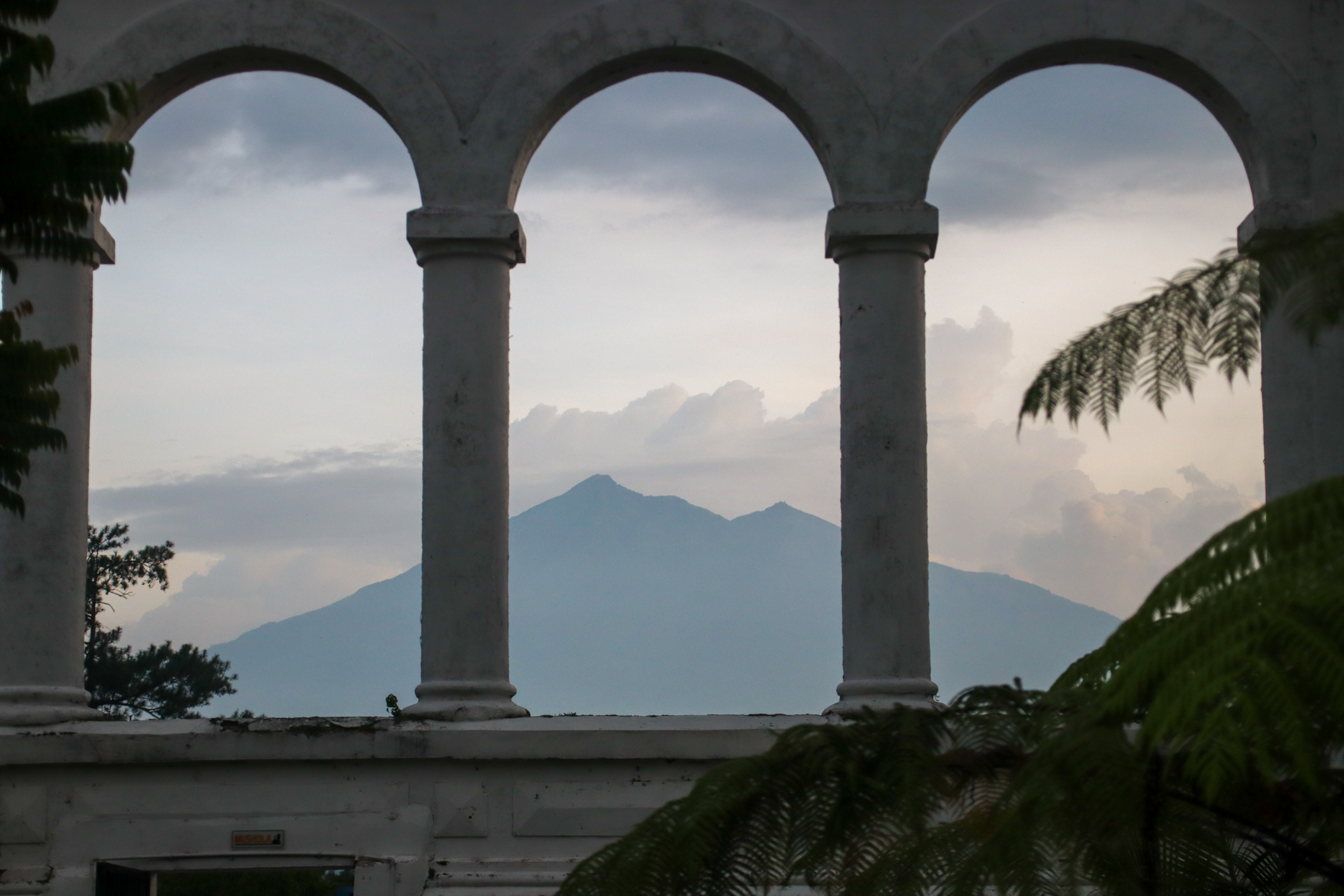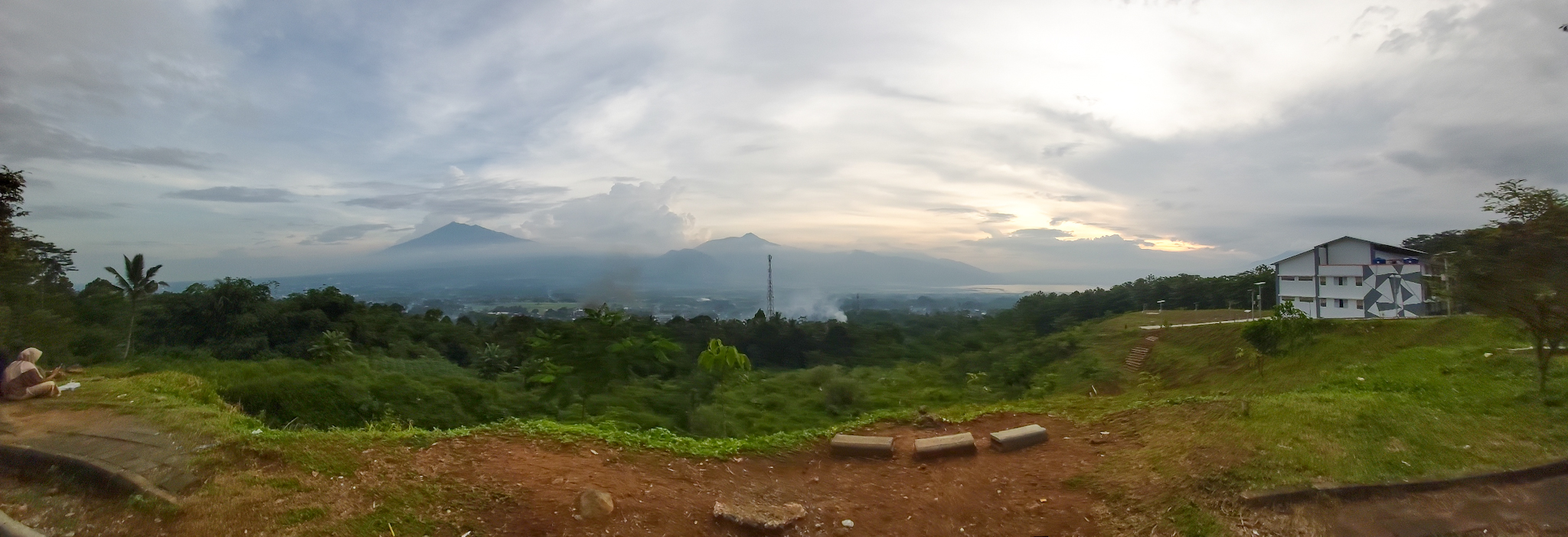Gunung Bromo

Mount Bromo is an active vulcano in the east of Java and part of the National Park Bromo Tengger Semeru. In 2019 I’ve visited this beautiful area in the morning at sunrise and walked on the edge of the crator of Mount Bromo. Before sunrise you can see the clouds around the mountains. Mount Semeru is also located in this area and erupted in December 2021.
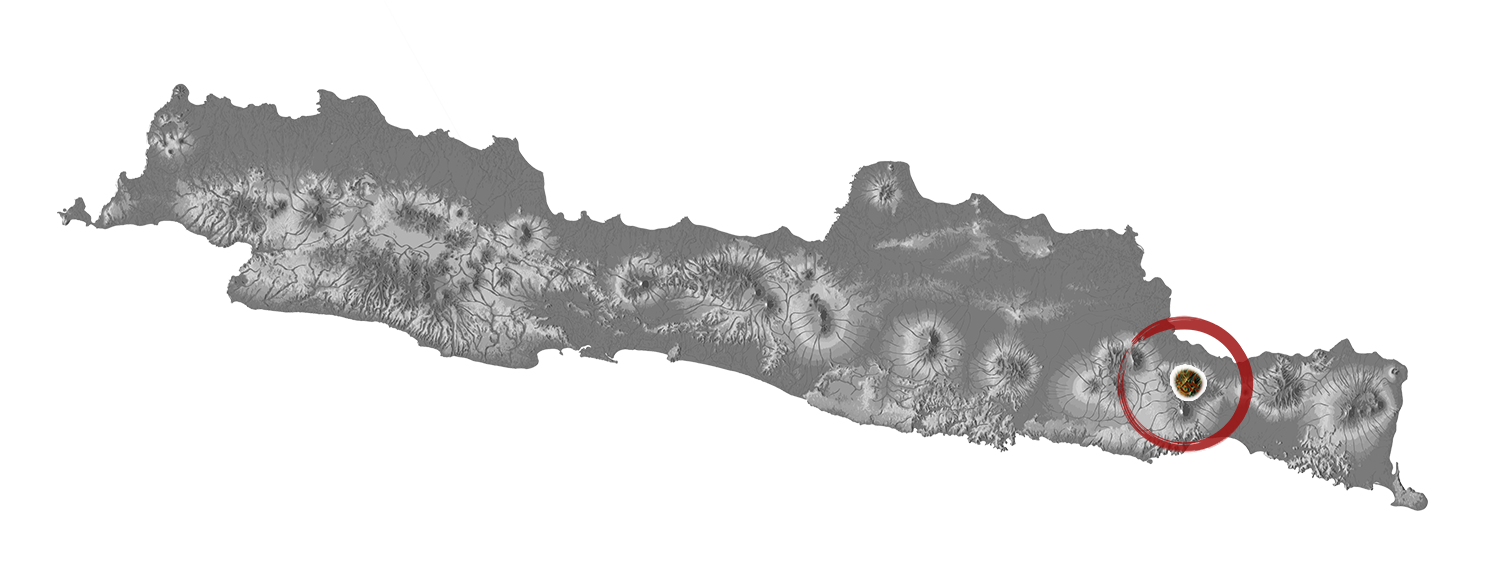

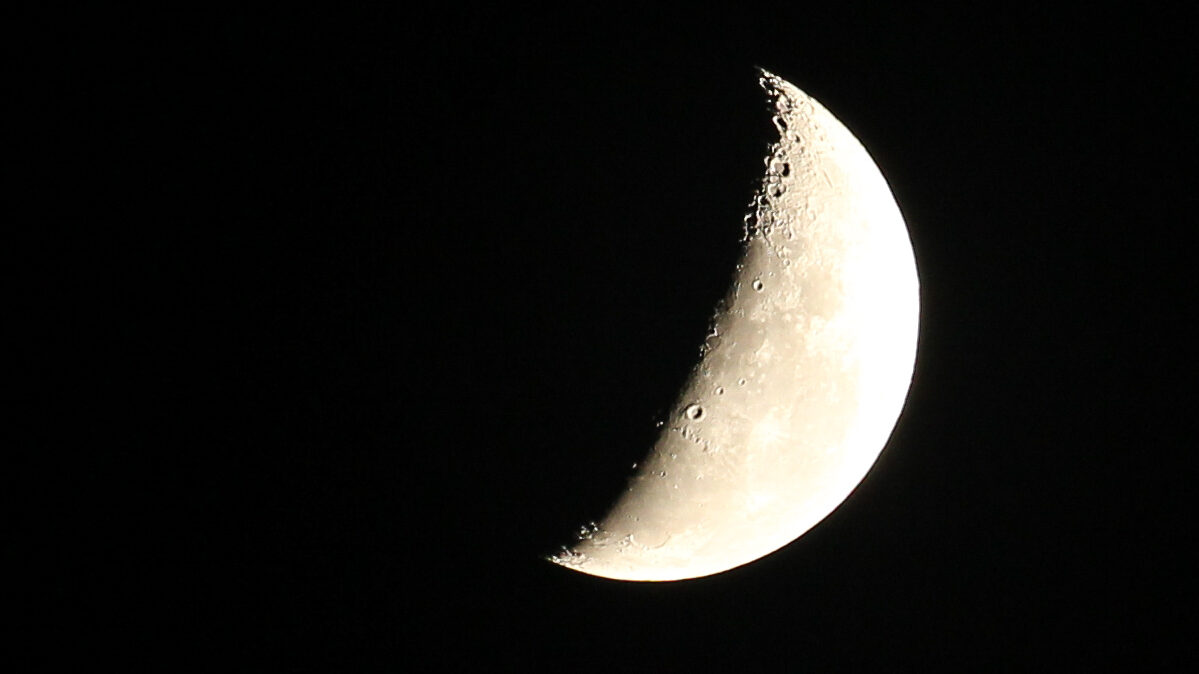






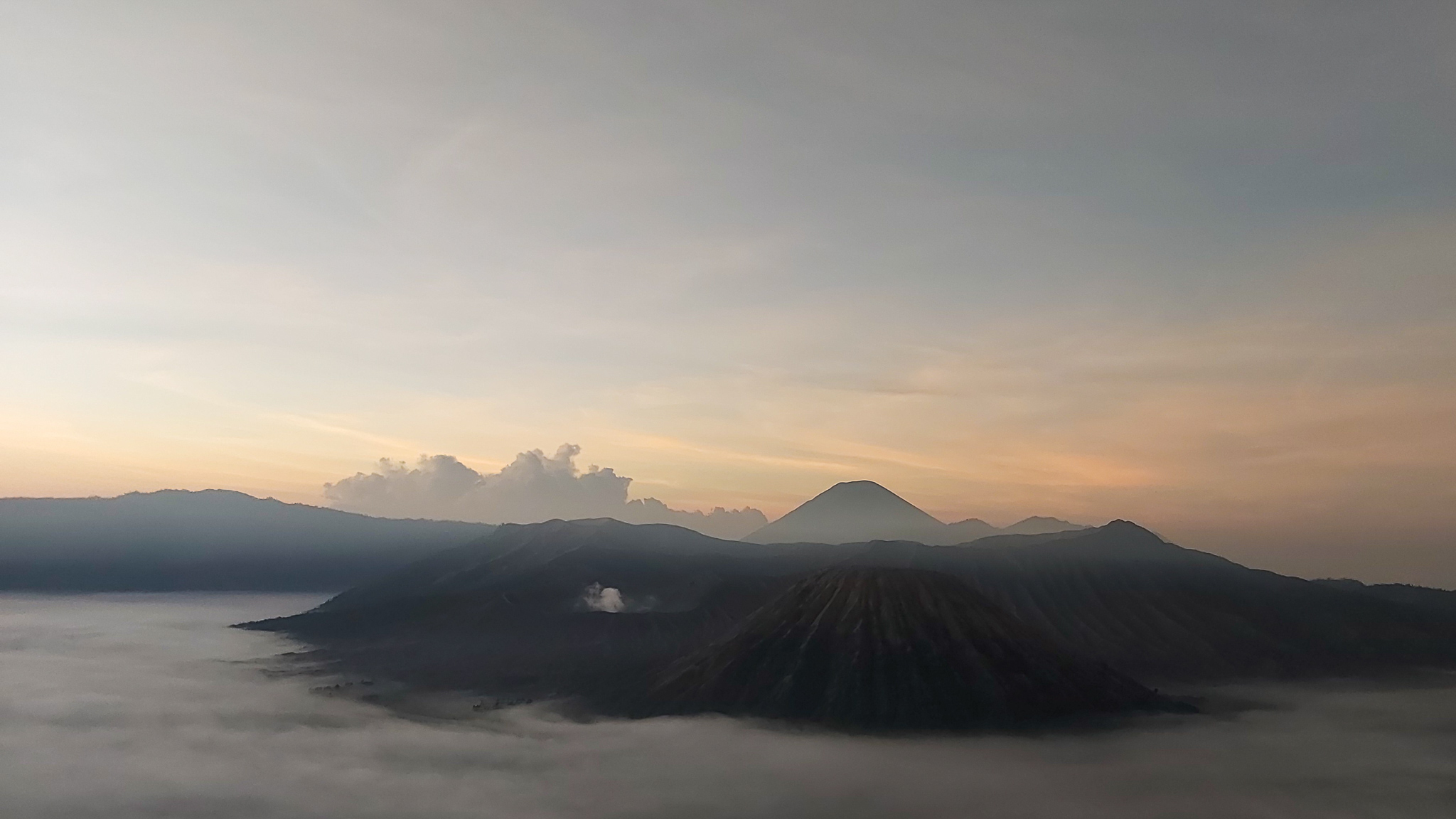


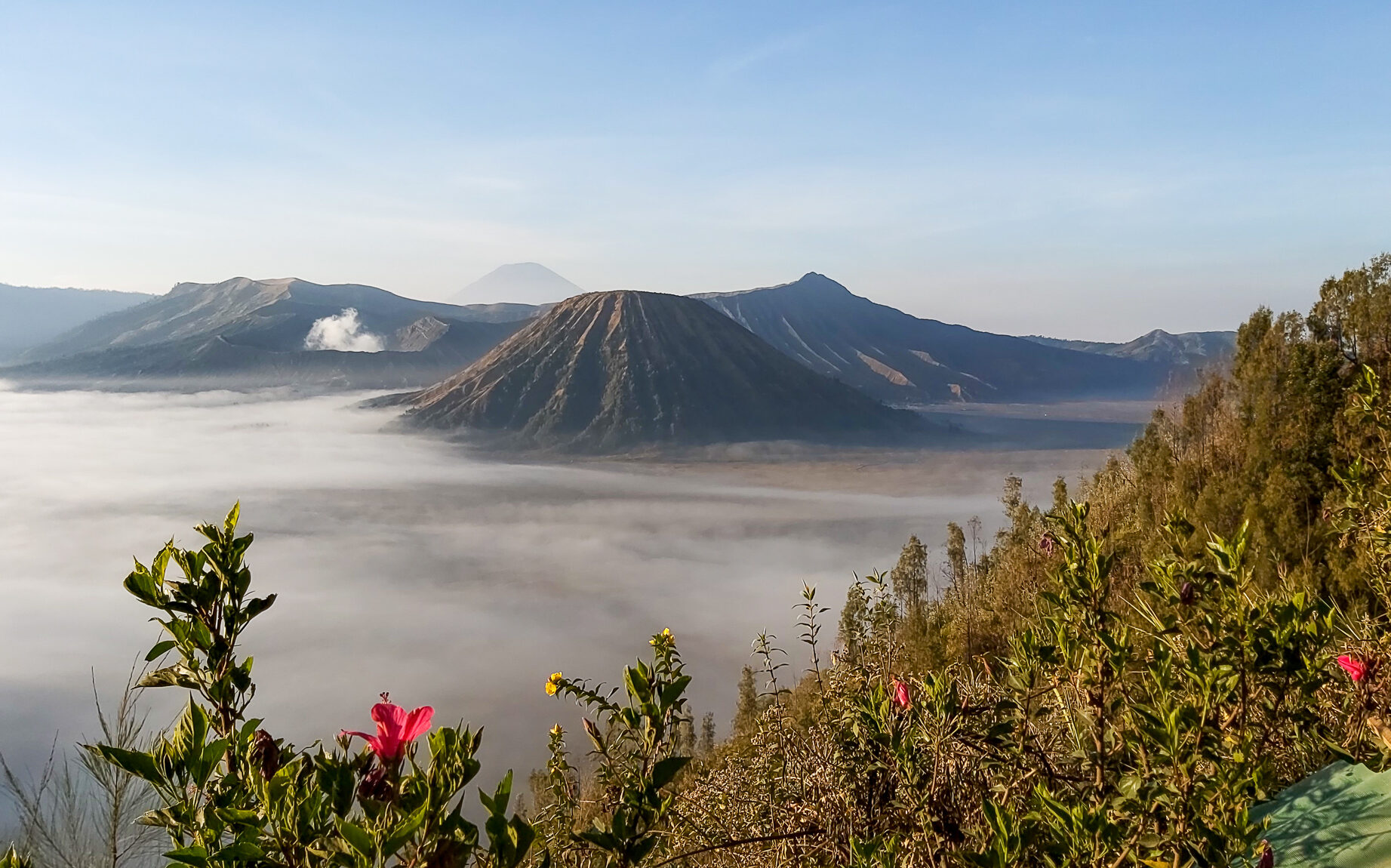
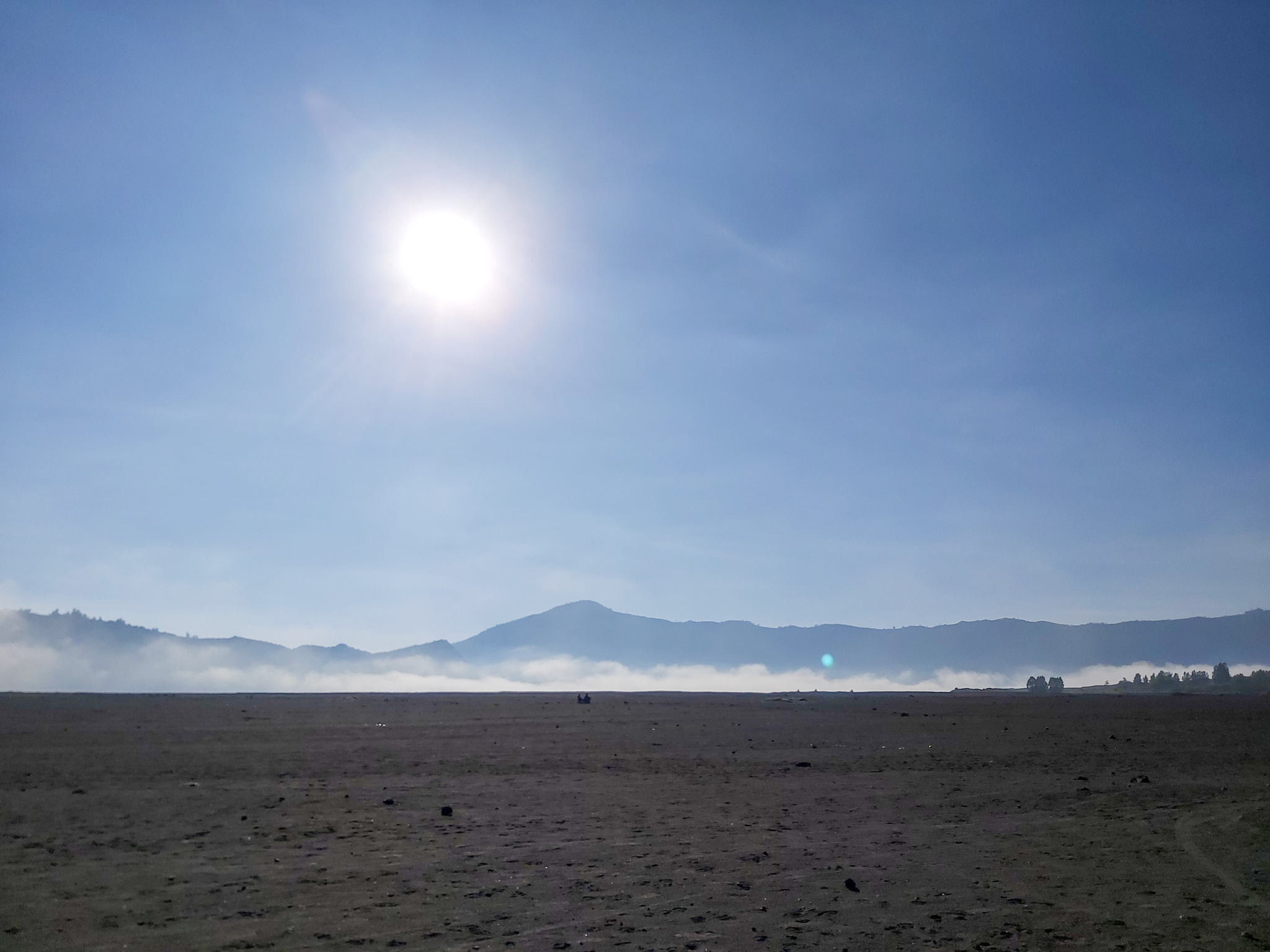
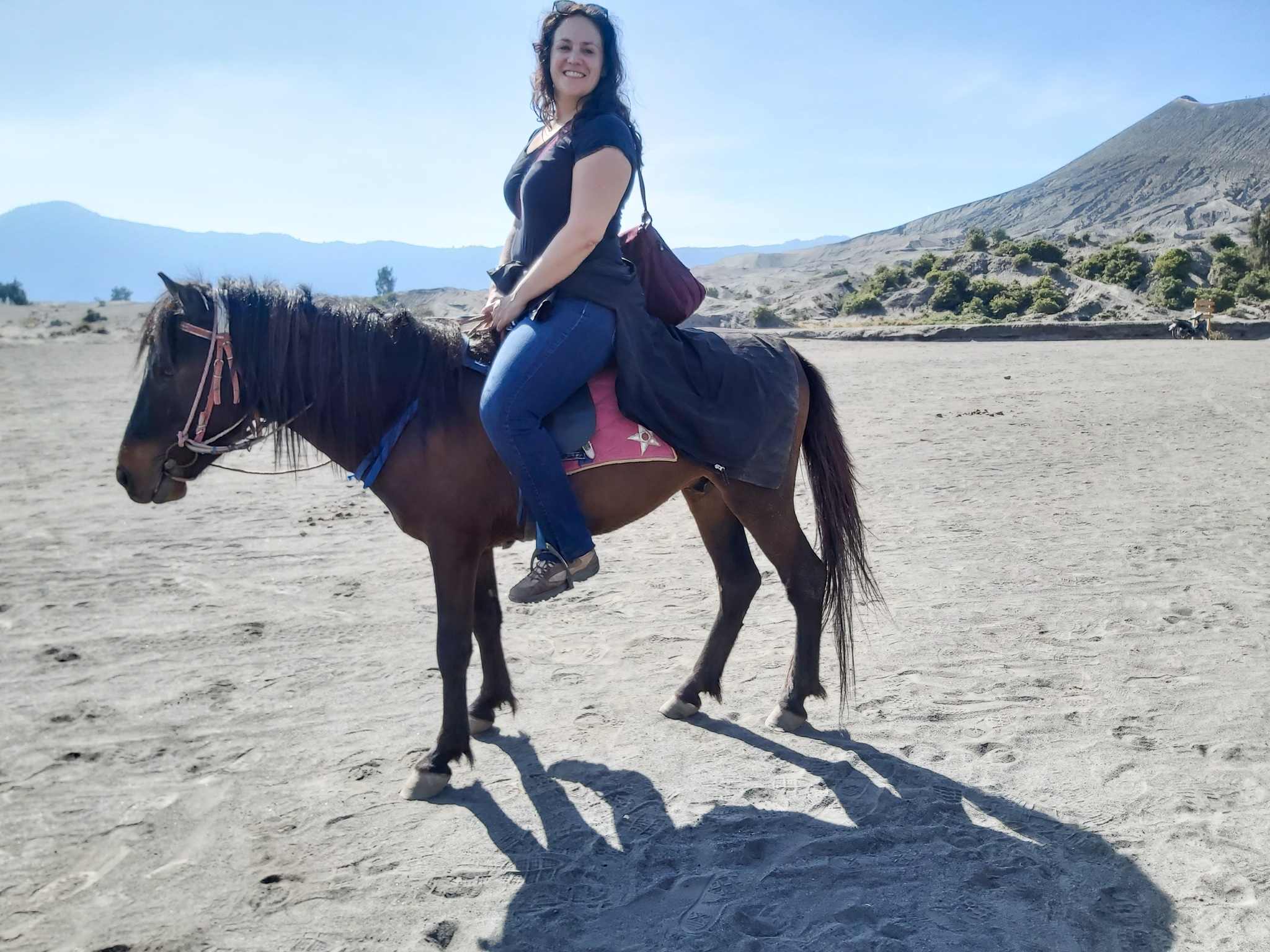


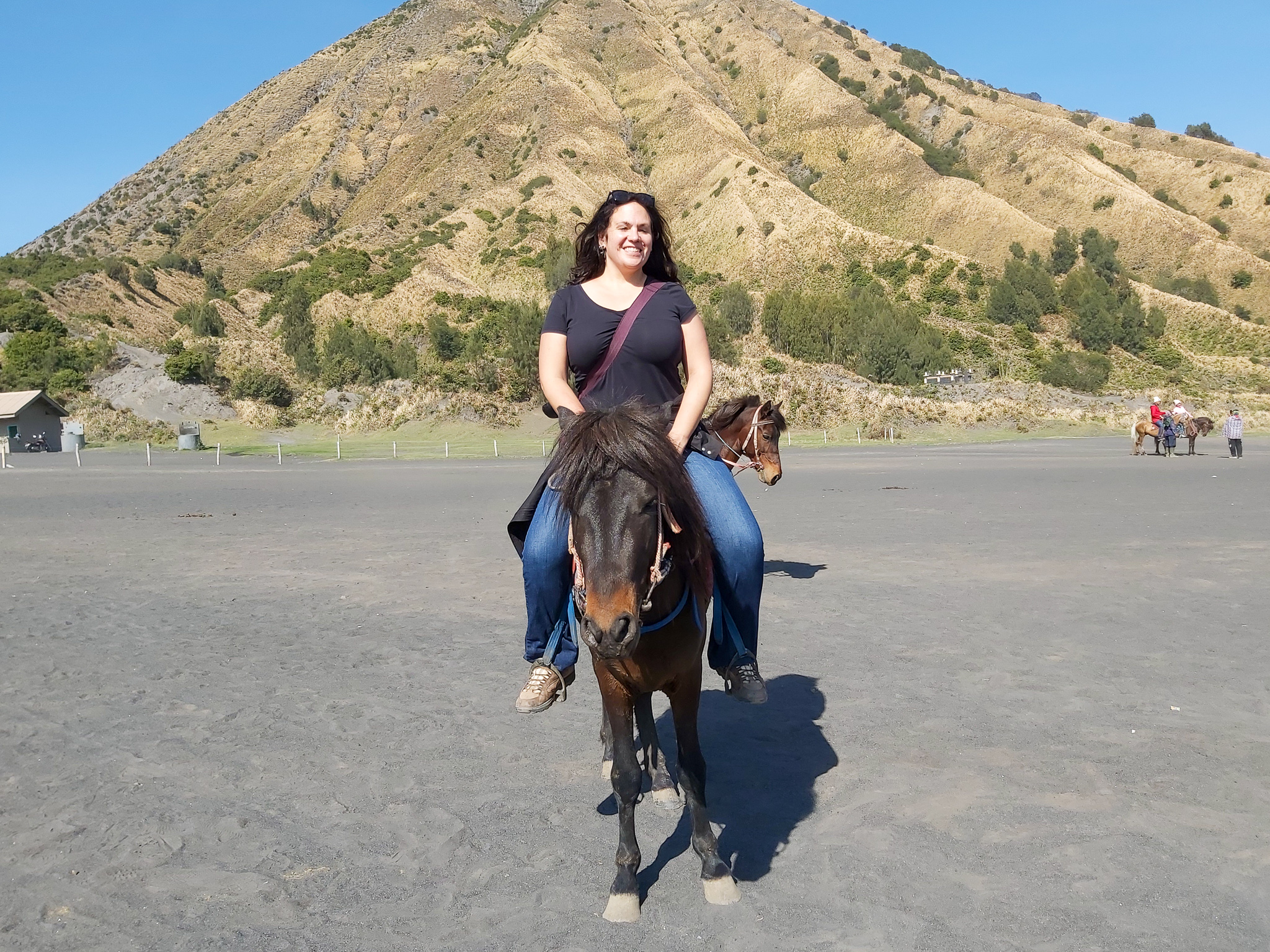

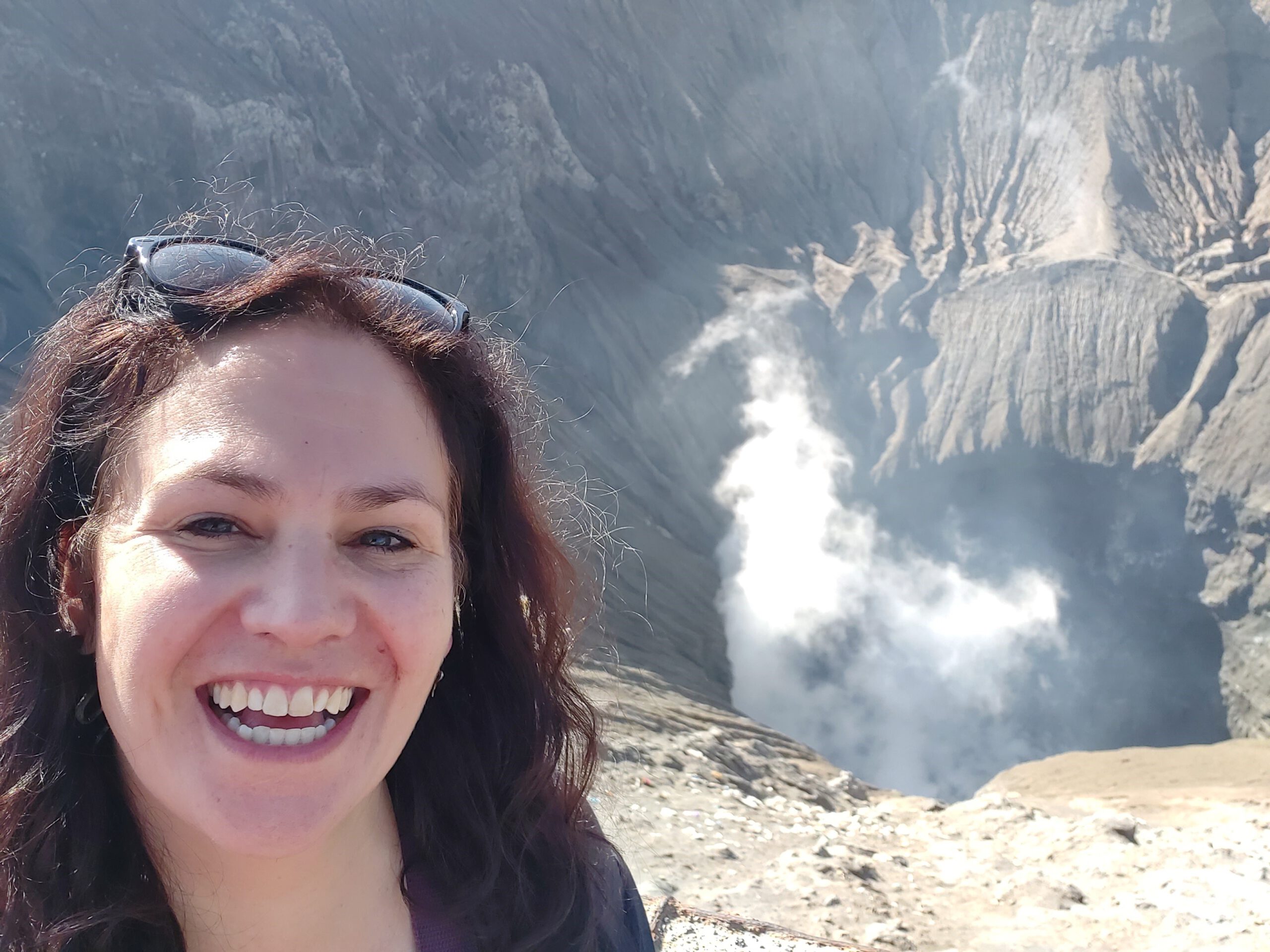
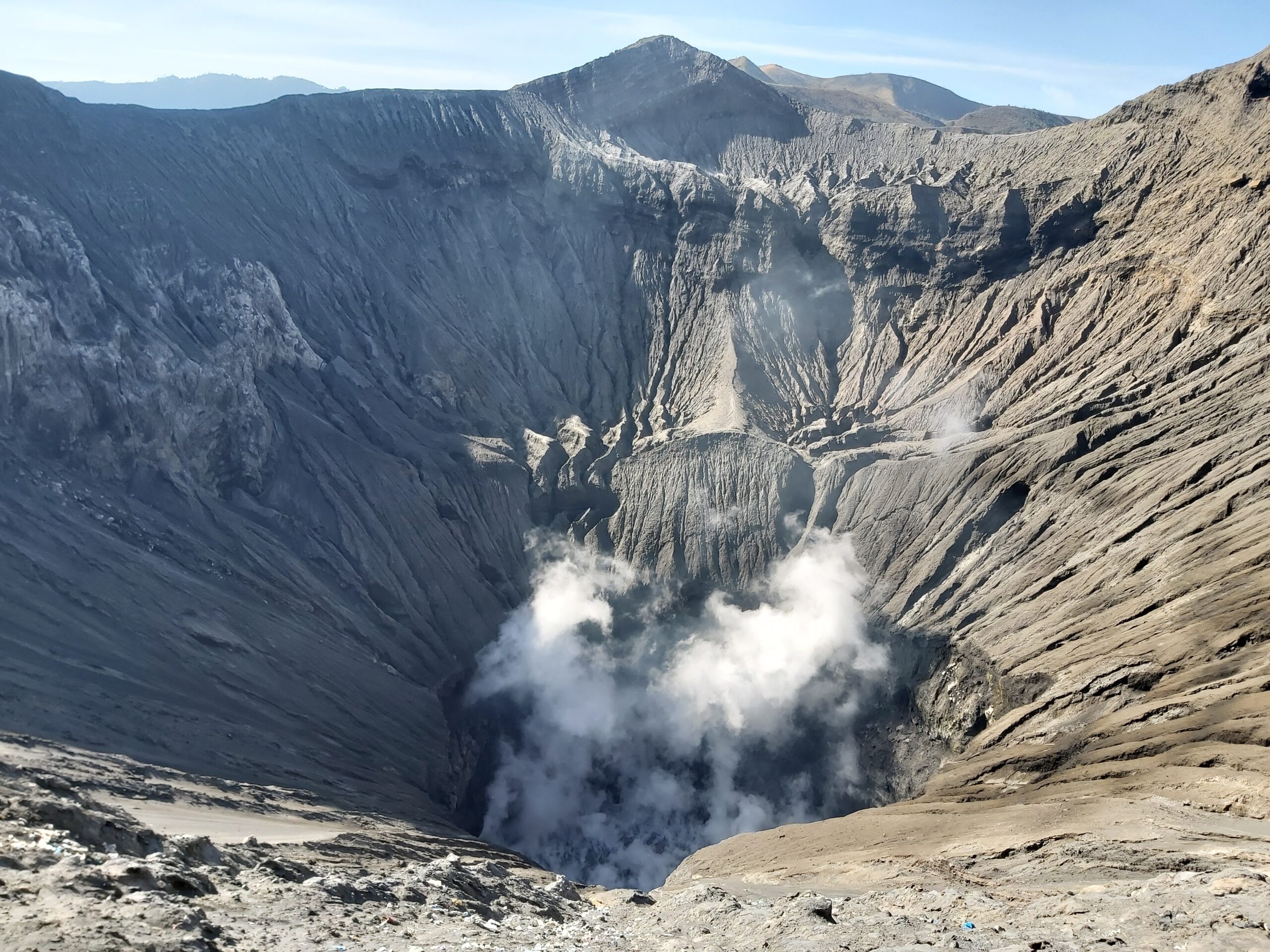
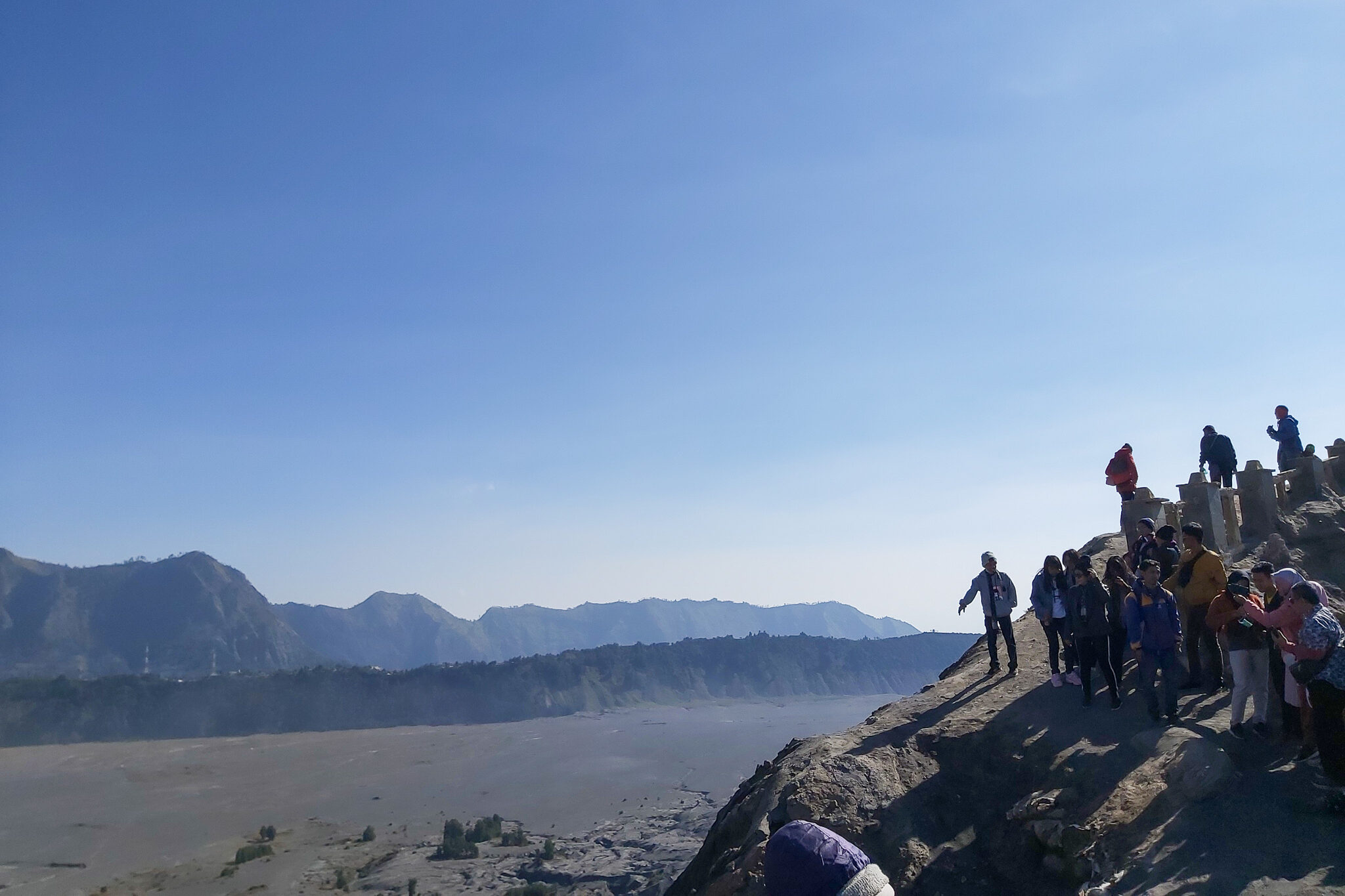

Kawah Ijen
Ijen is also an active vulcano located in the east of Java, near the east coast. It’s well known for its Api Biru (blue fire), acidic crater lake and sulfur mining. The blue fire is ignited sulfuric gas, which emerges from cracks. The flames can be up to five meters. It’s the largest blue flame area in the world. If you want to see the blue fire well, you have to walk down the crater in the dark. It takes a few hours to walk down there and a gasmask is recommended, because the fumes are very toxic.
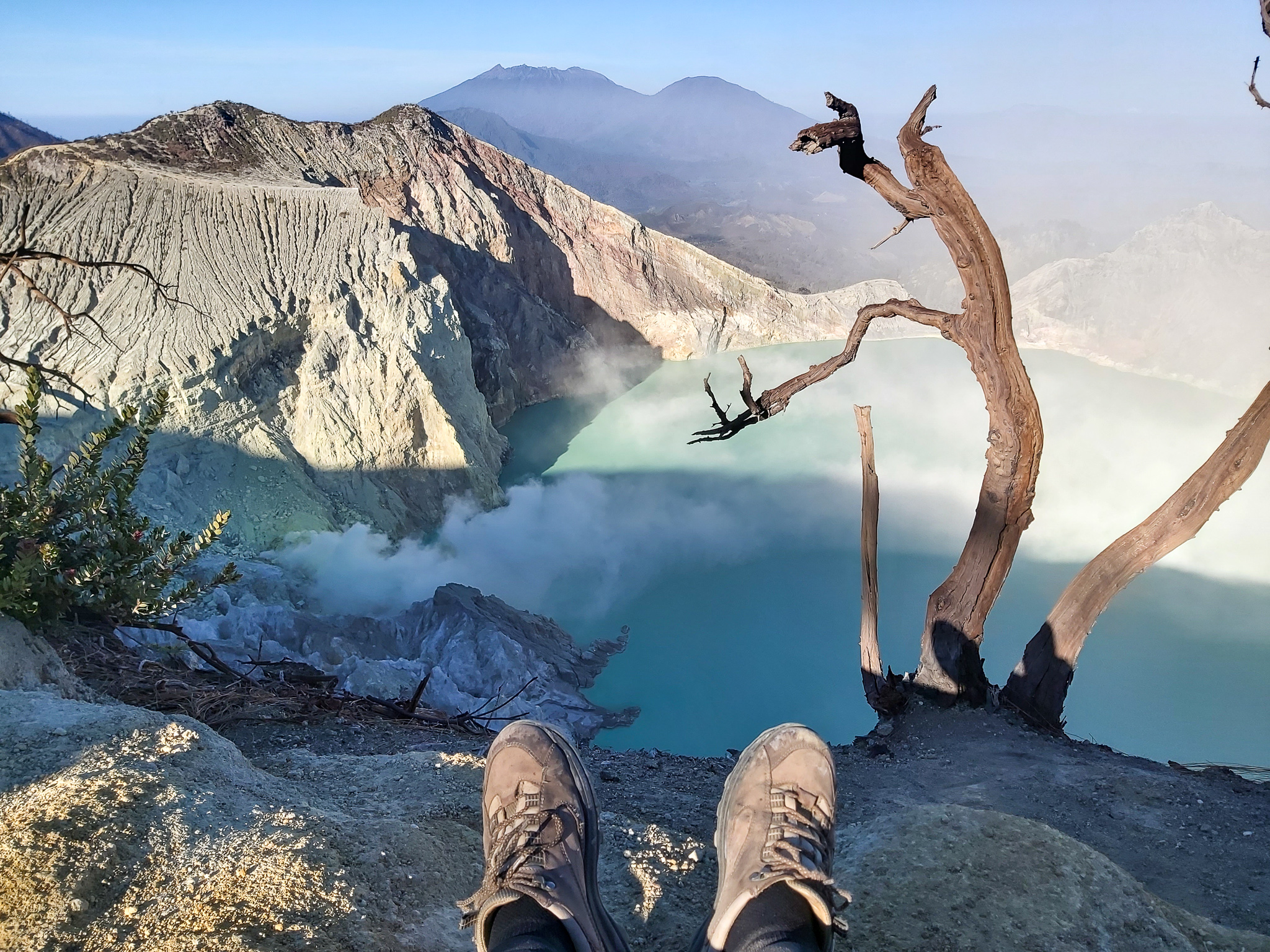
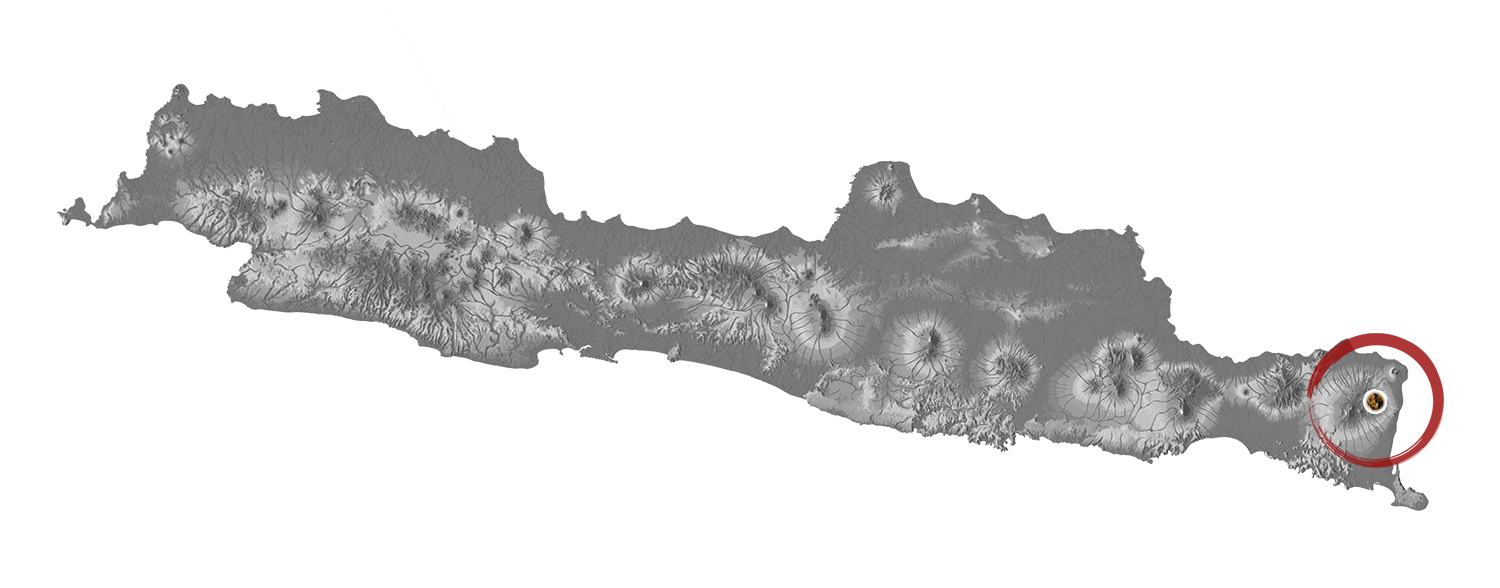
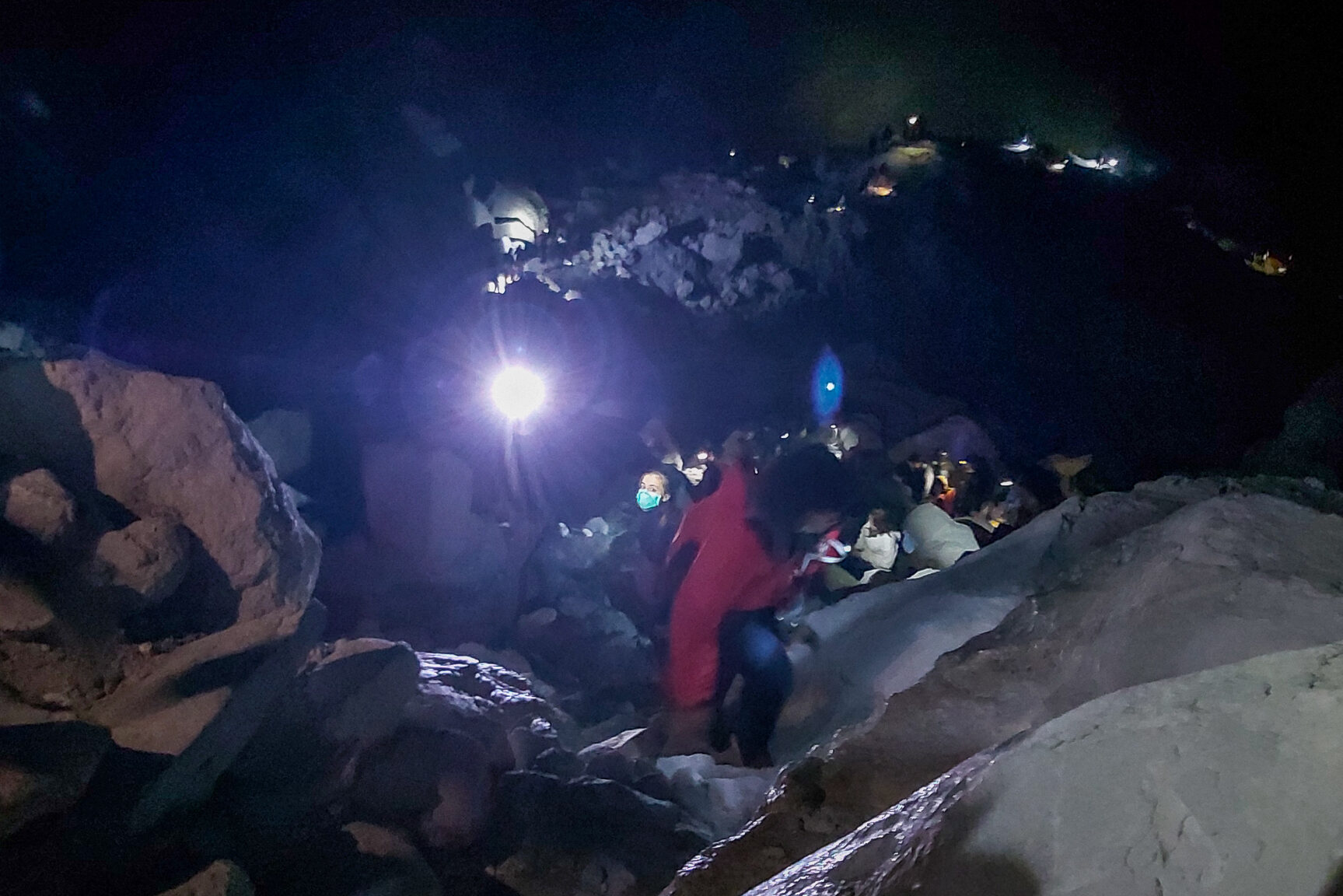
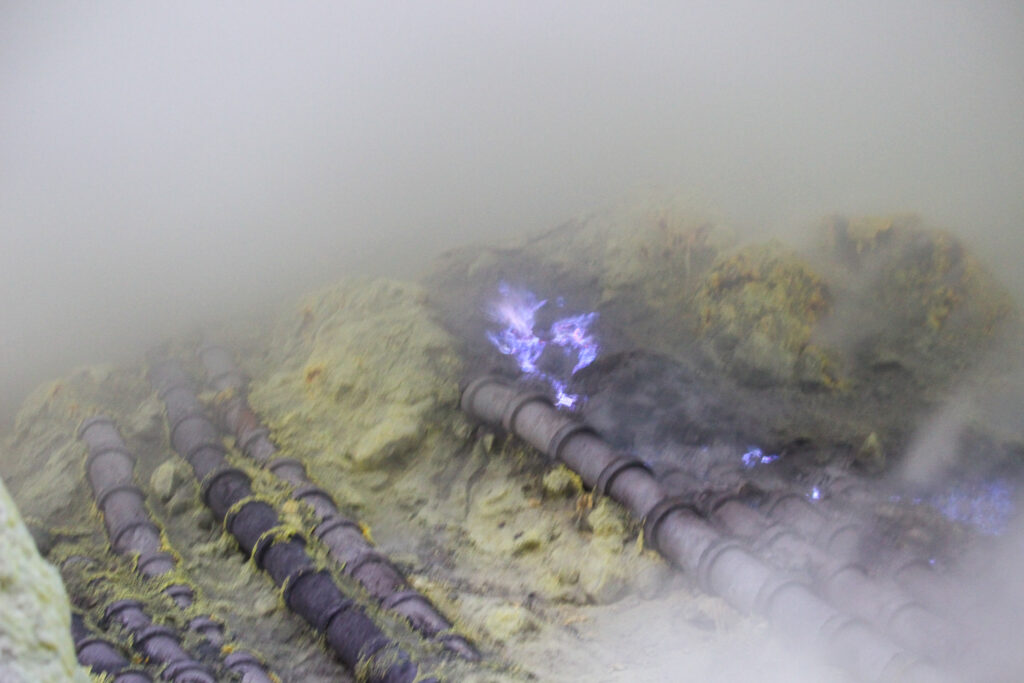

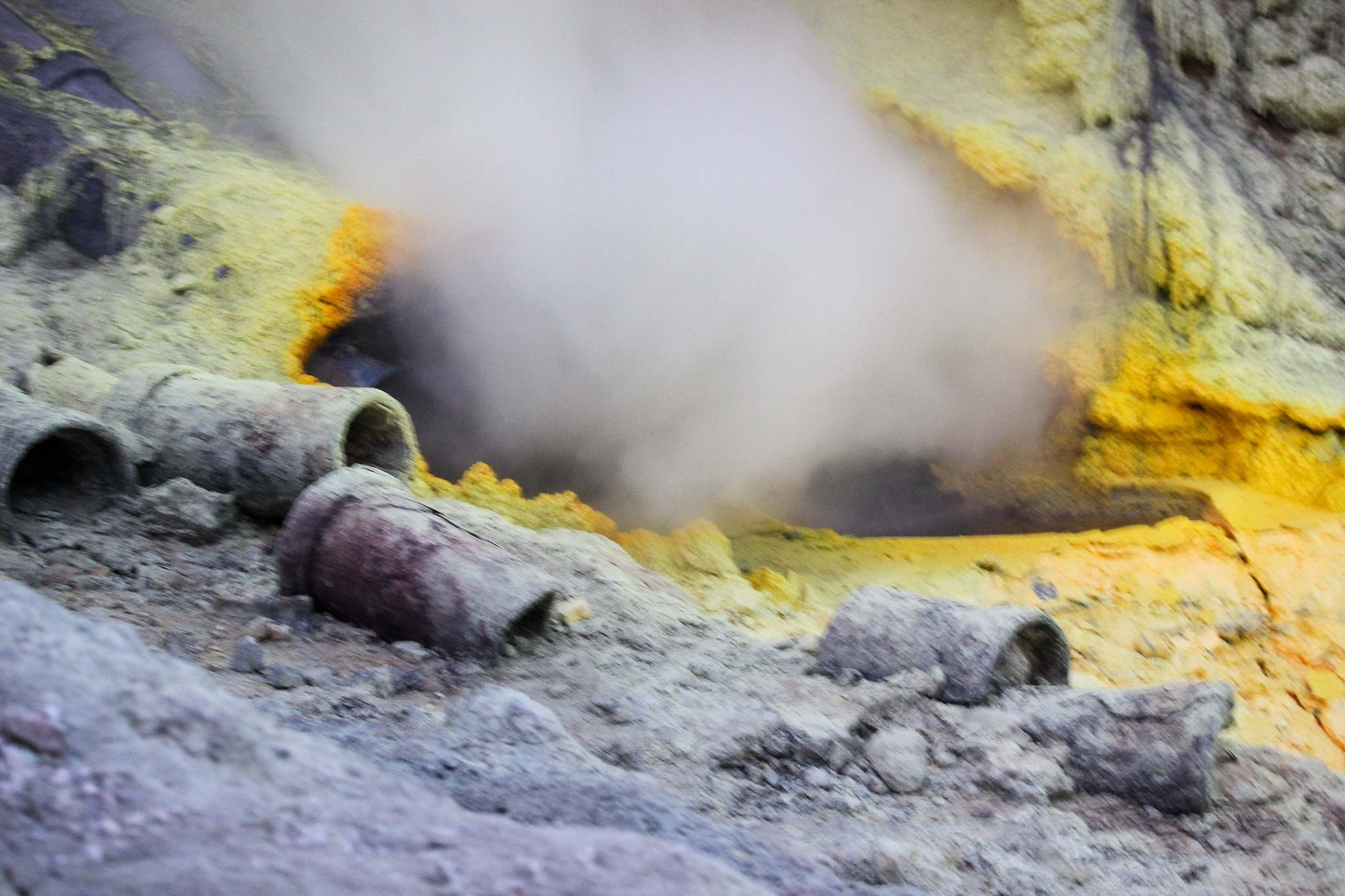
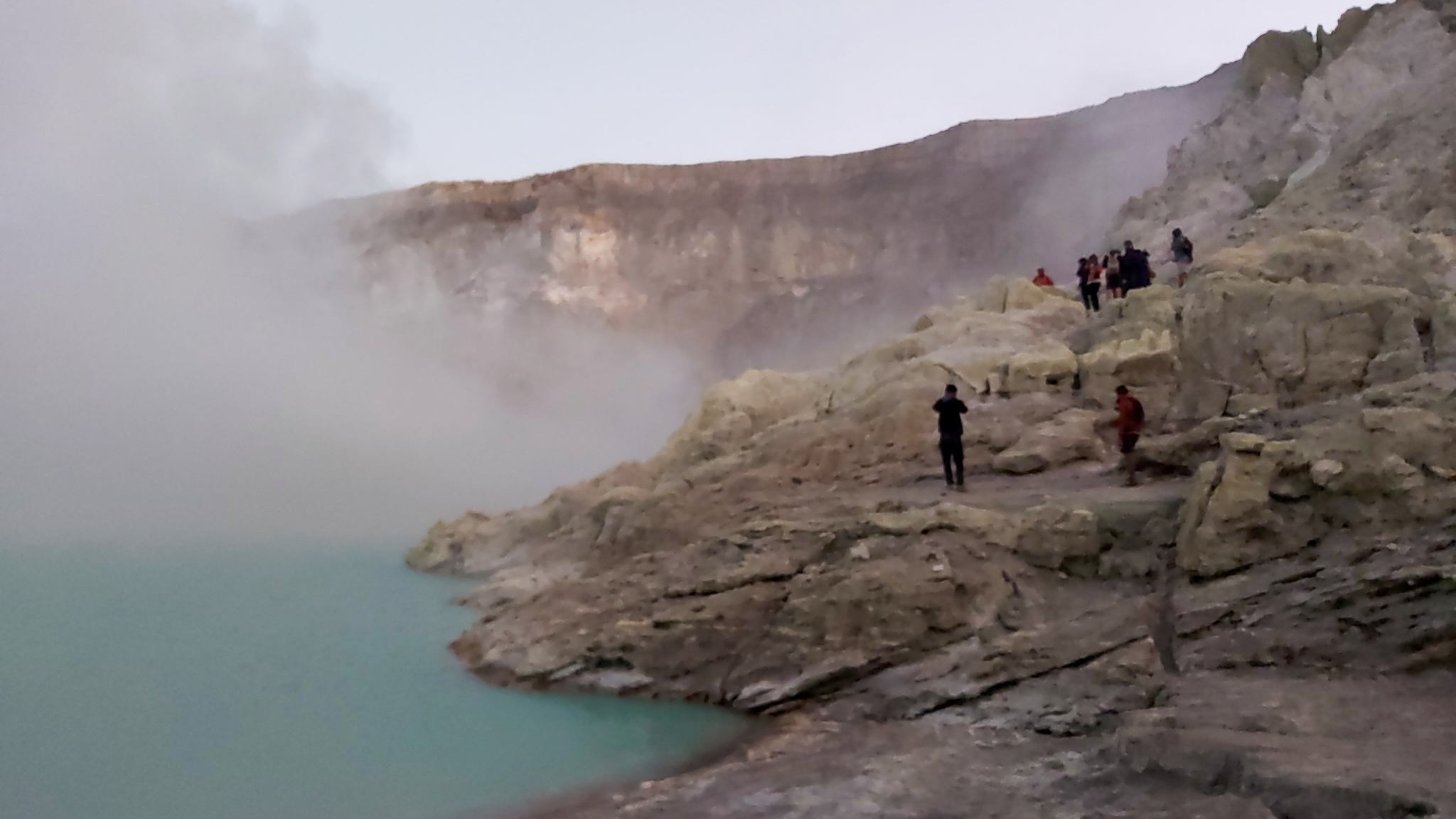
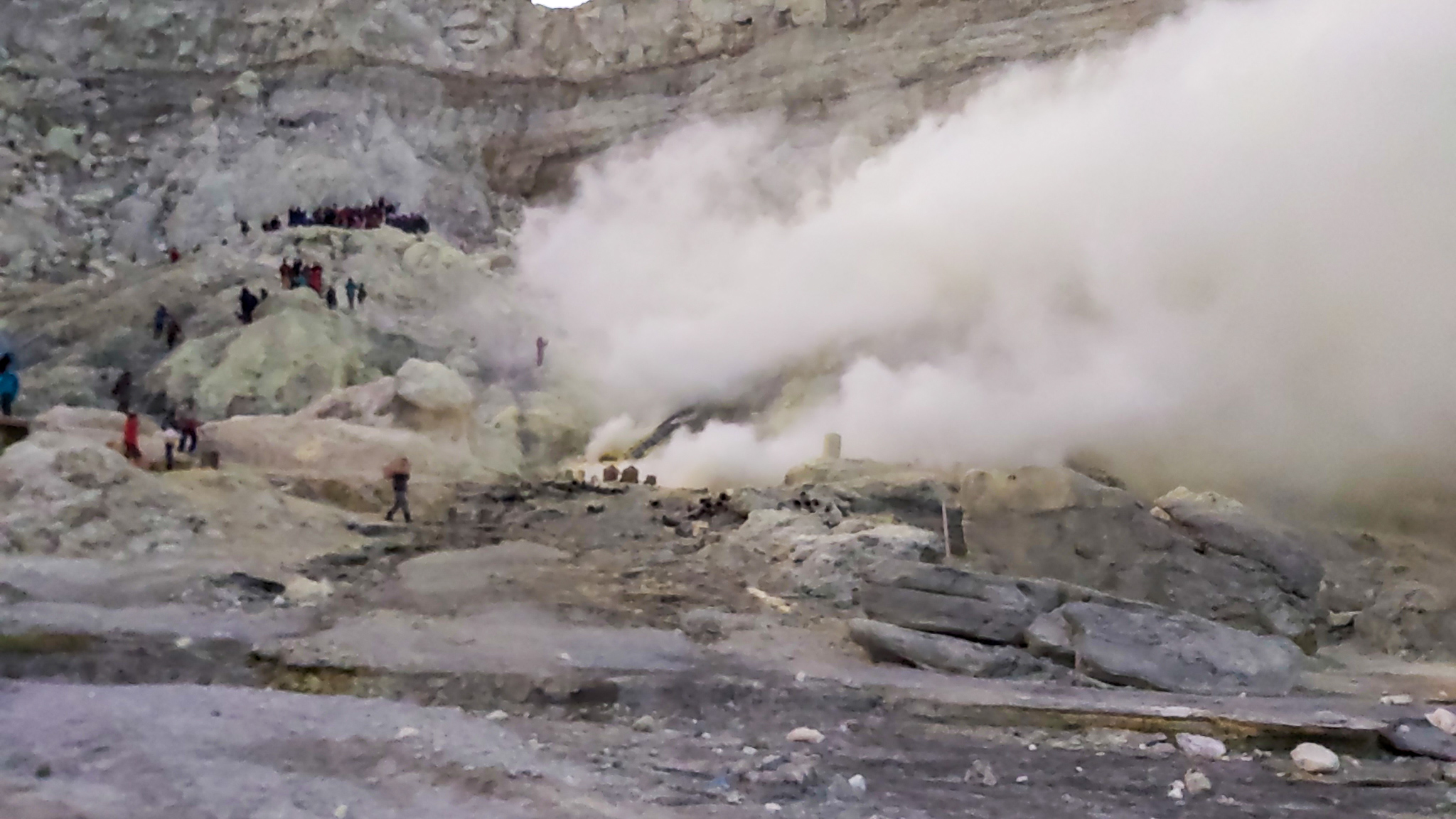
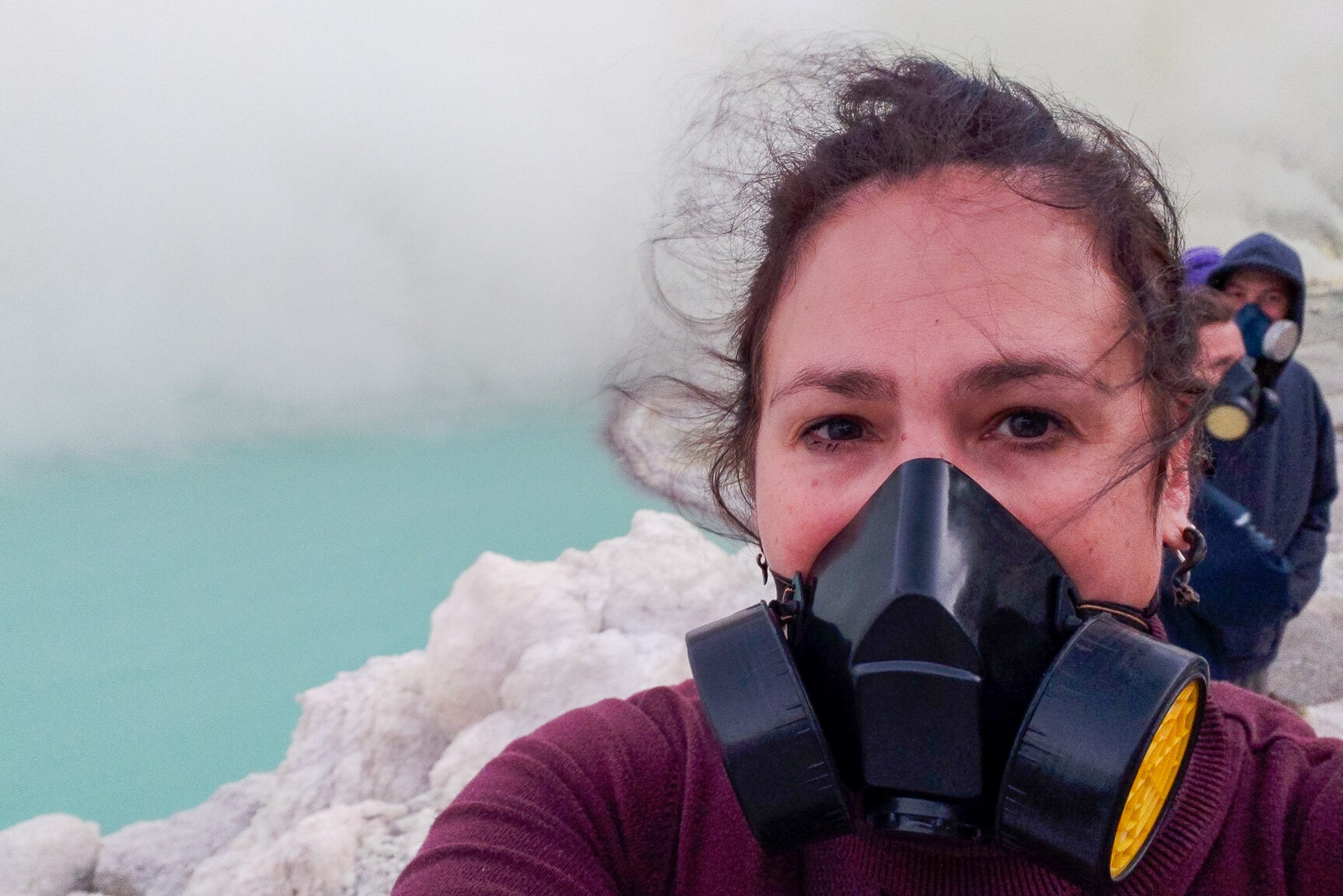
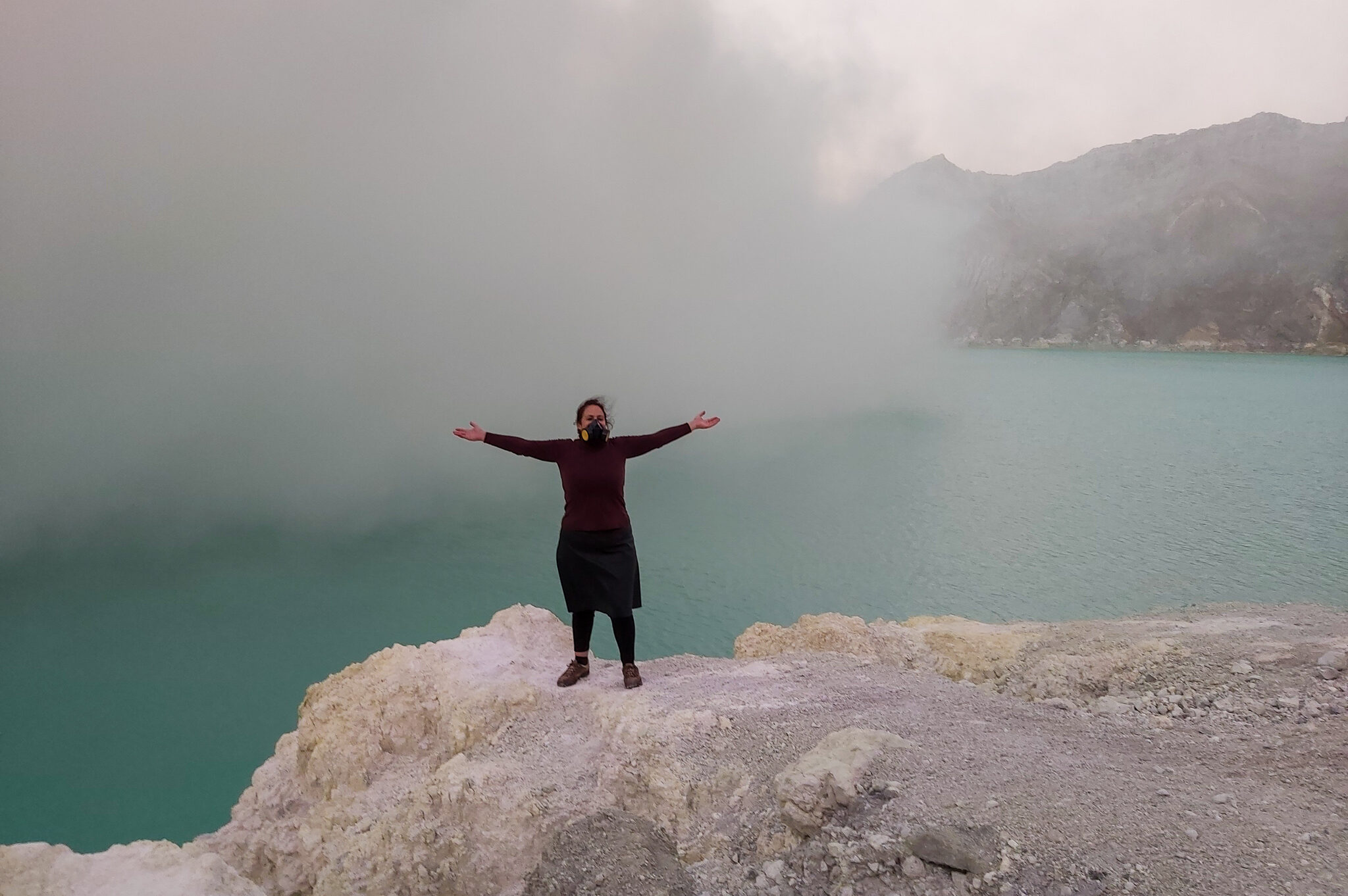
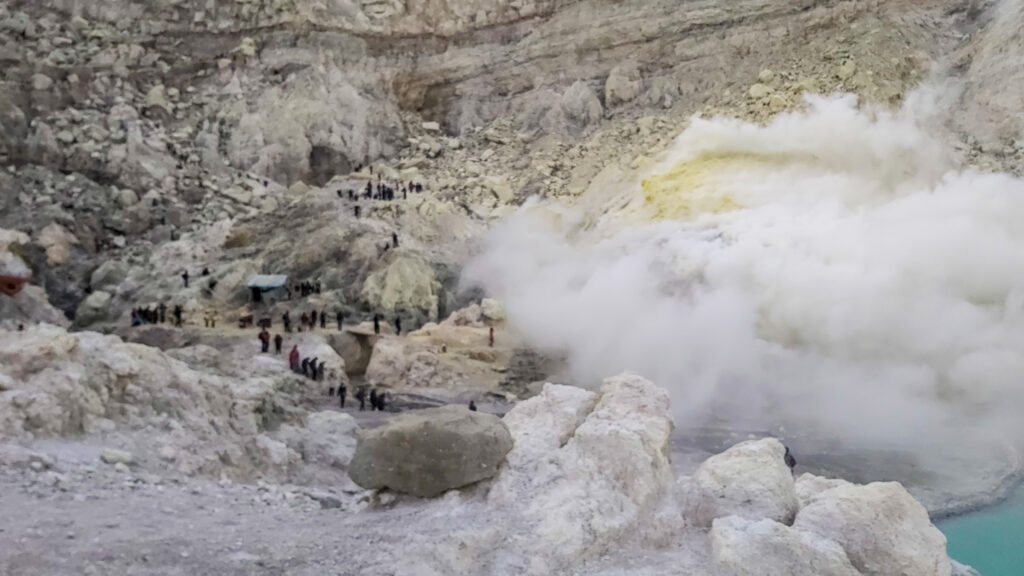

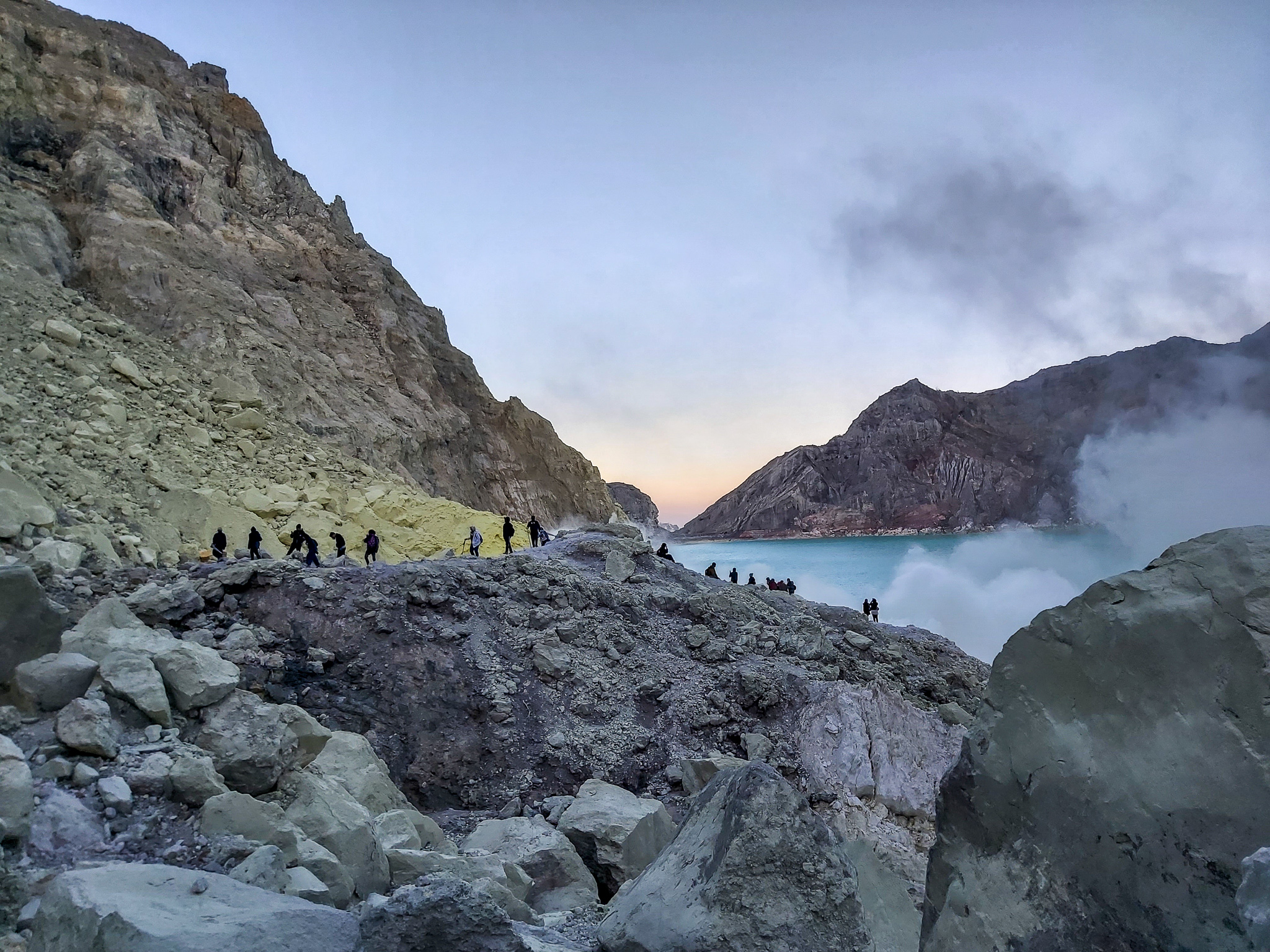
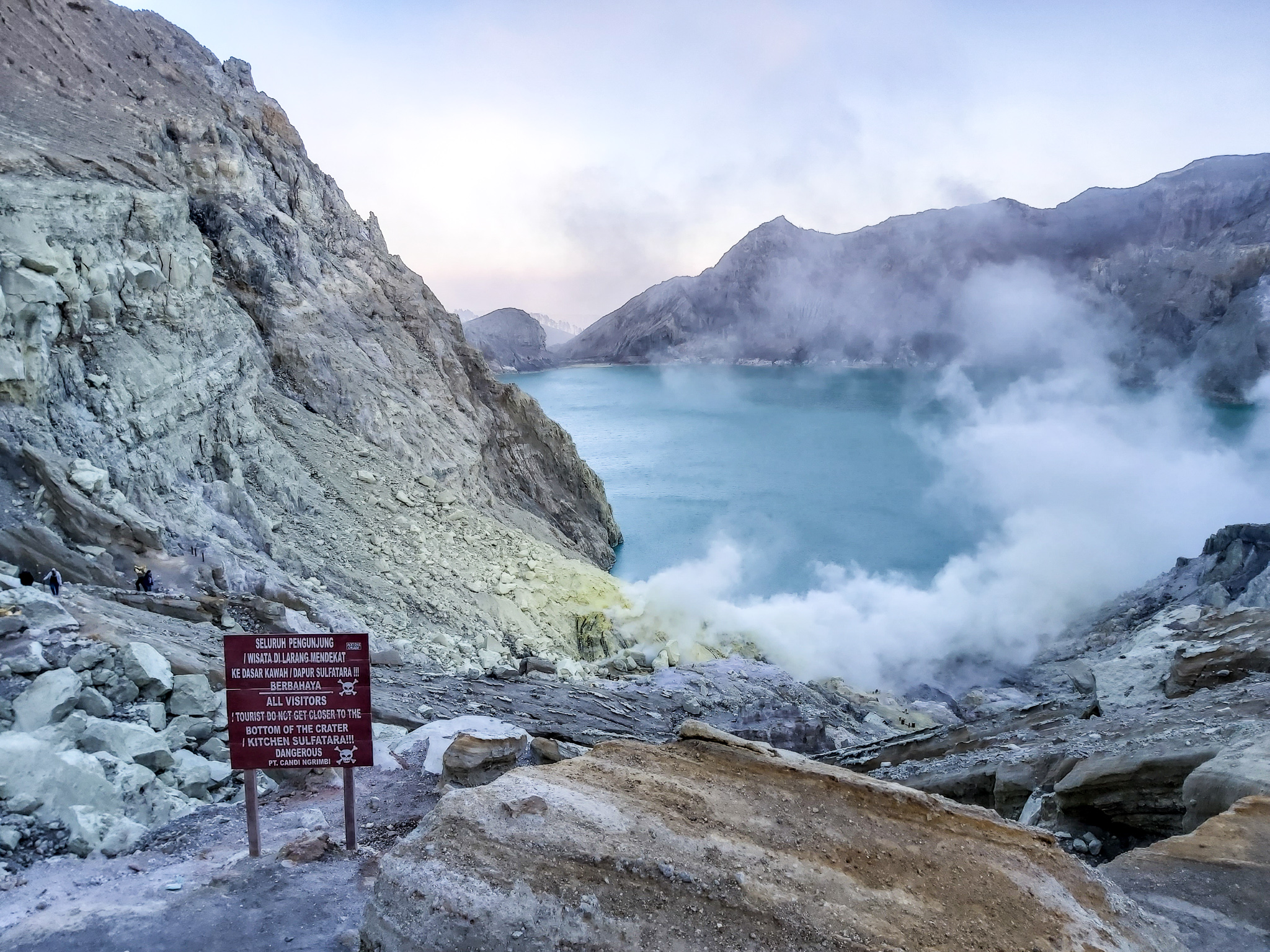
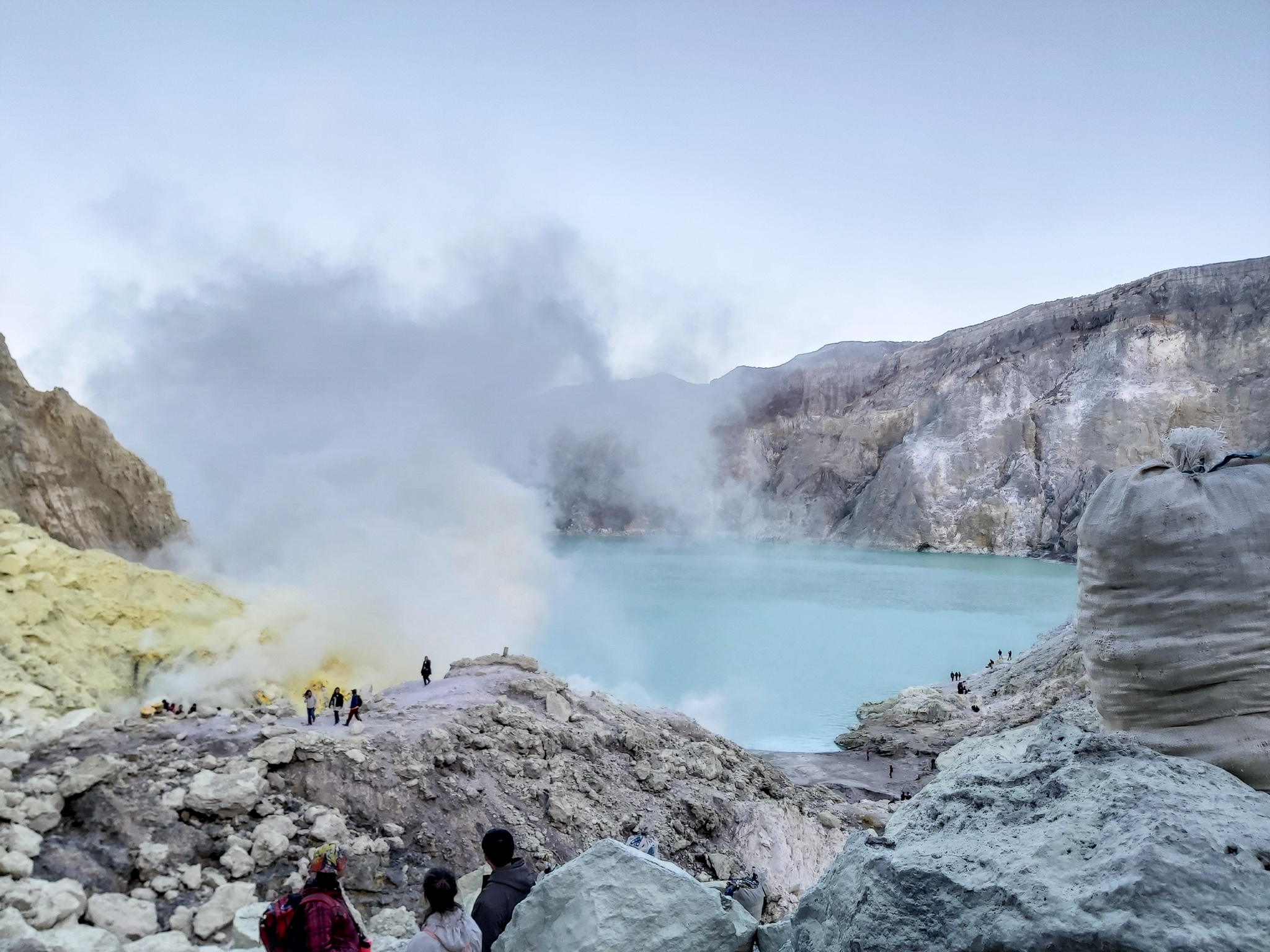
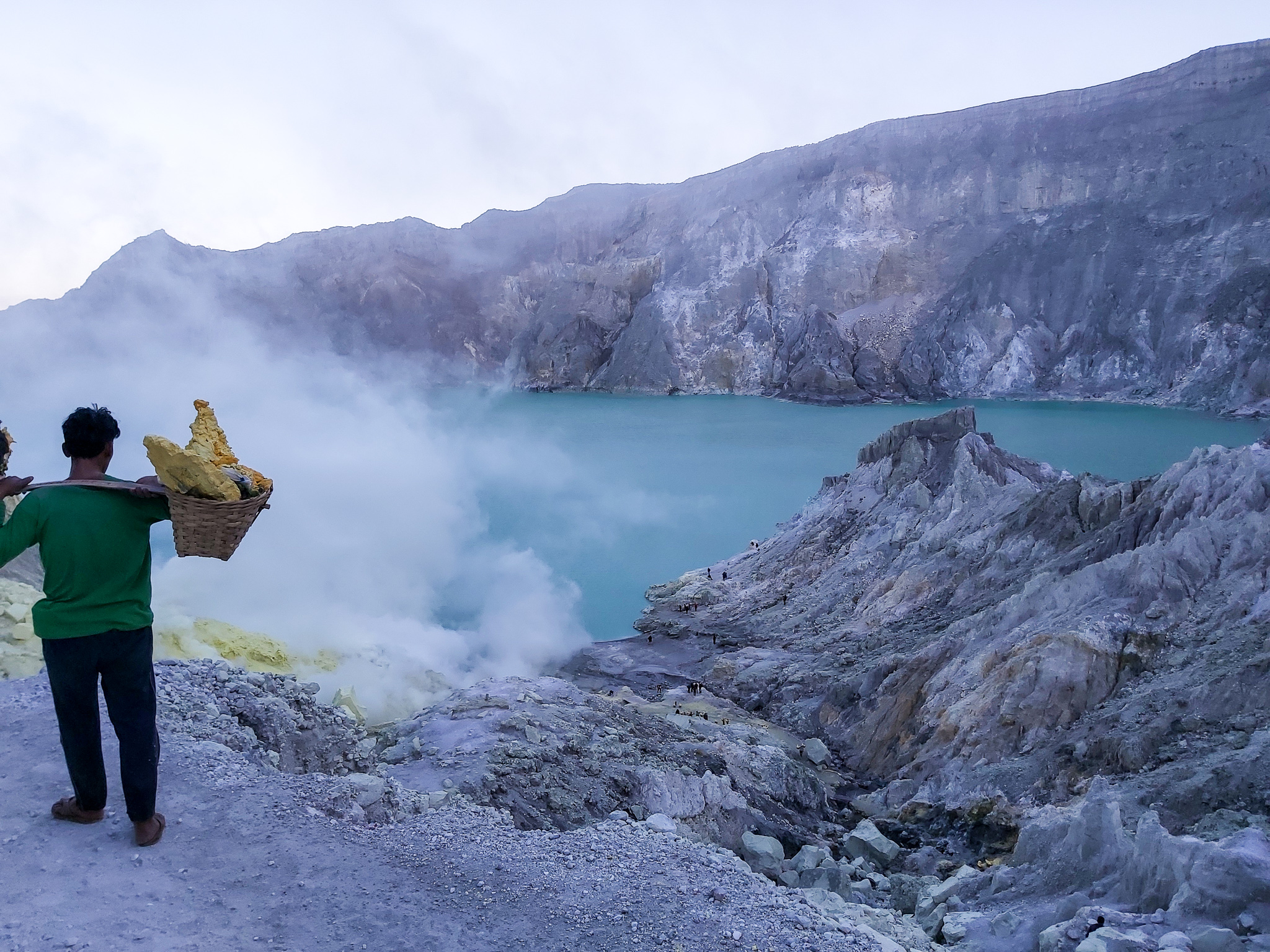


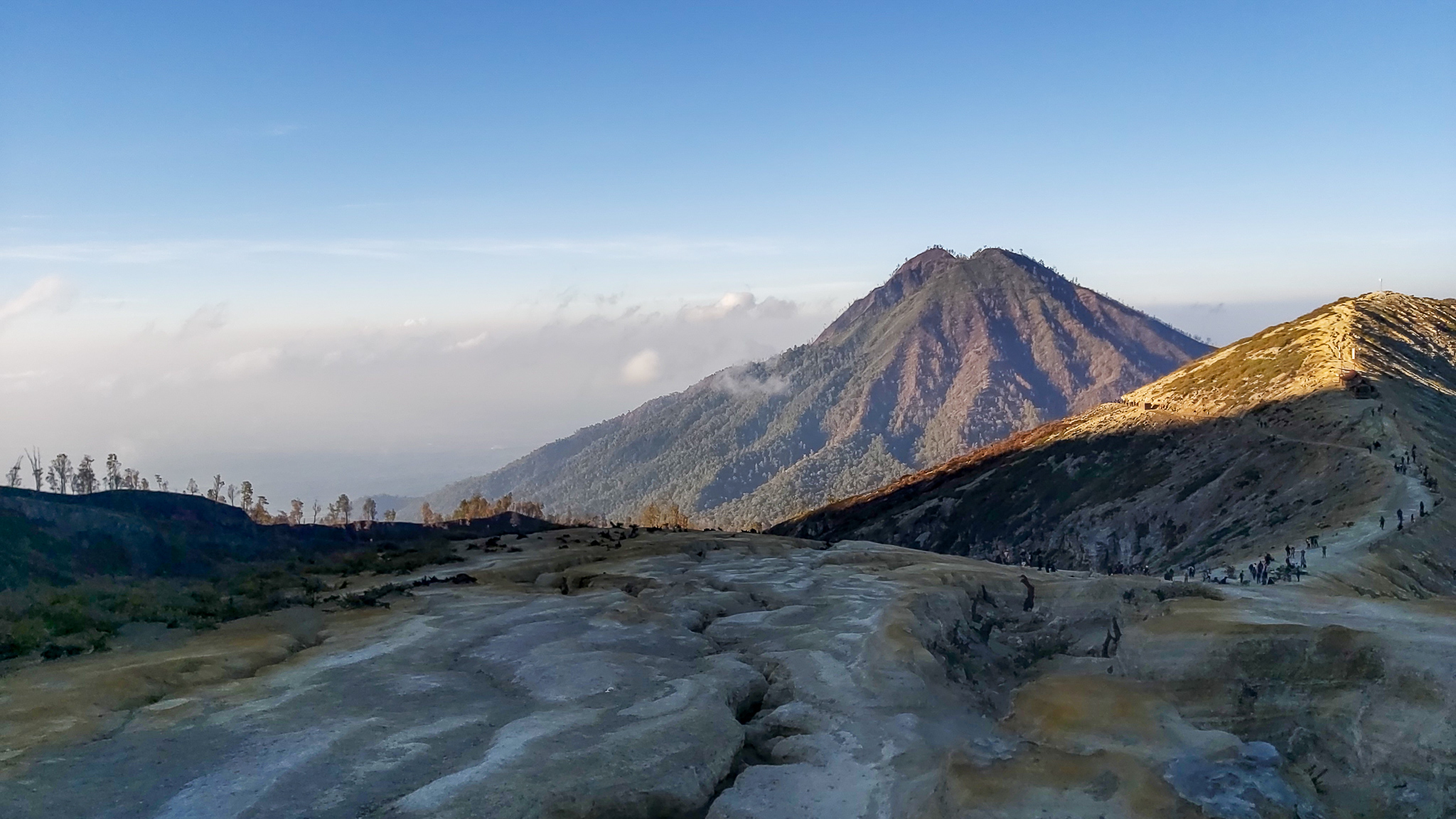
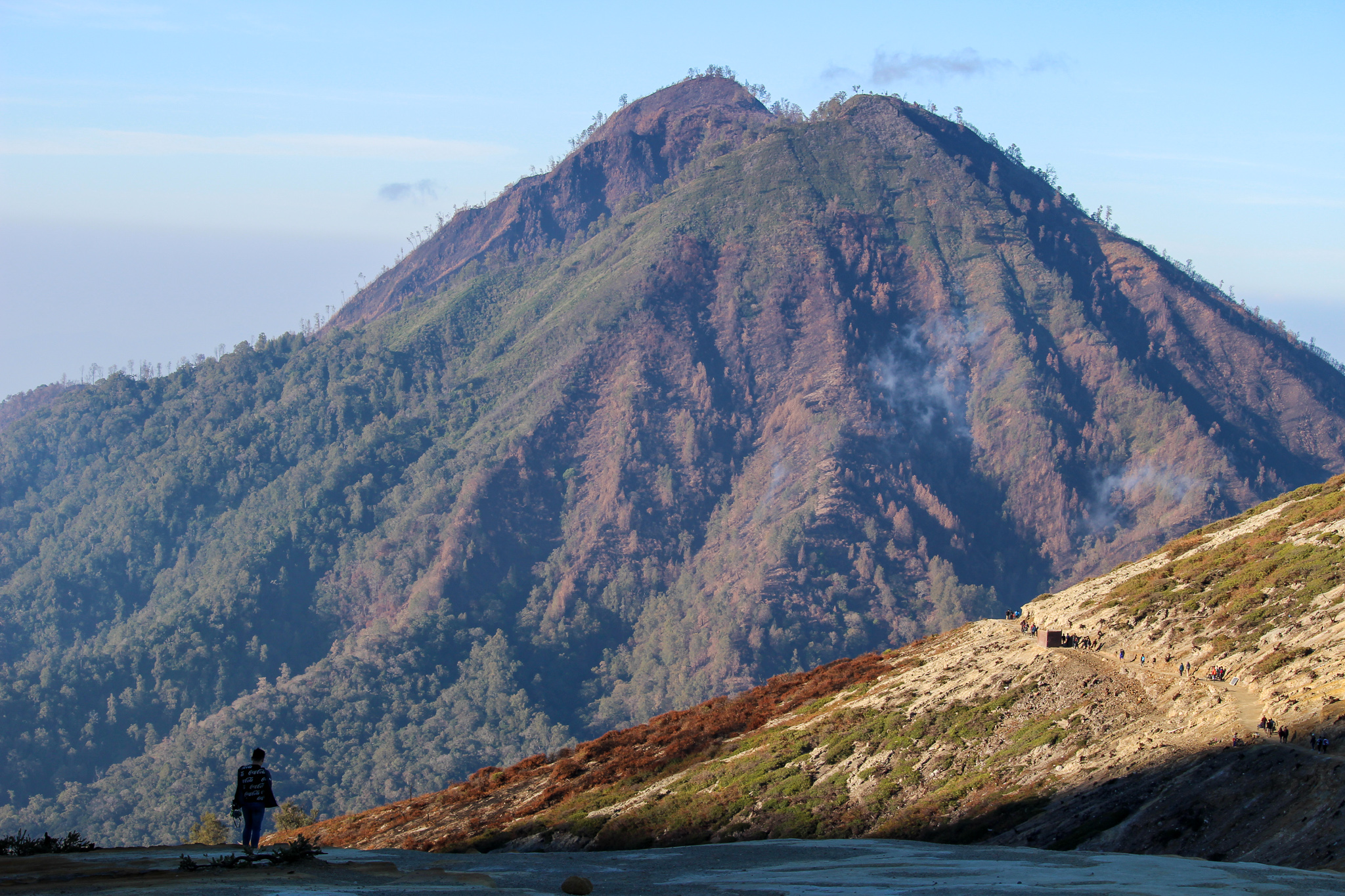
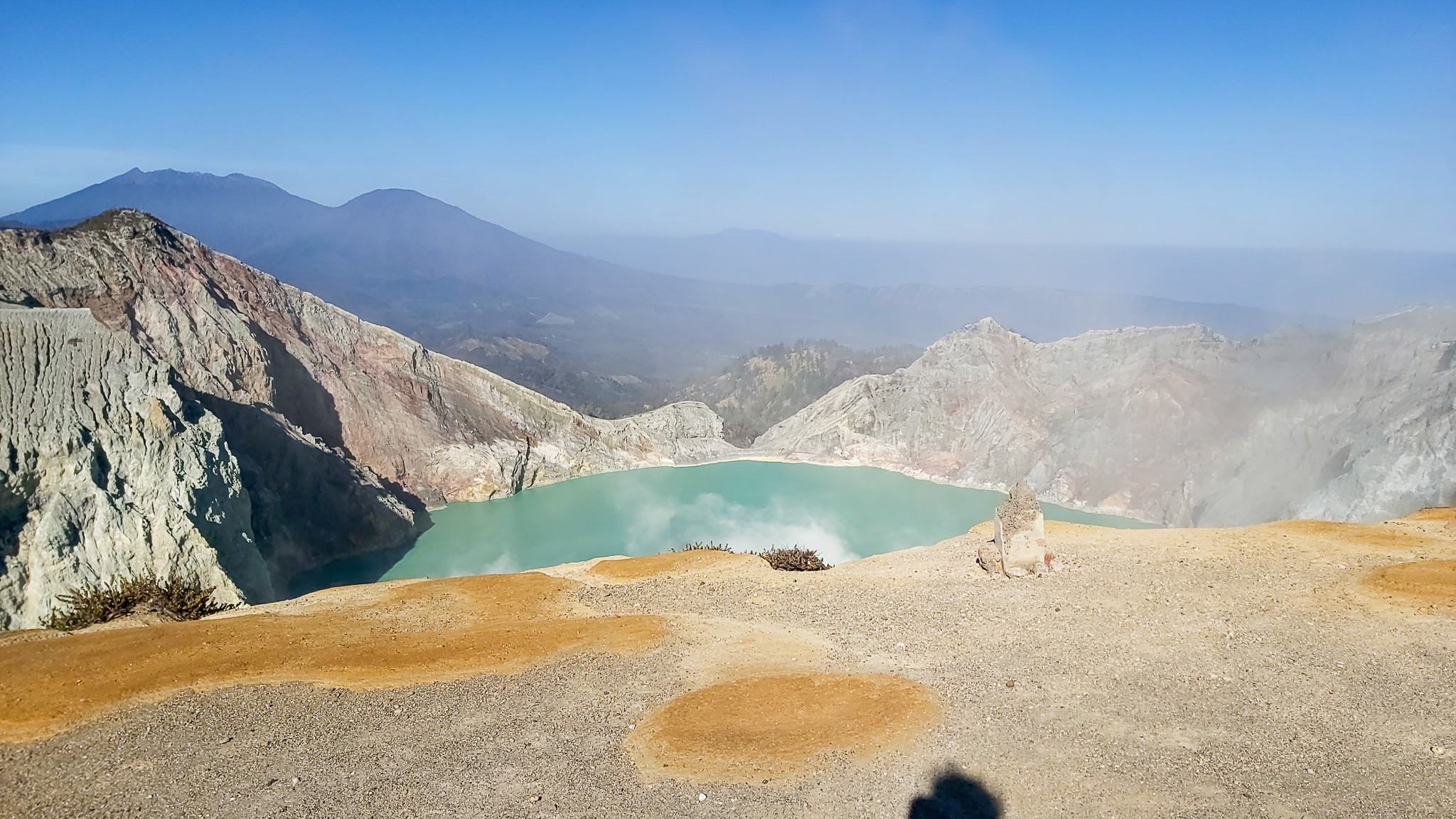
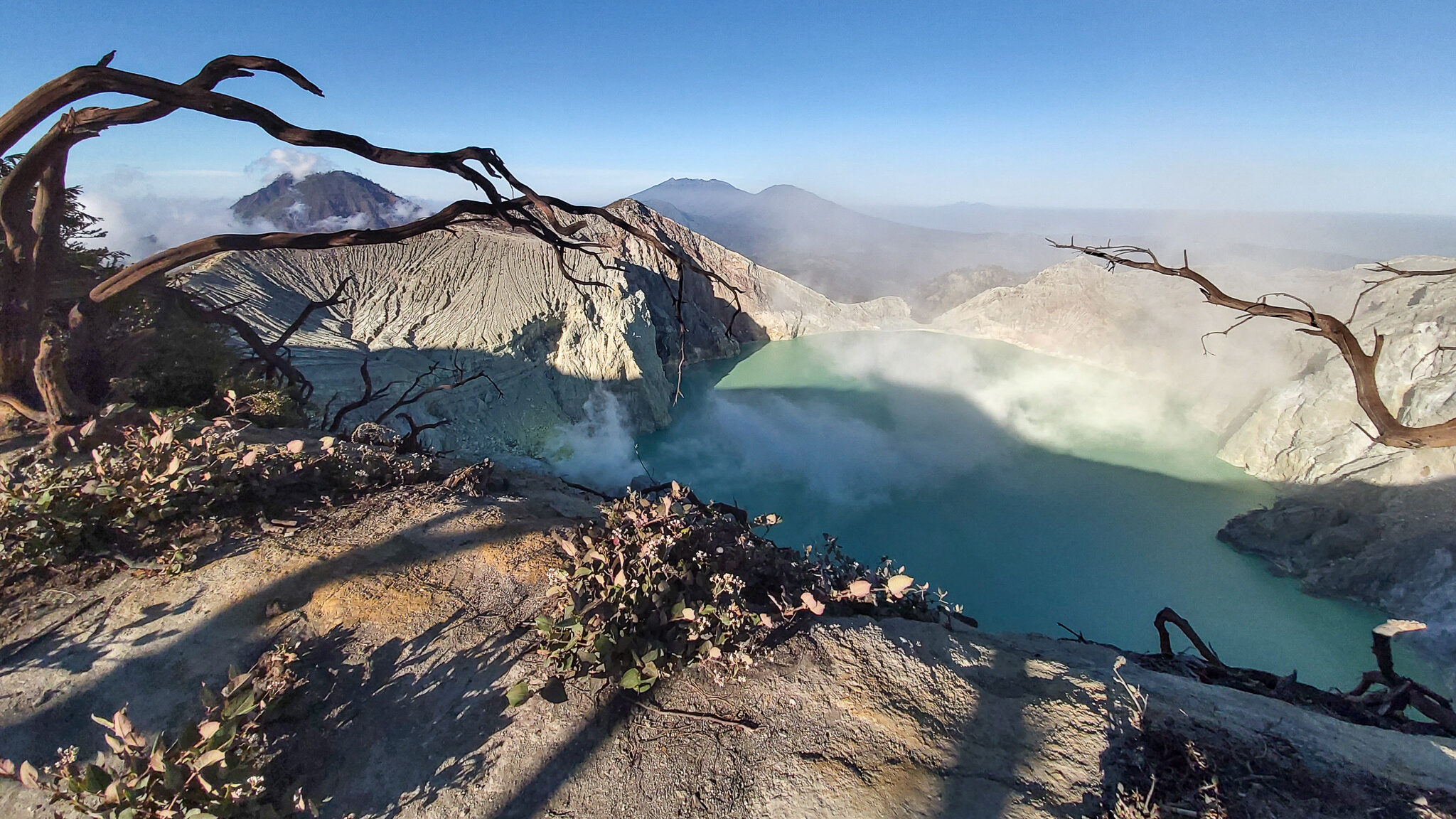
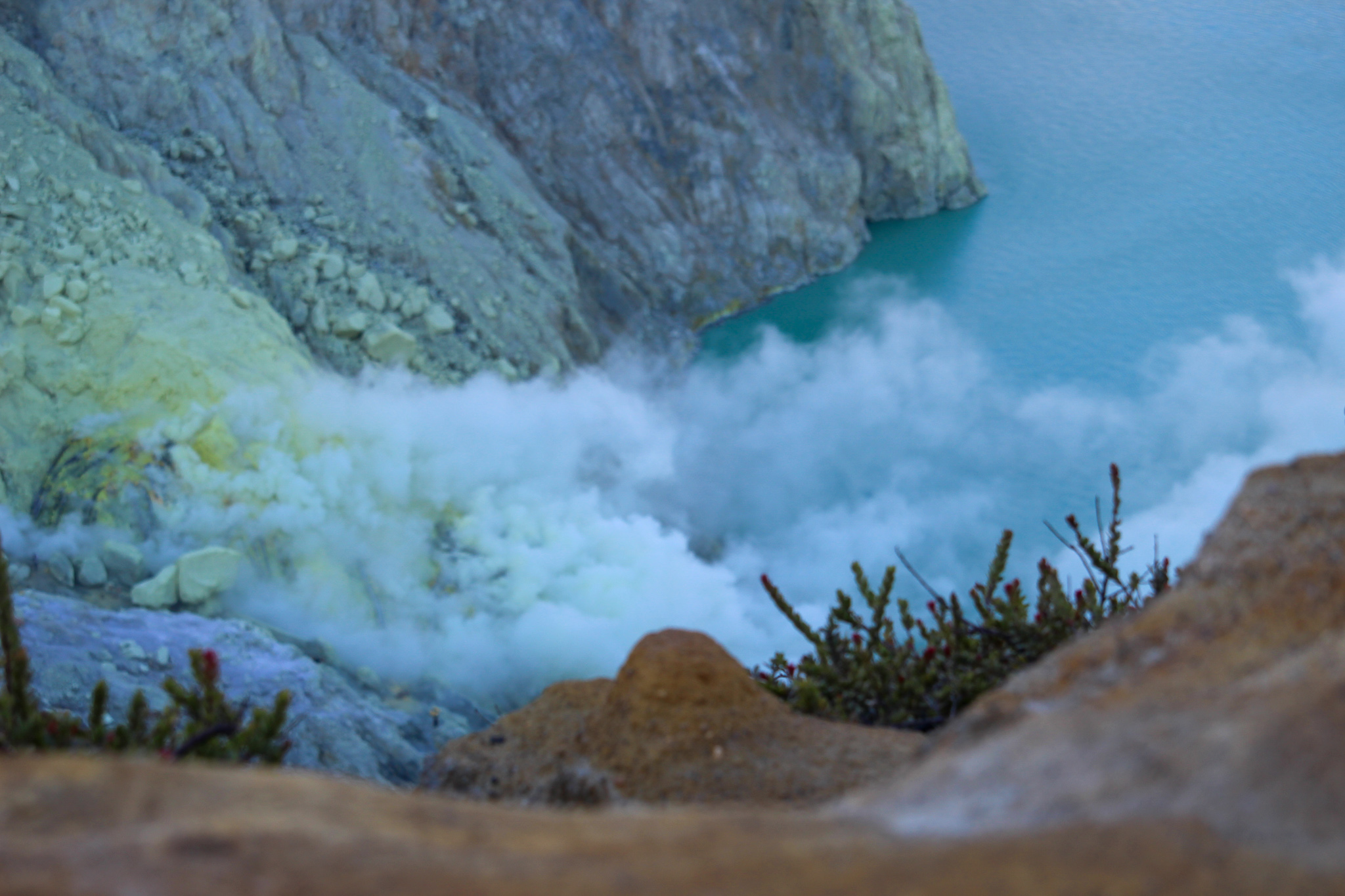
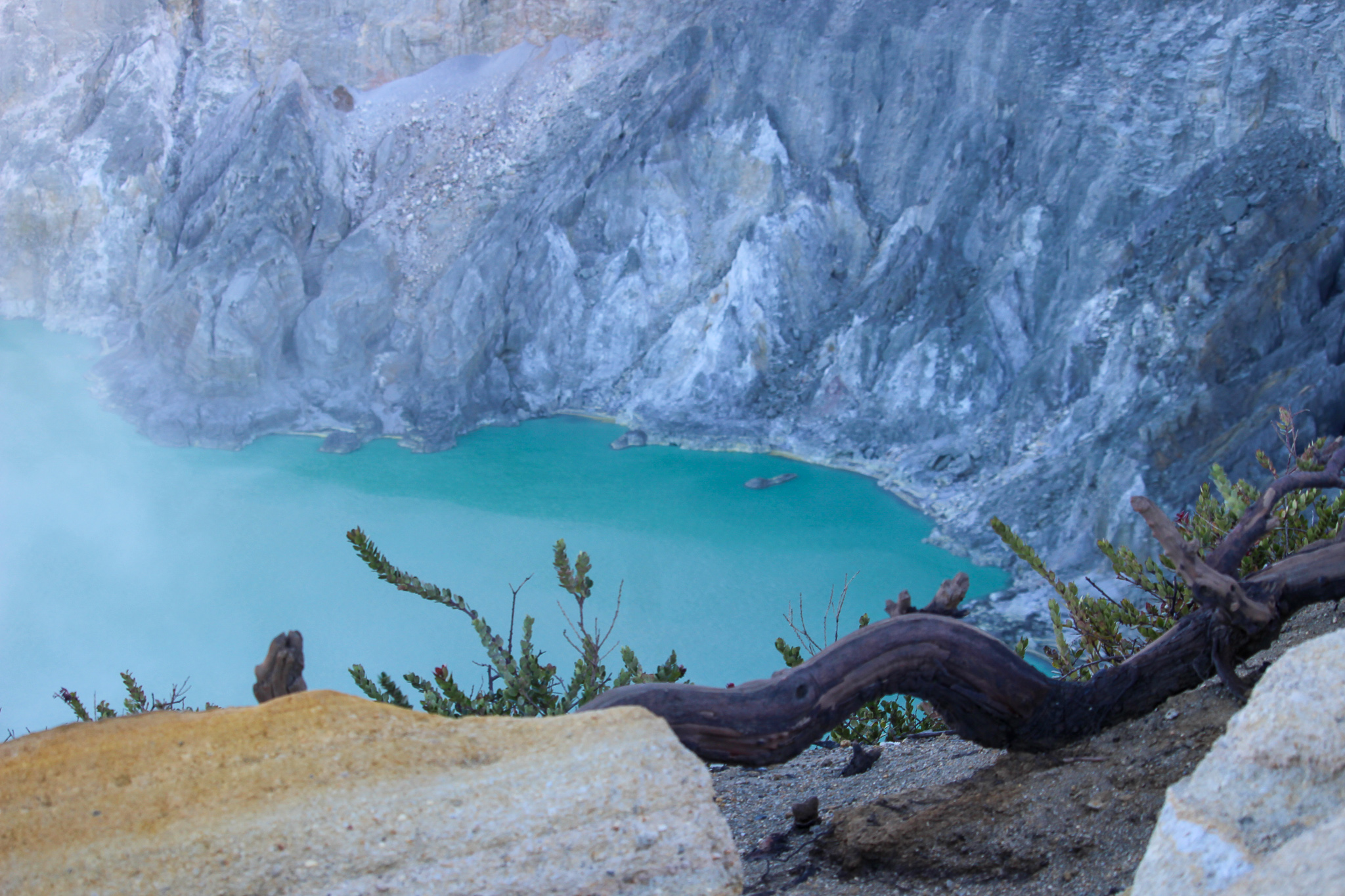
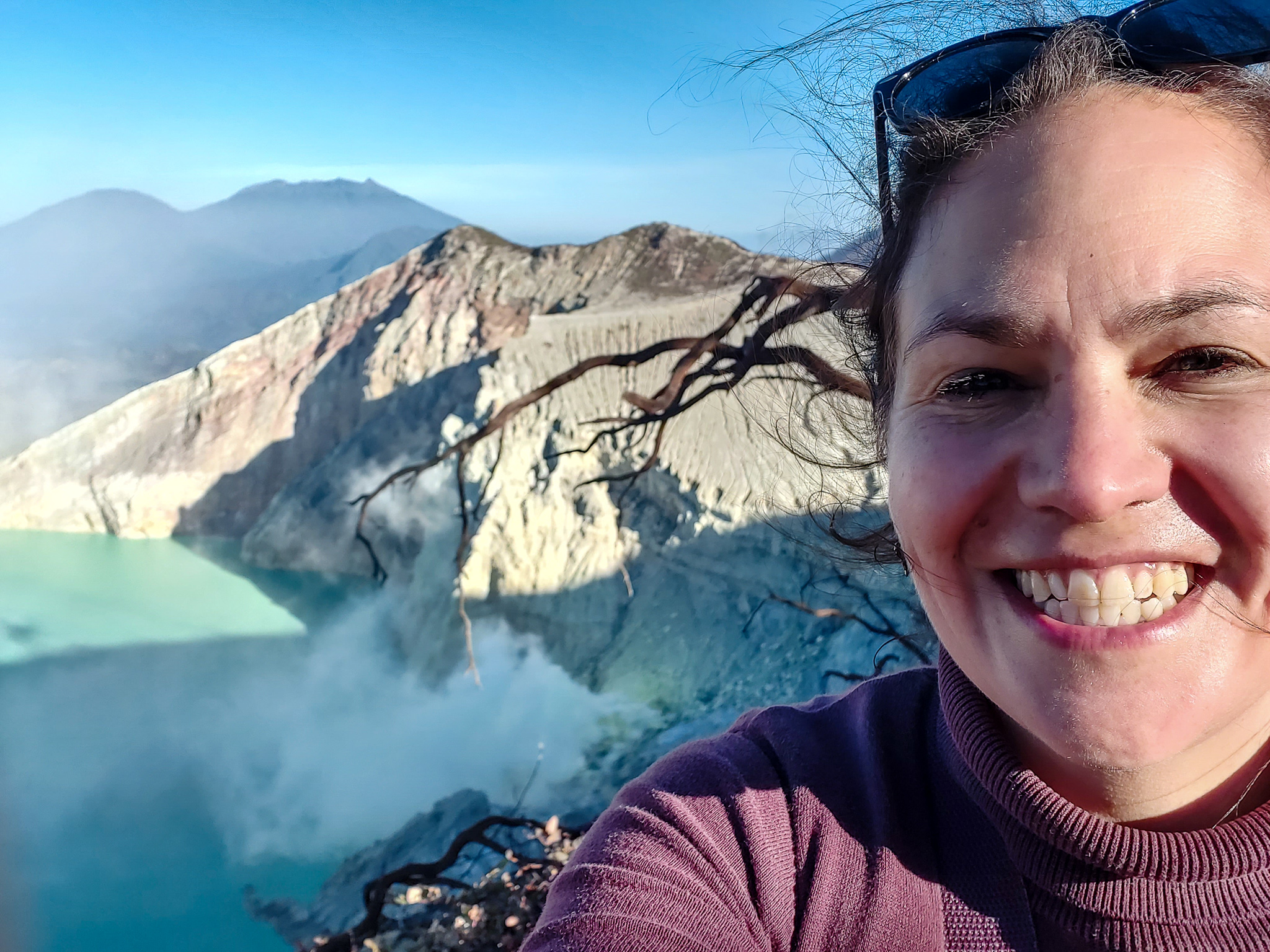
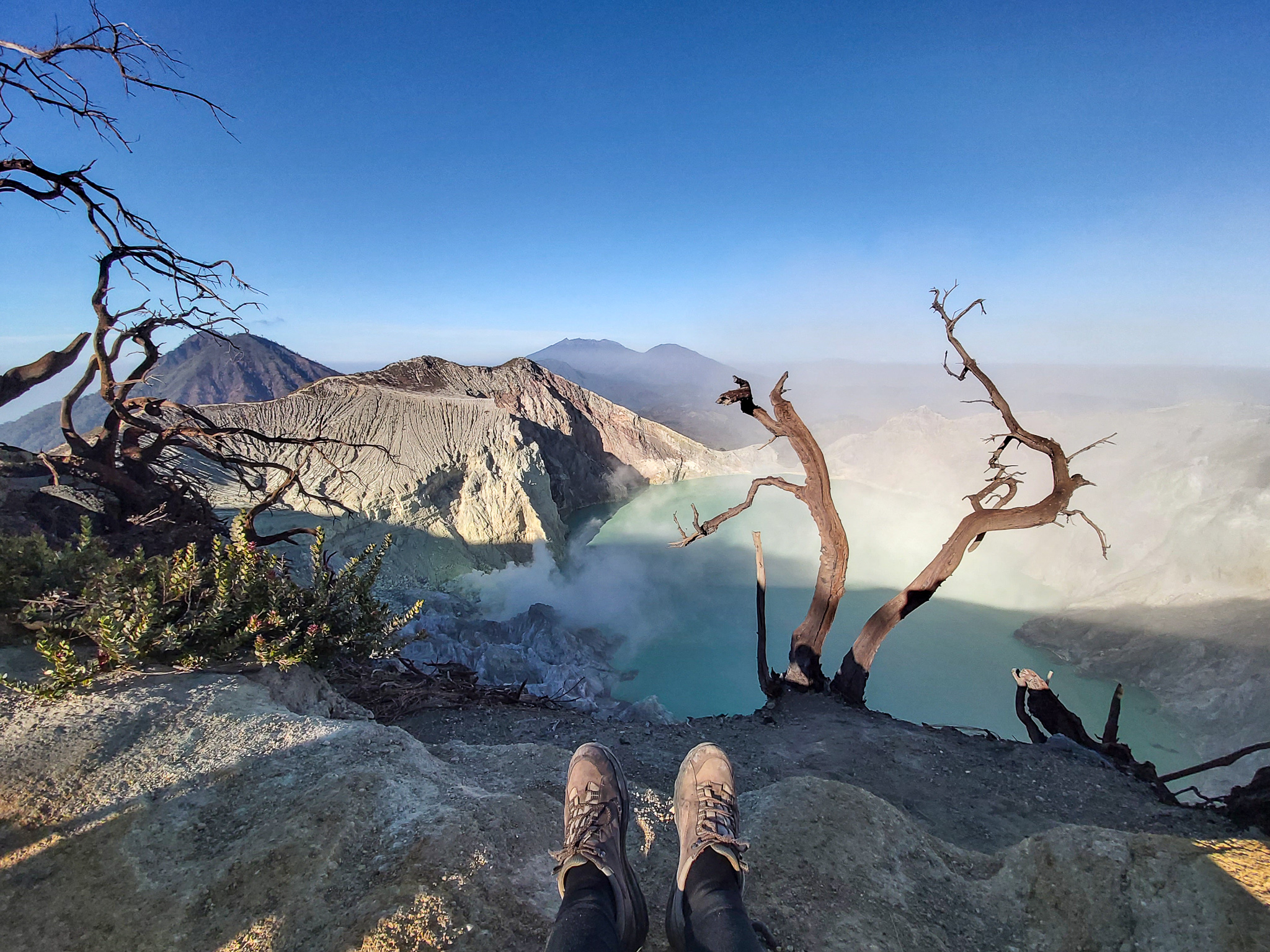
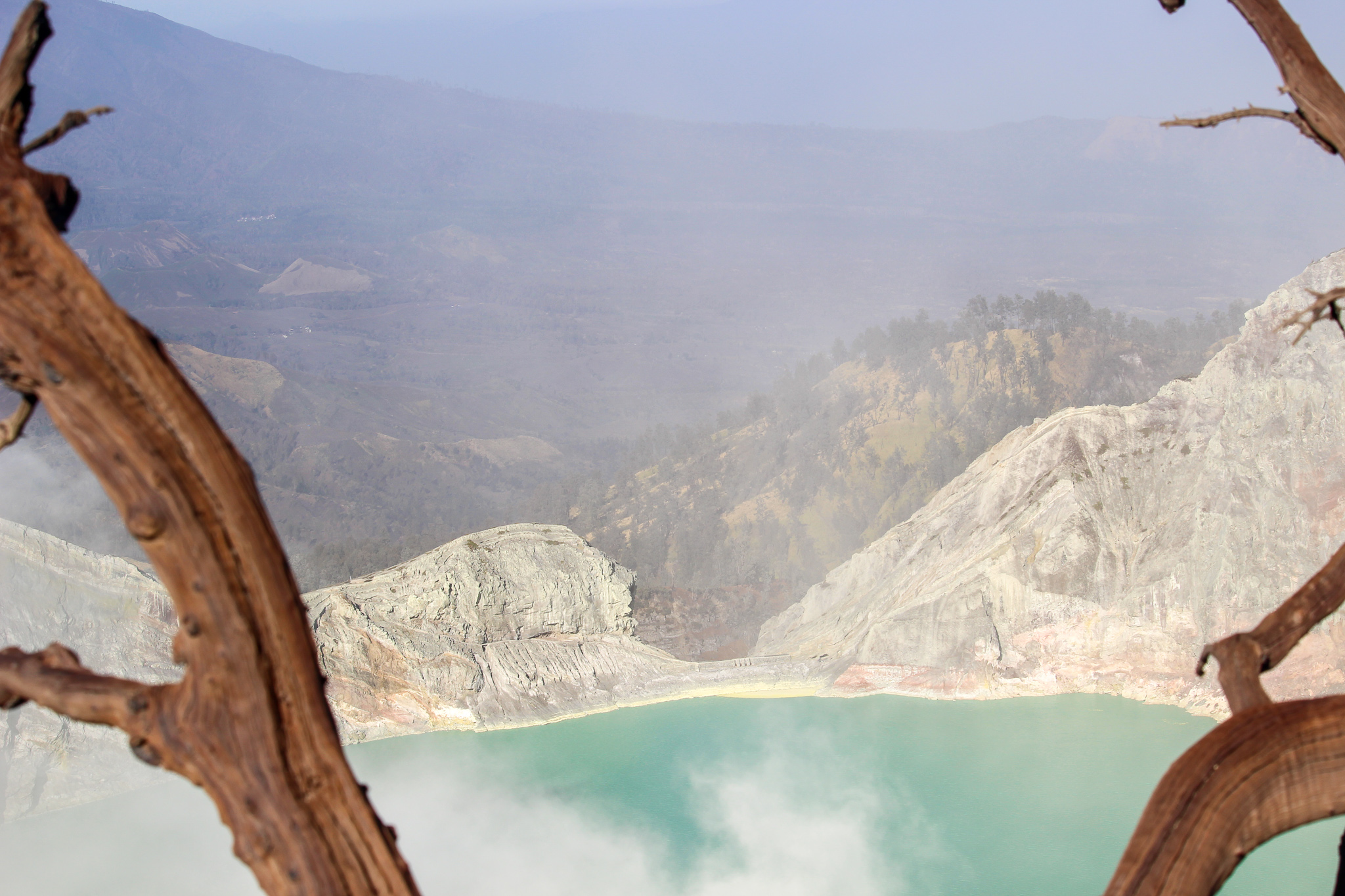
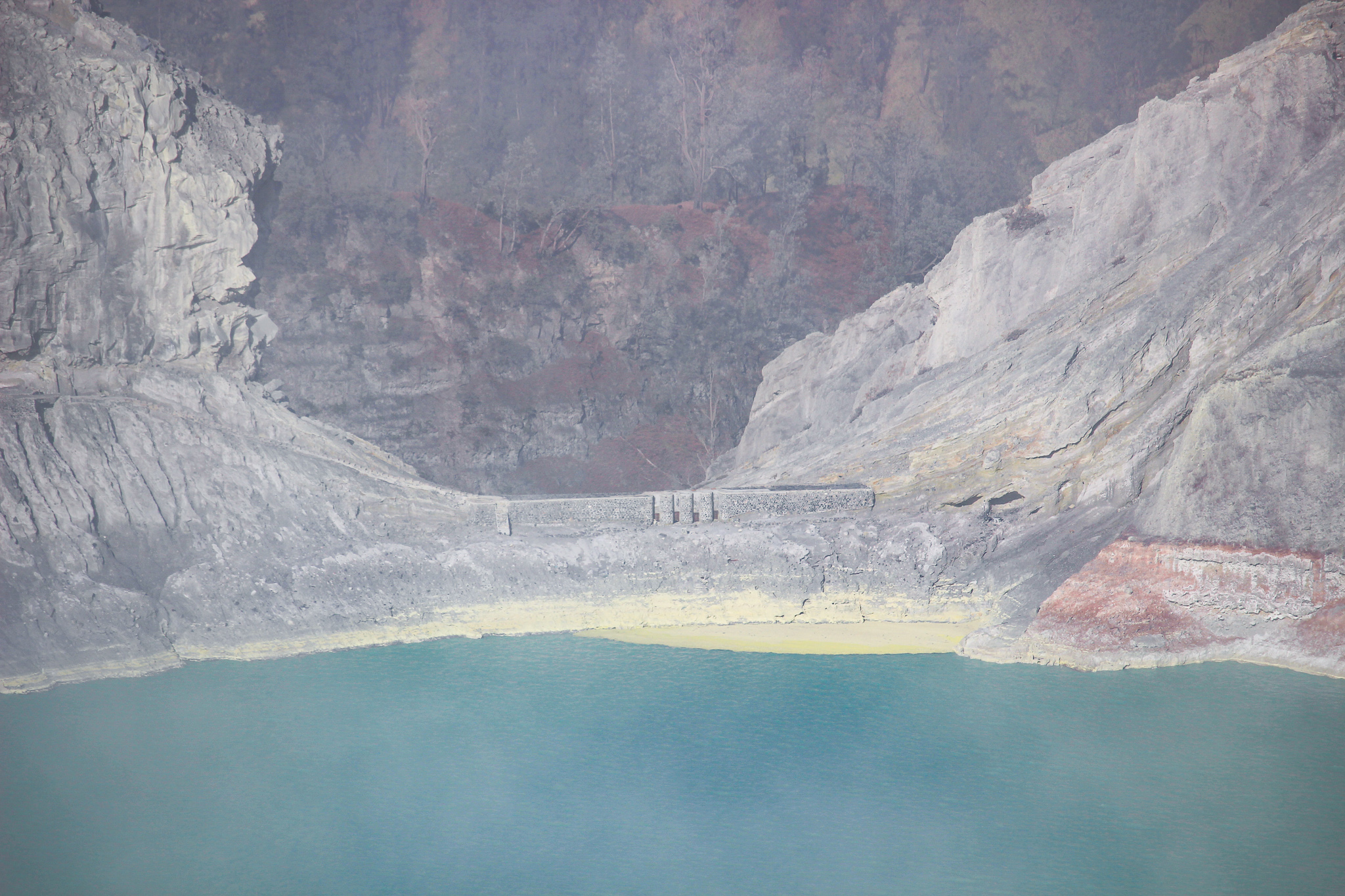
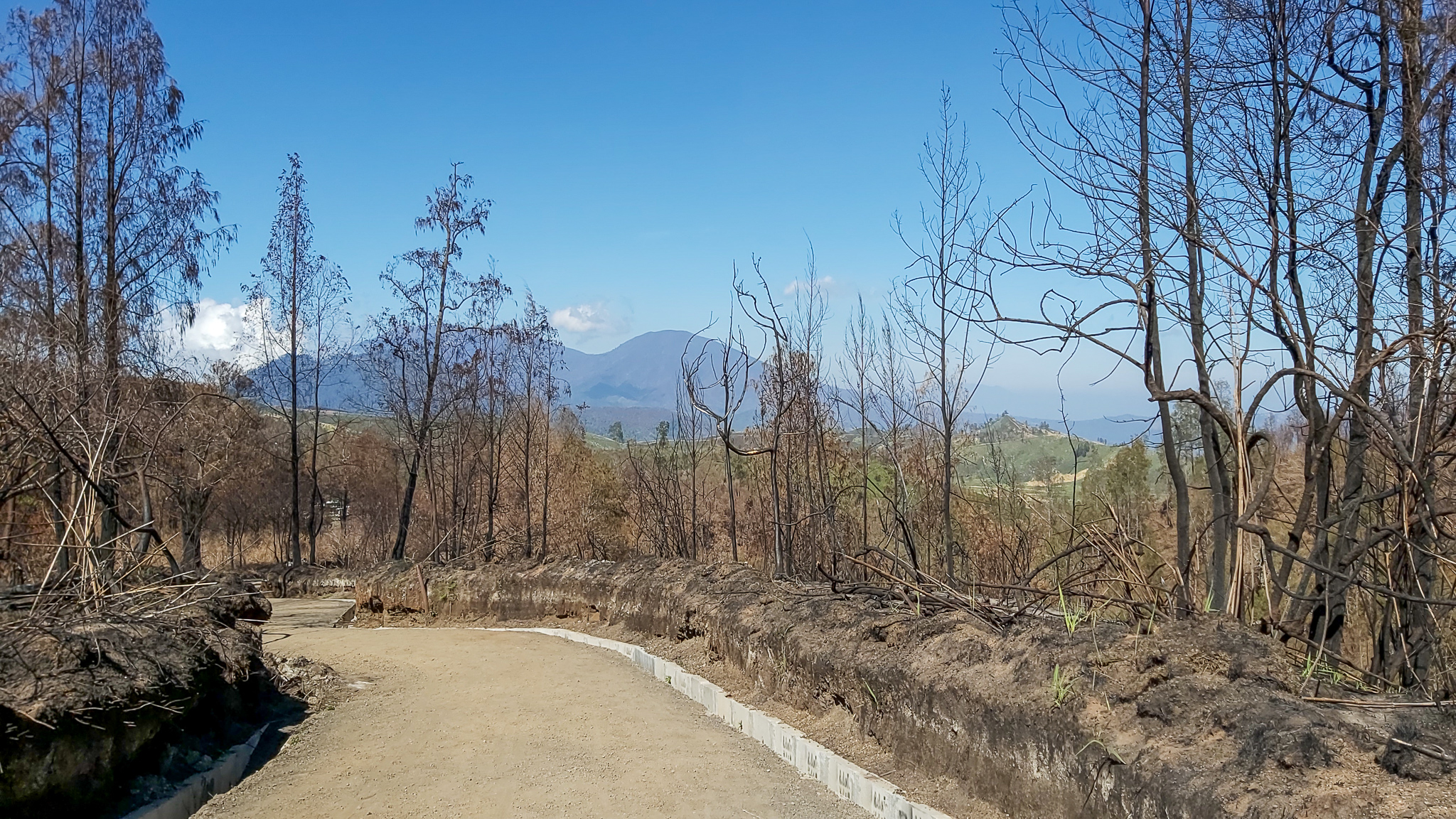
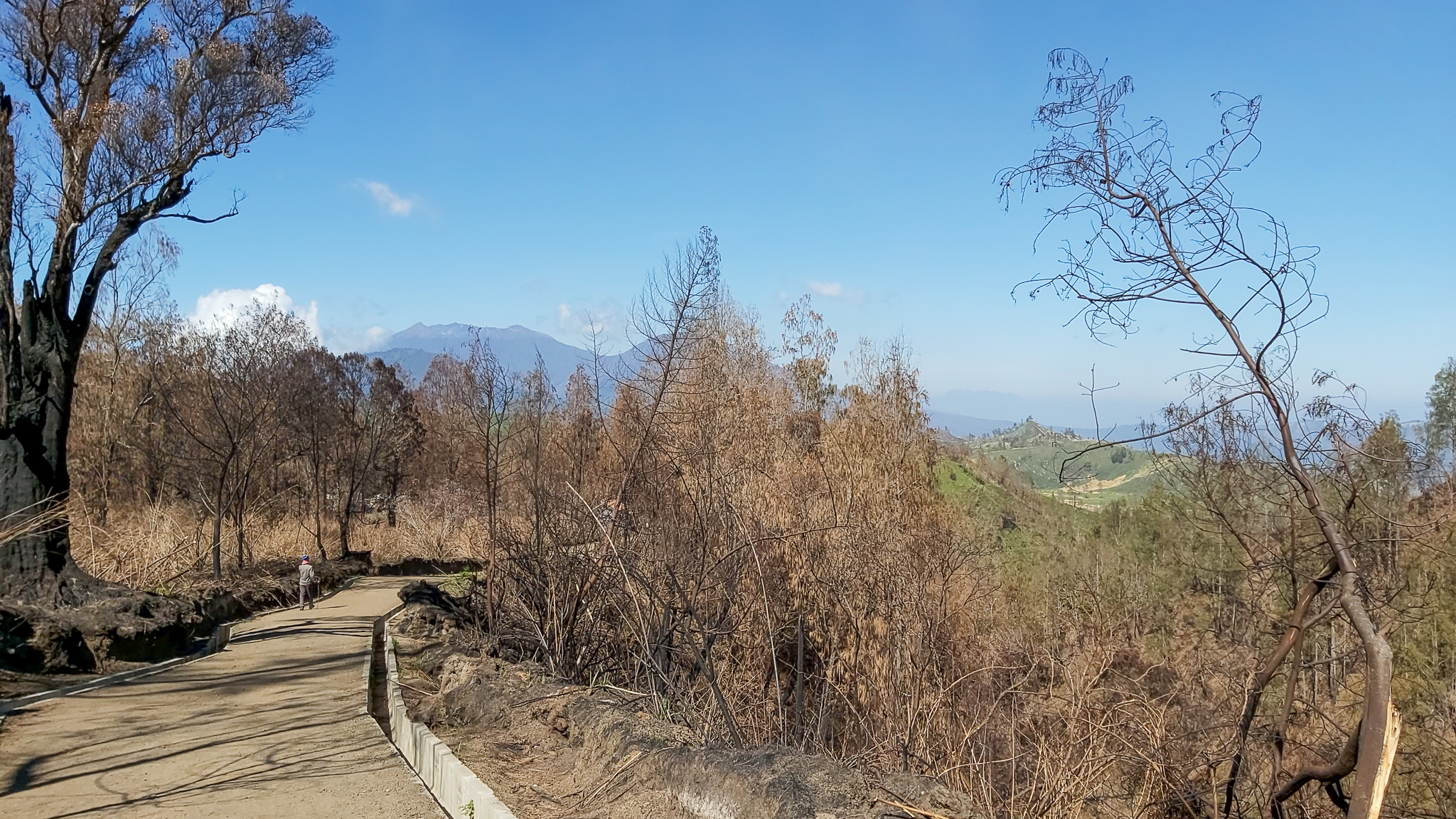
Gunung Merapi
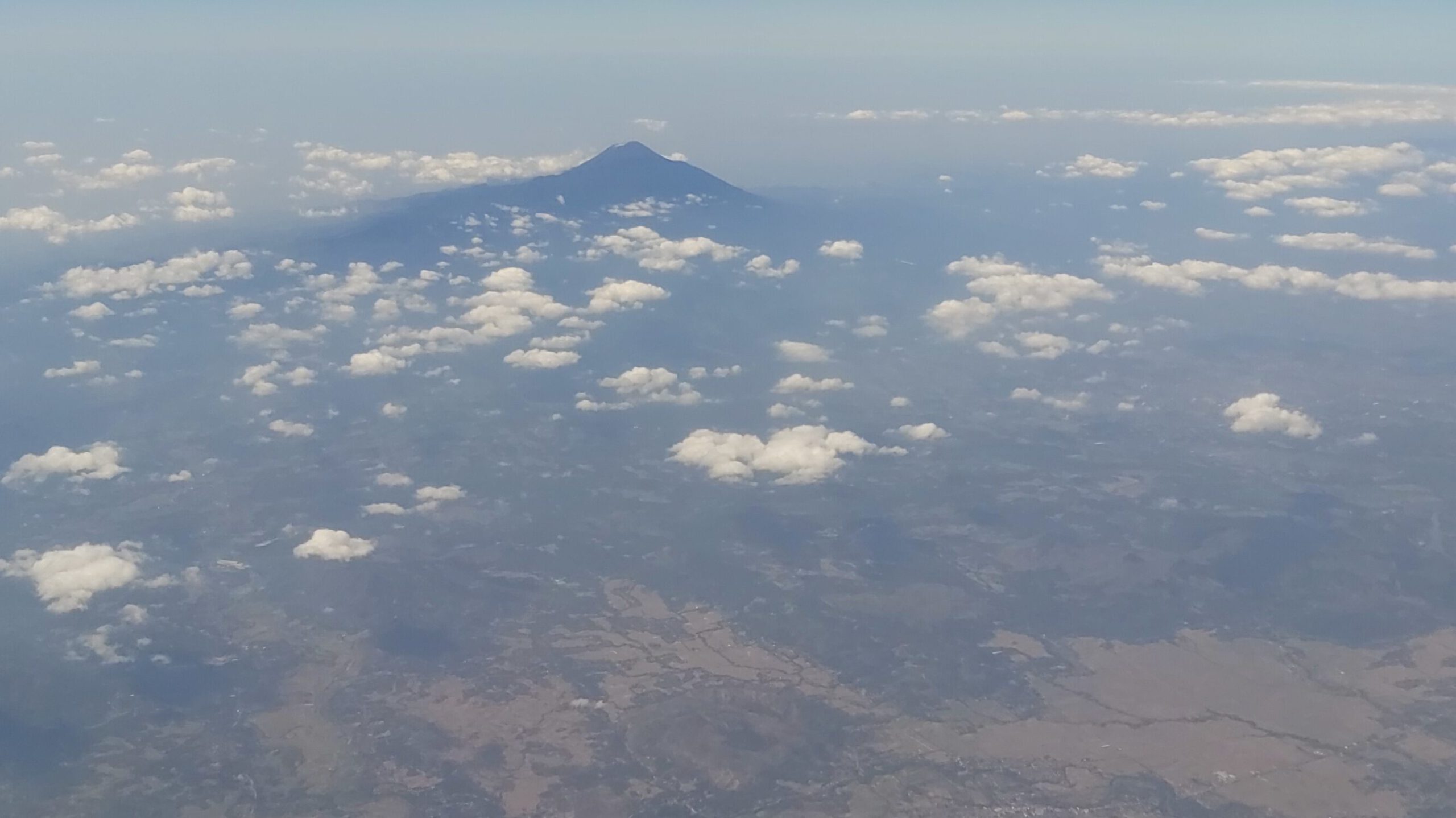
Gunung Merapi literally means Fire Mountain in Bahasa Indonesia and Javanese. It is the most active volcano in Indonesia and erupts regularly. The last time was in January 2021. During one of the recent eruptions the nearby river has vaporized. There is a museum on the Merapi about the eruptions. Smoke can often be seen emerging from the mountaintop. Mount Merapi is located about 30 km north of Yogyakarta.
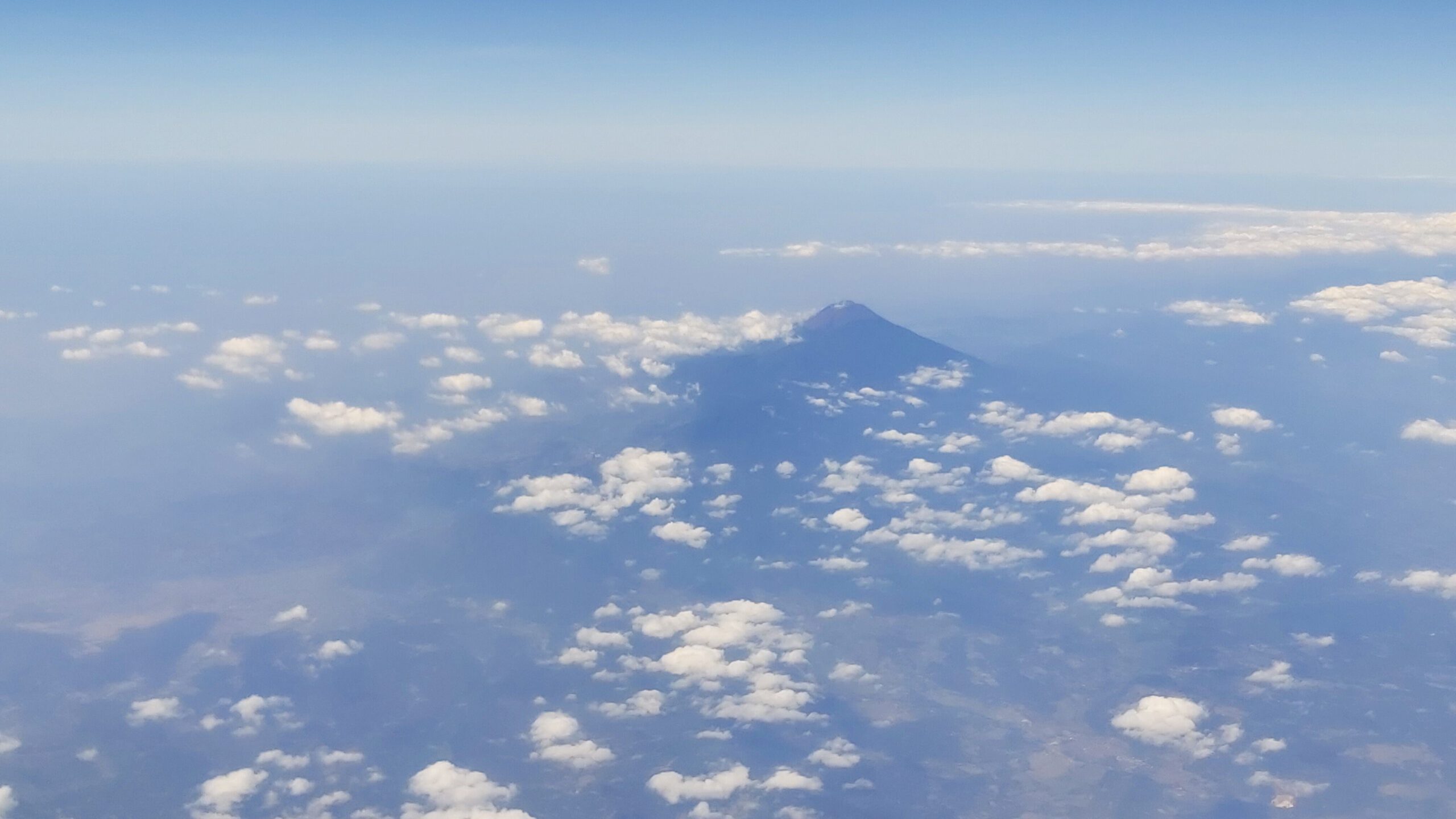
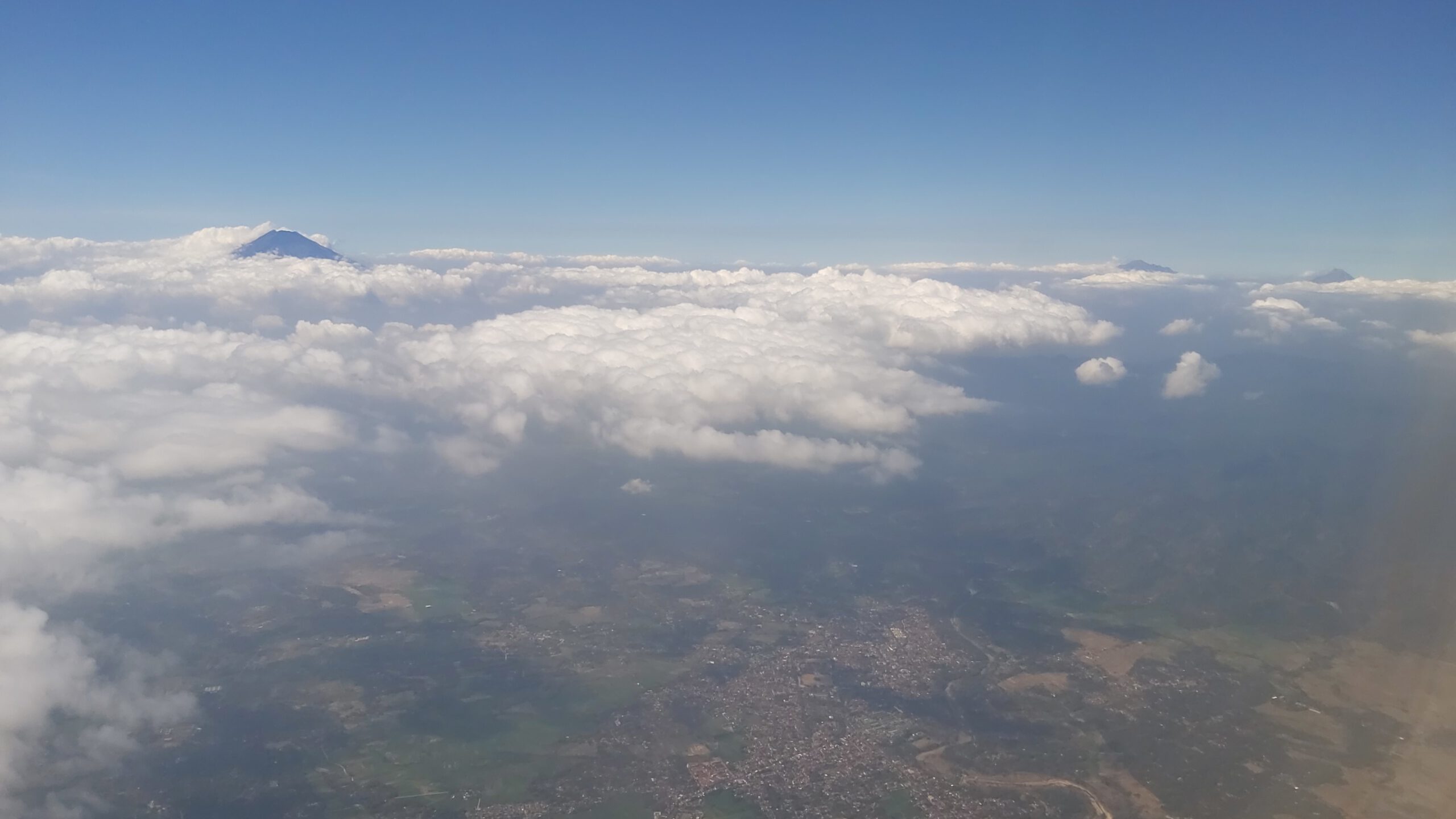
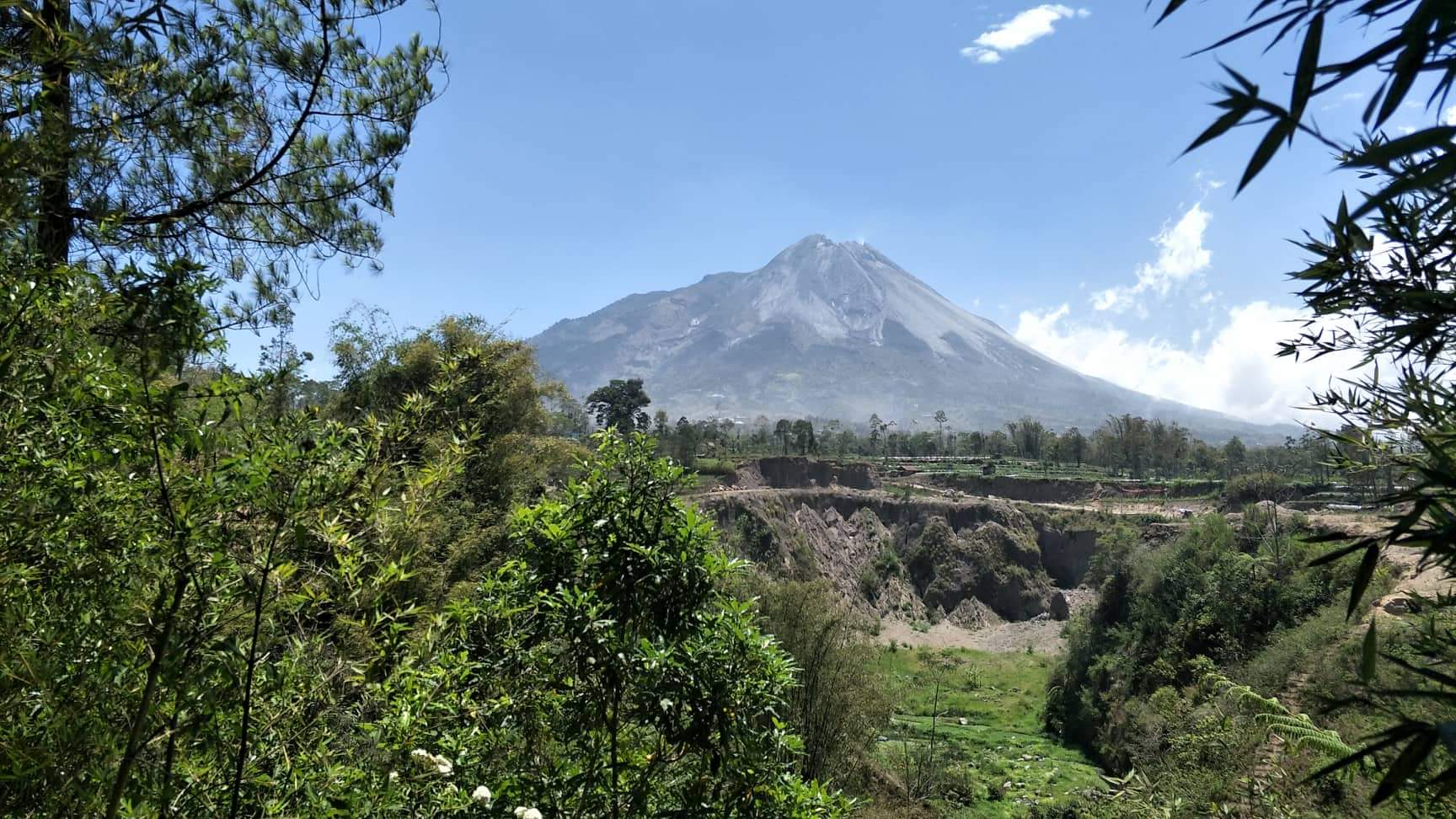
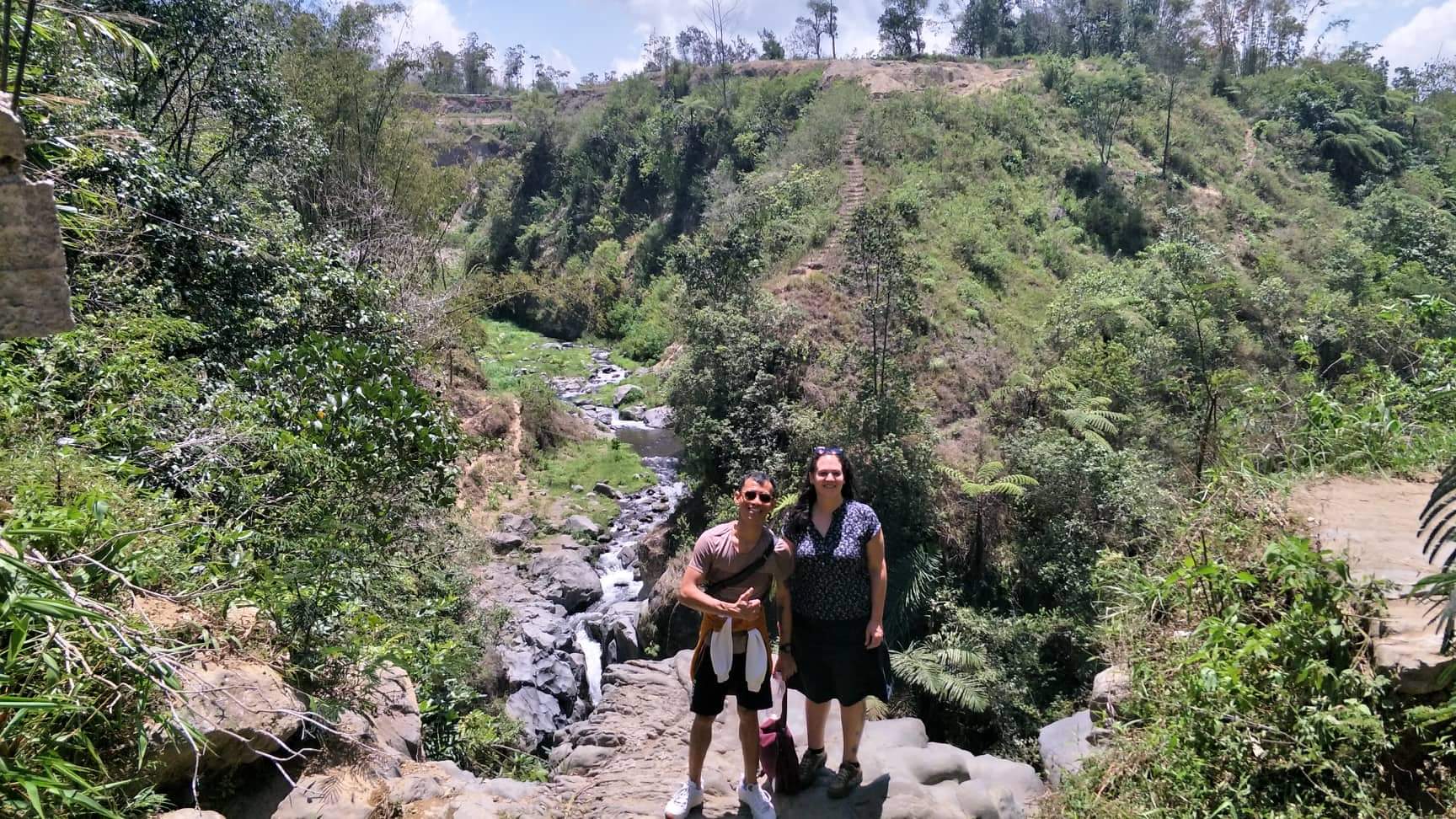
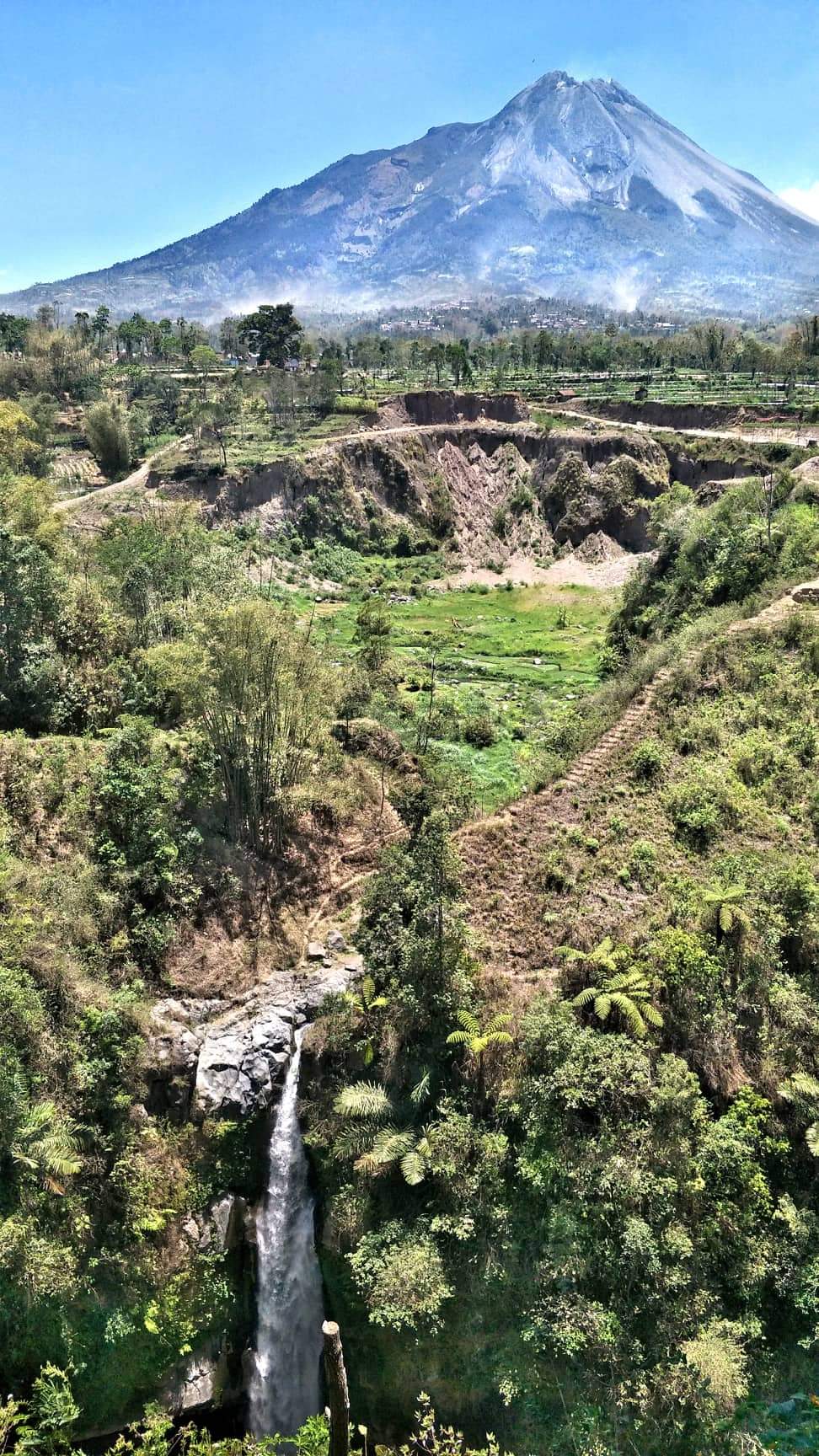
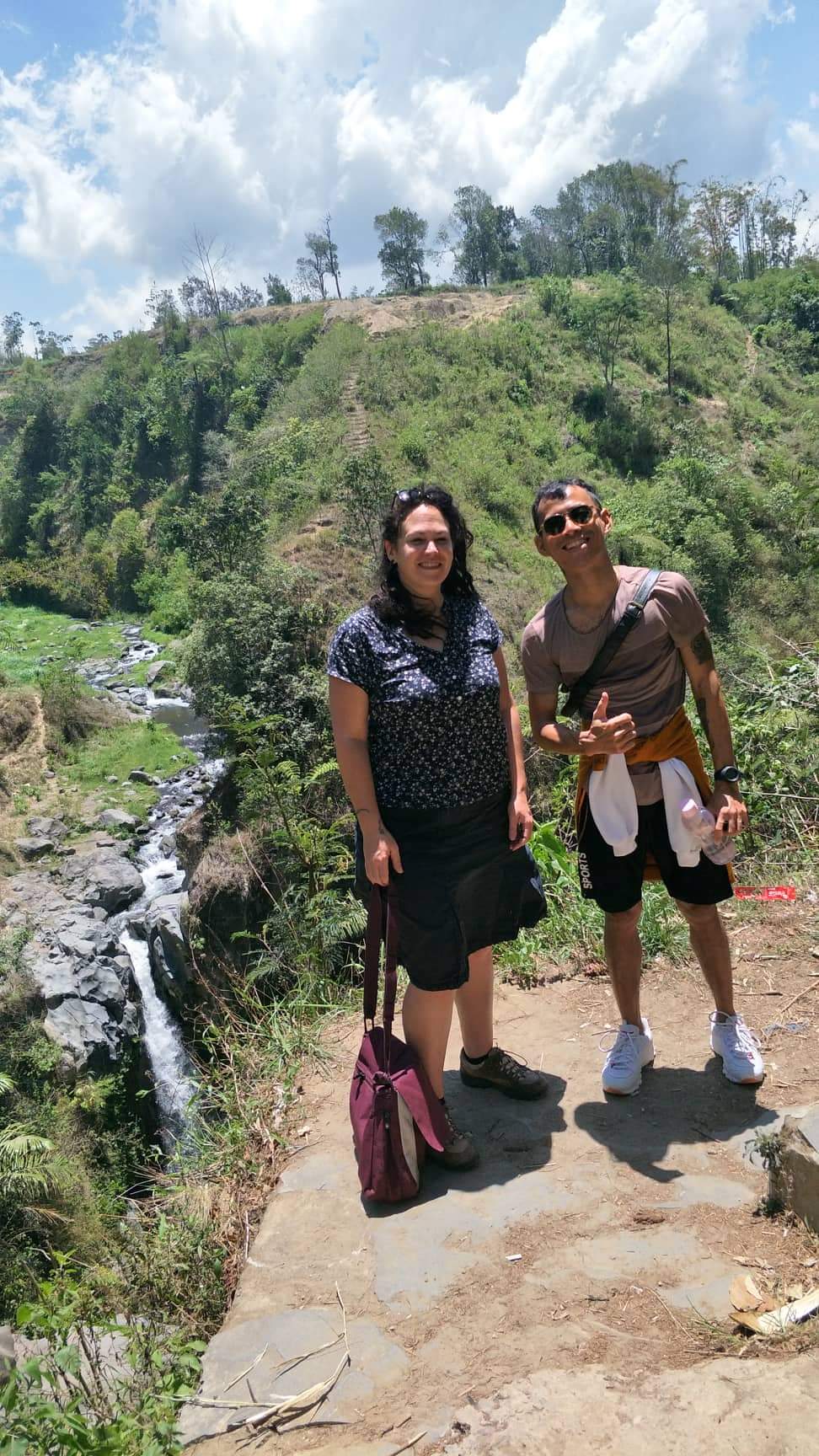
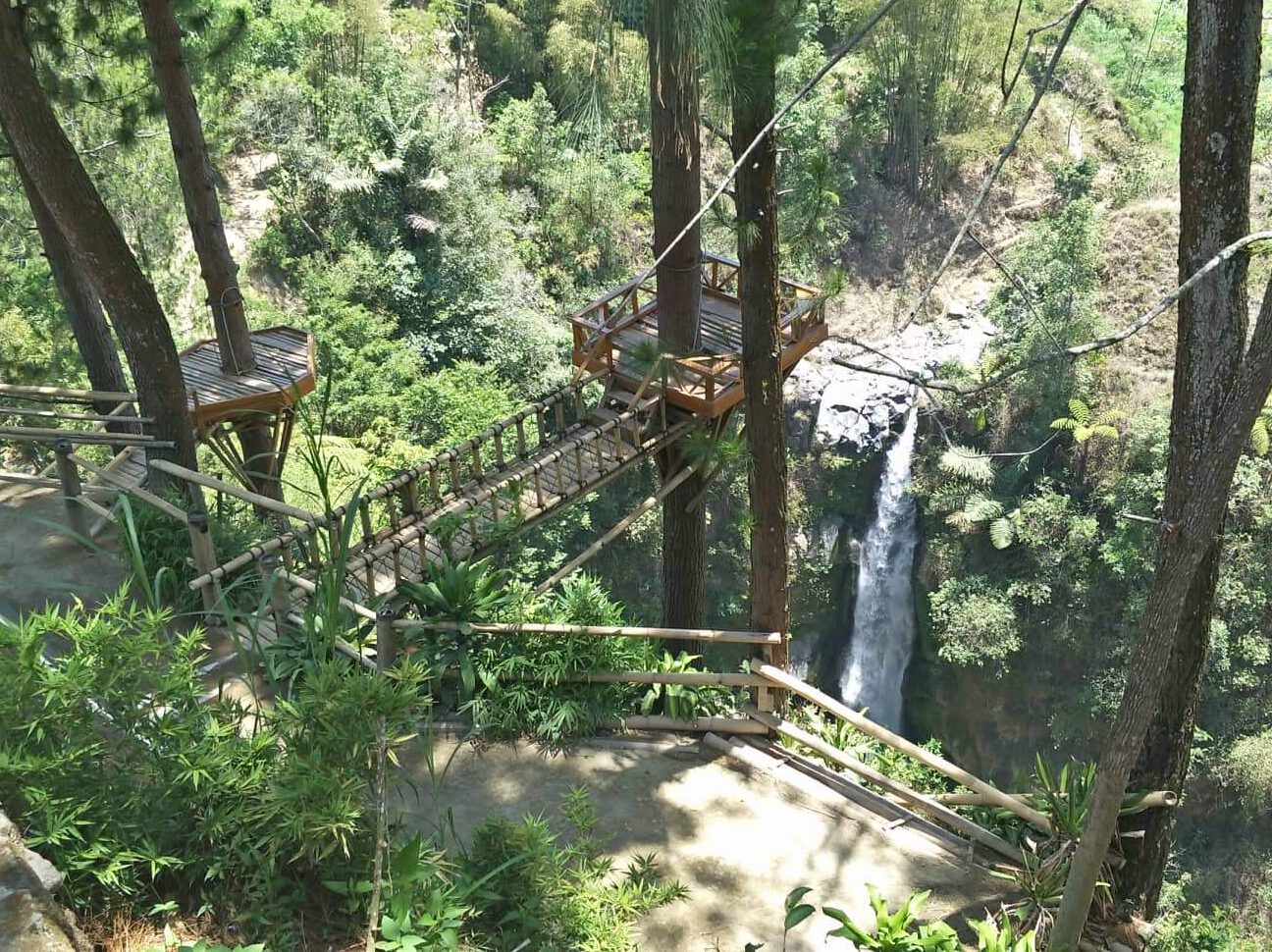
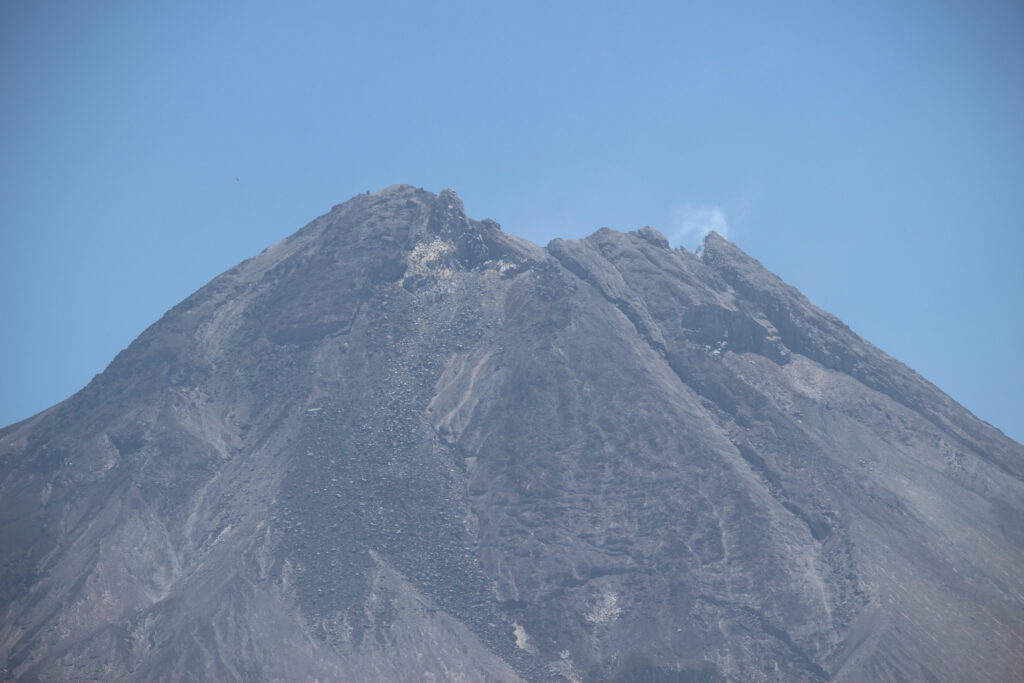
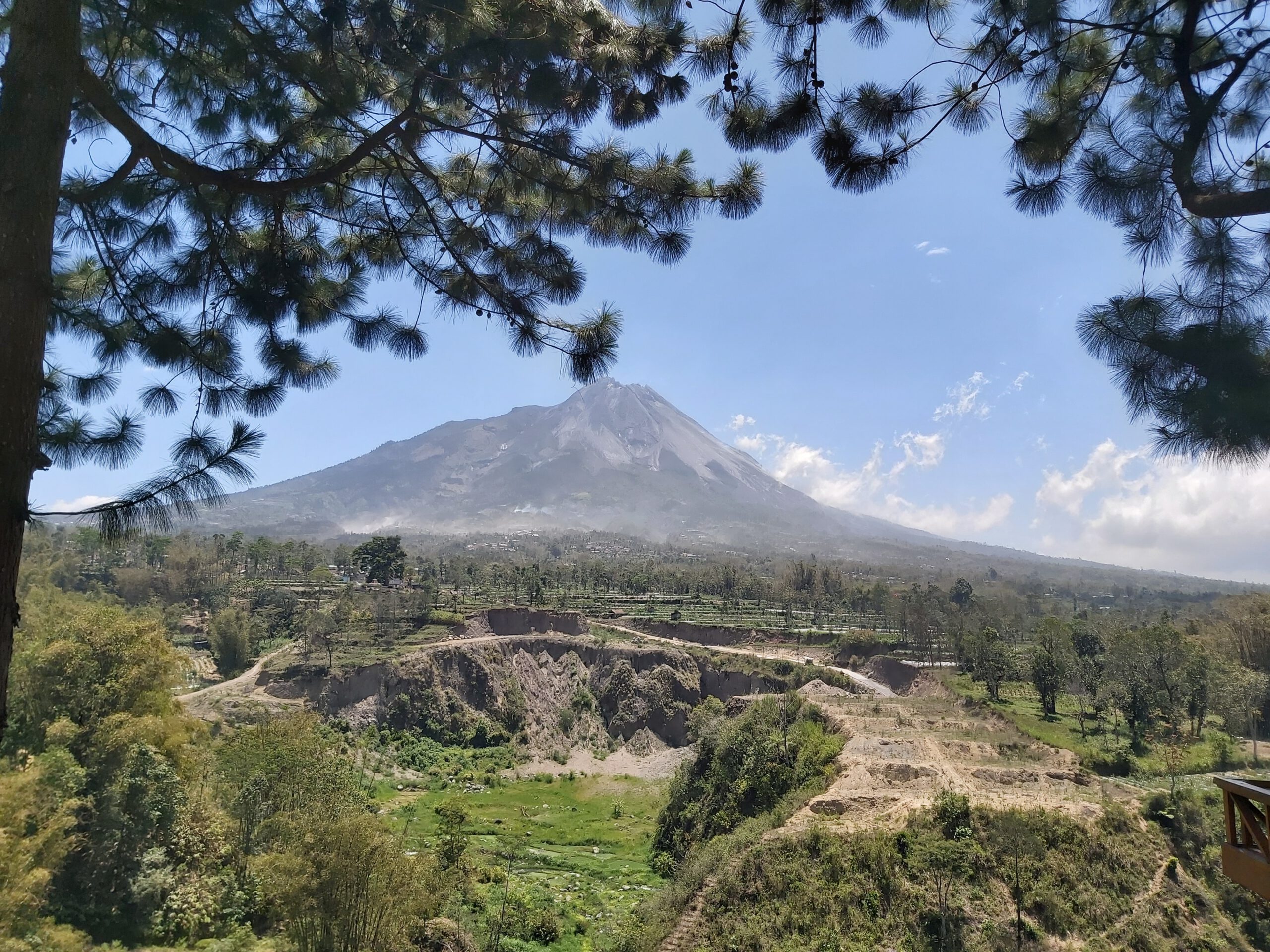

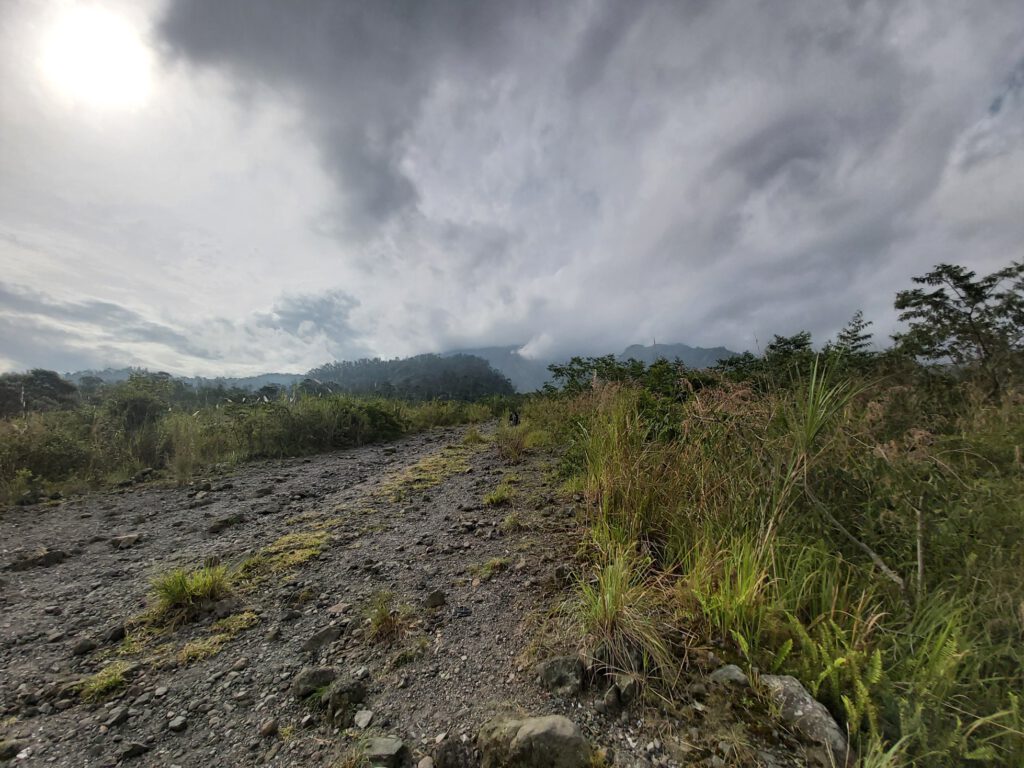
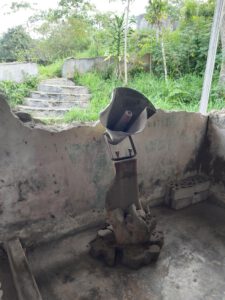
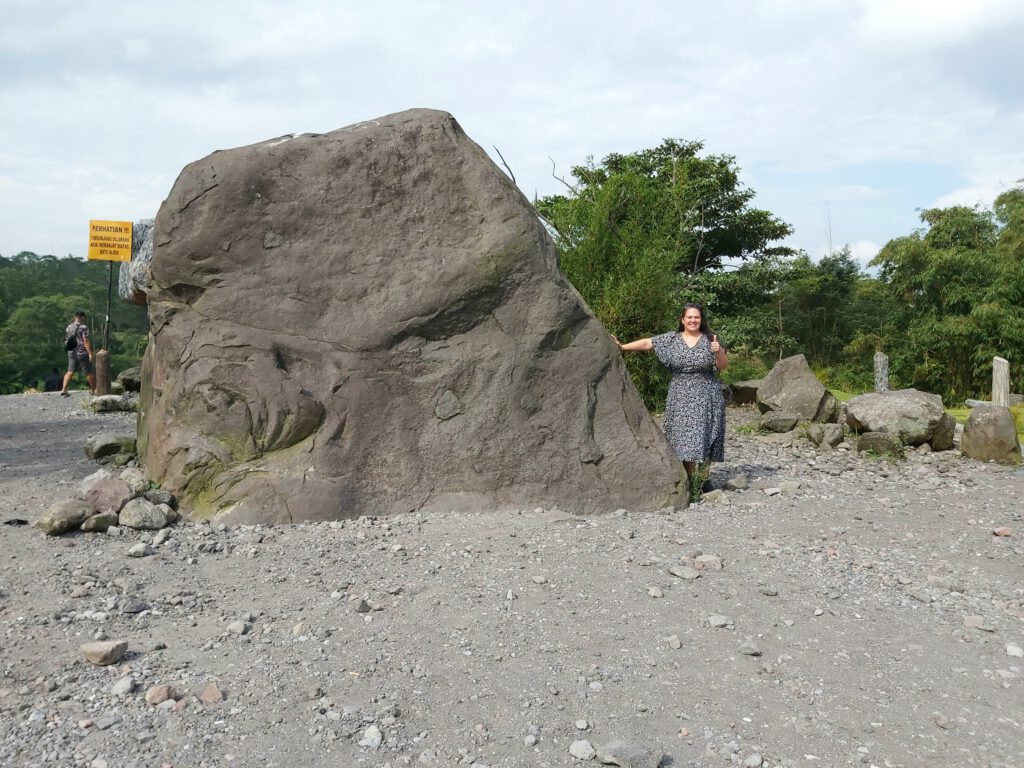
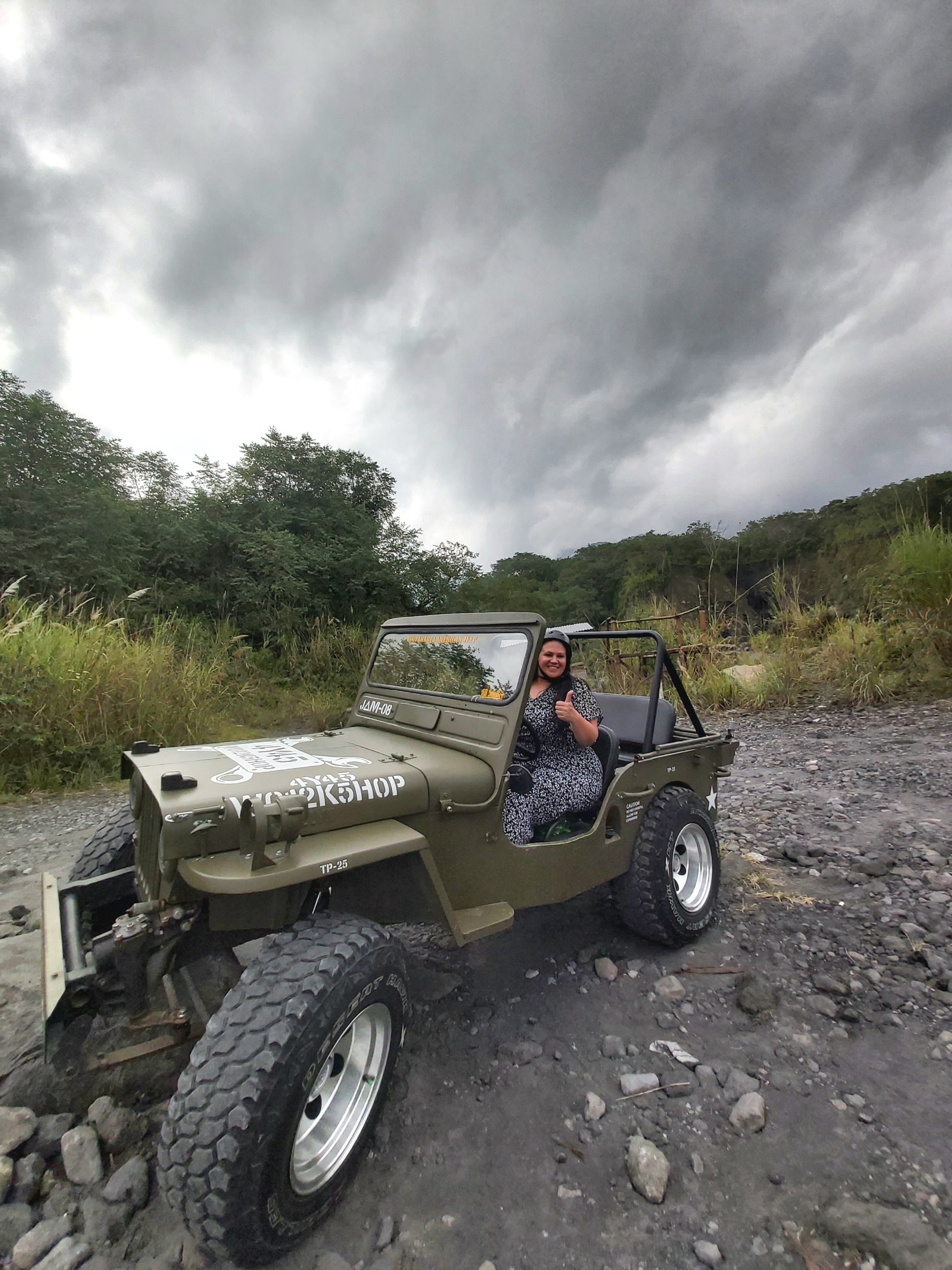
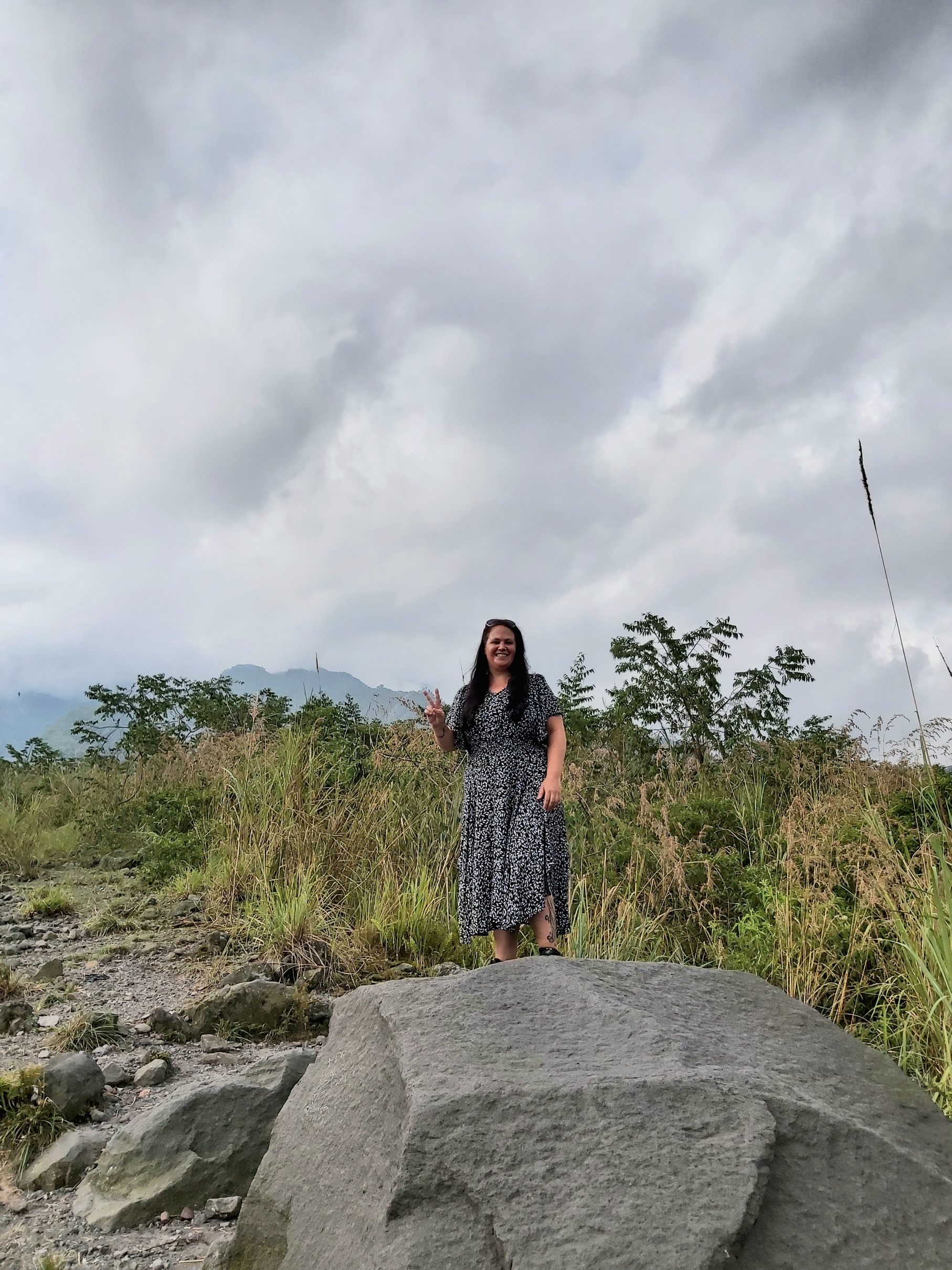
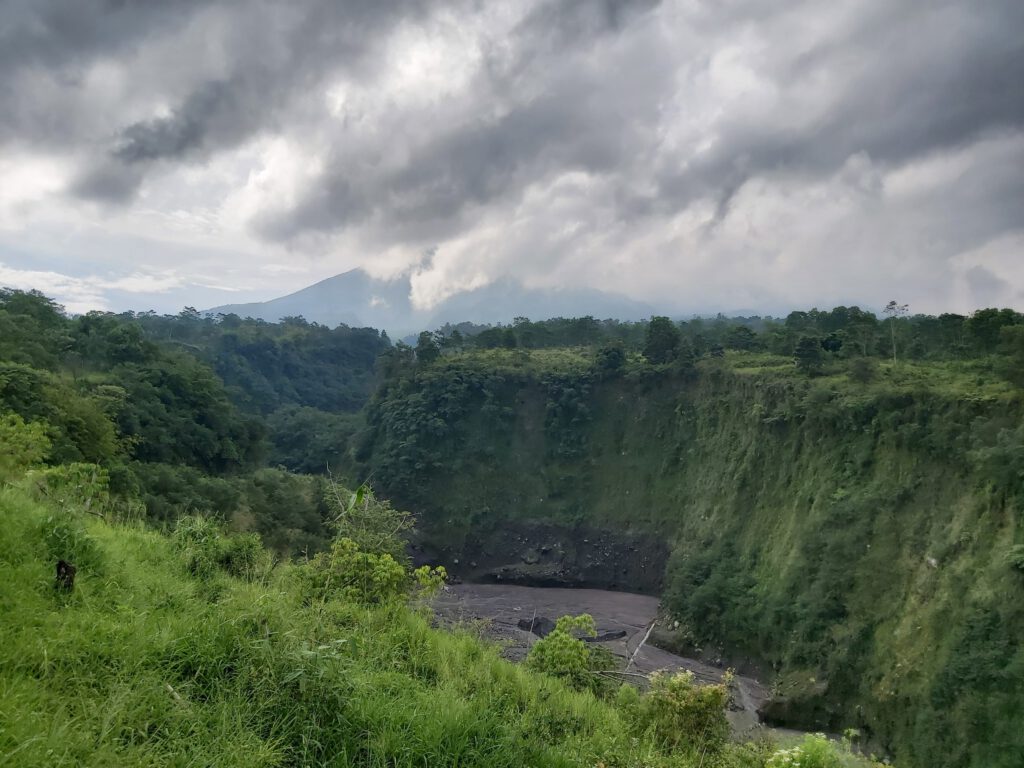
Jomblang cave
This cave is a sinkhole that is part of the Gunung Sewu Geopark, recognized by UNESCO in 2015. I’ve visited it in 2019. The Geopark has many caves, some of which have underground rivers. Jomblang Cave was formed due to the geological process of the sinking of the soil and the vegetation on it to the bottom of the earth that occurred thousands of years ago. In the morning the sunlight shines into the cave for an hour or two. This is so beautiful and locally known as the “lights of heaven”.
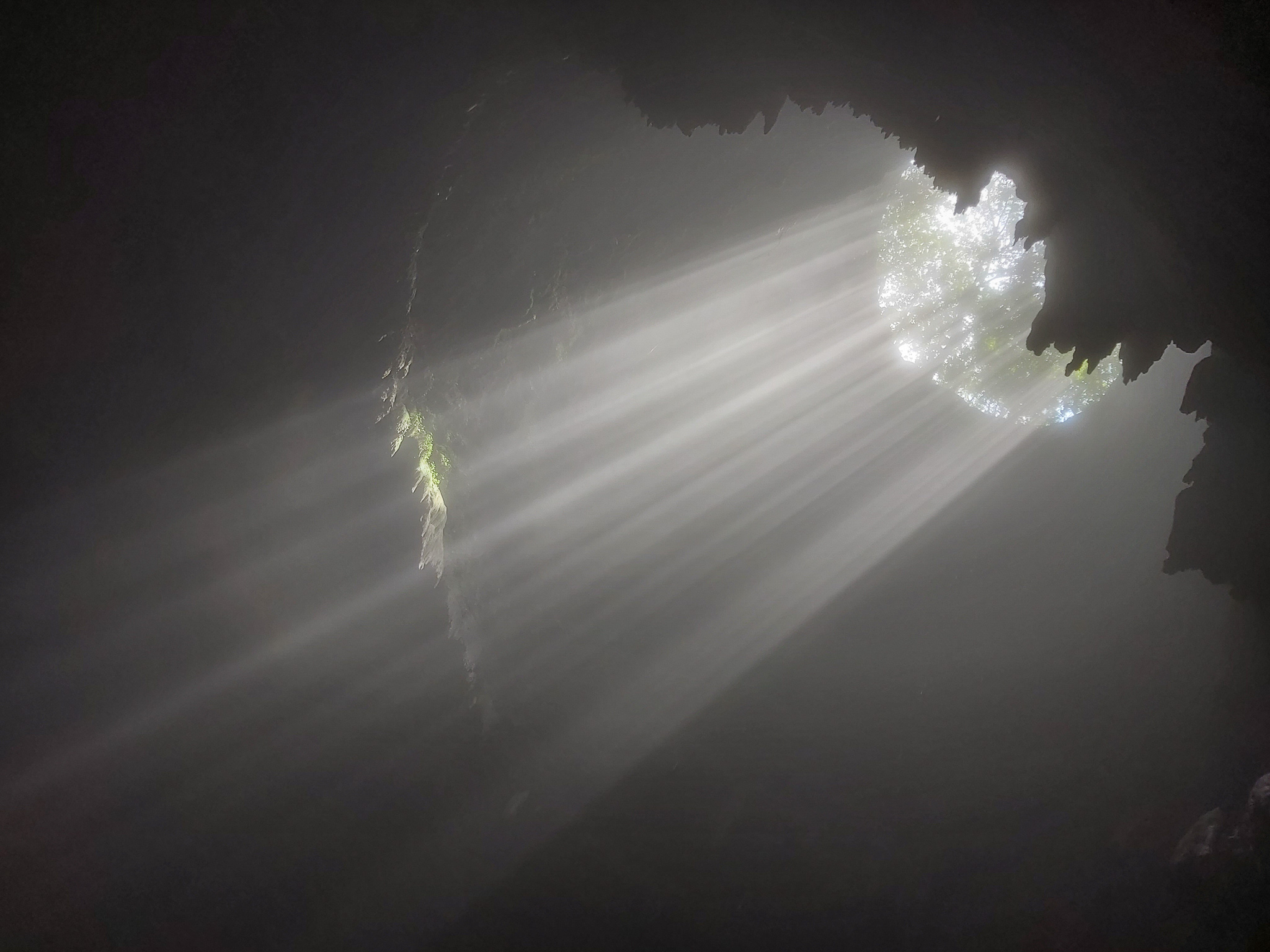
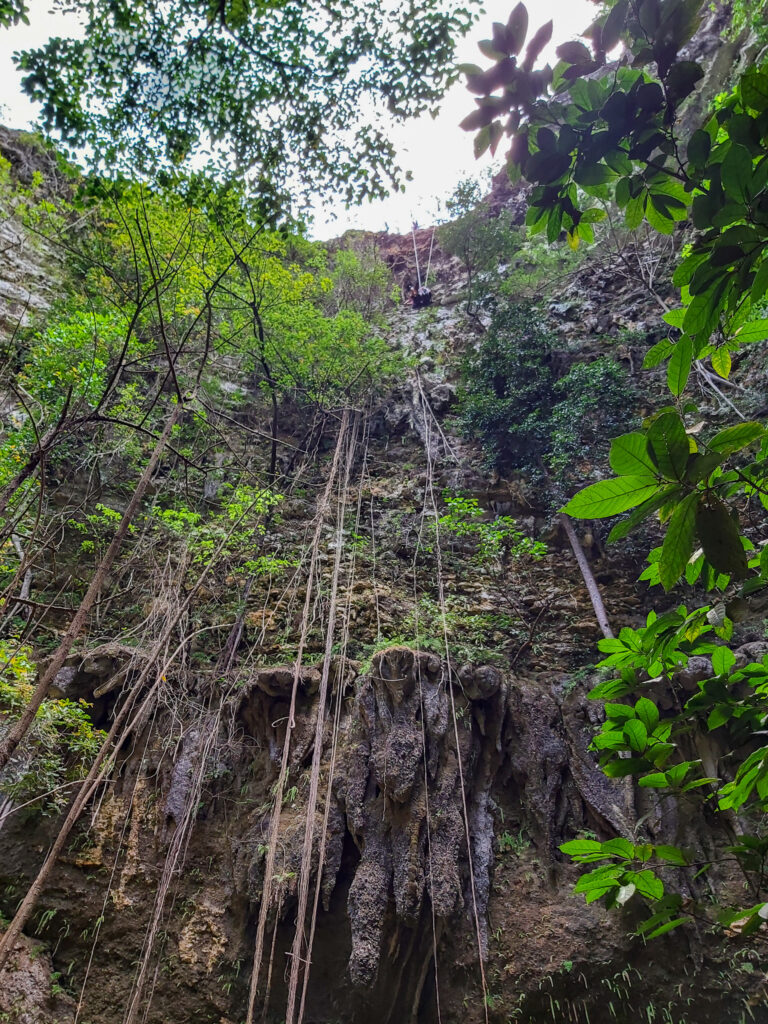
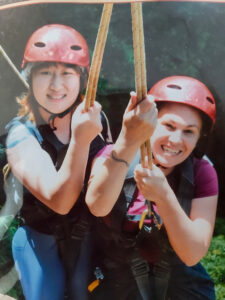
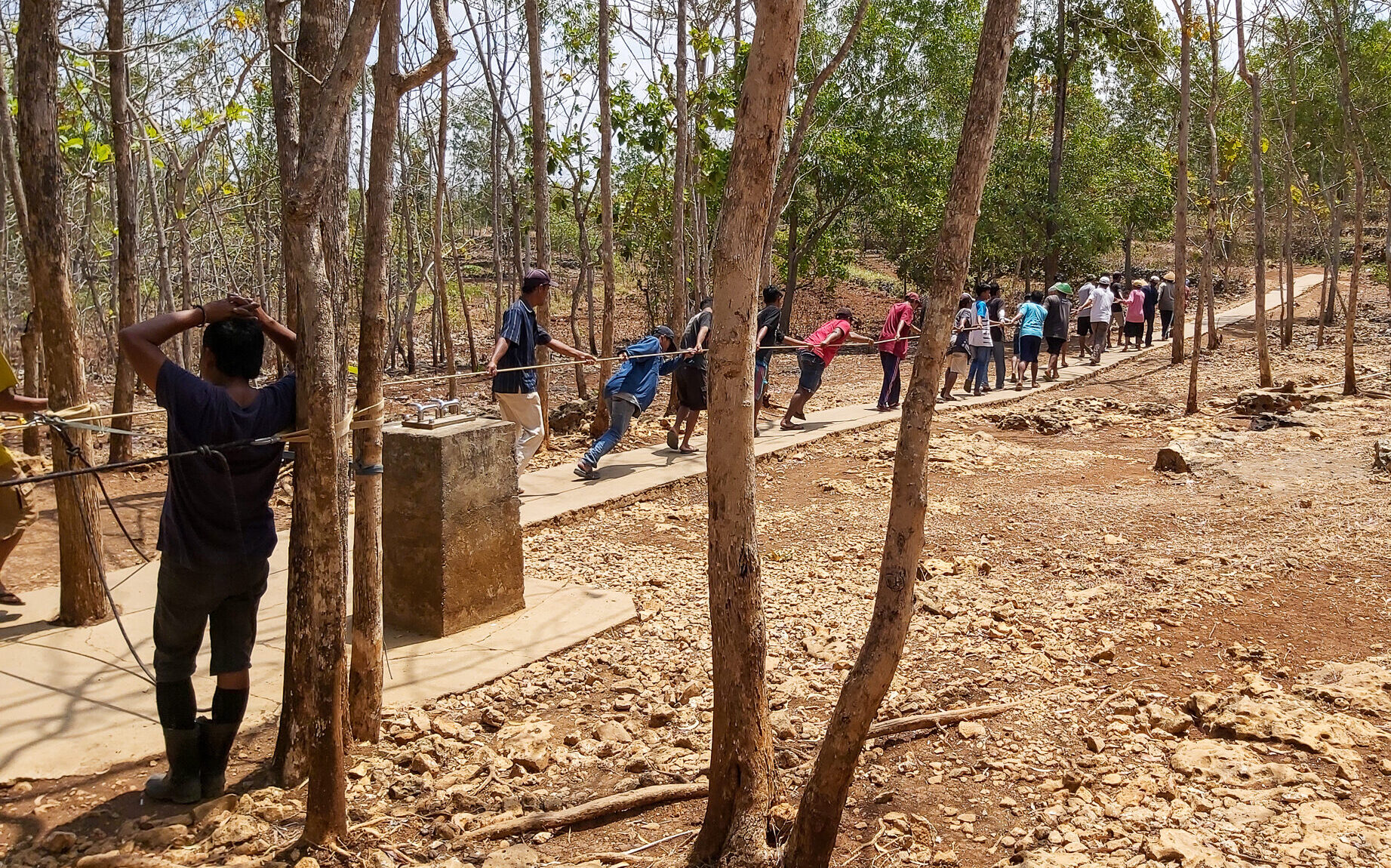
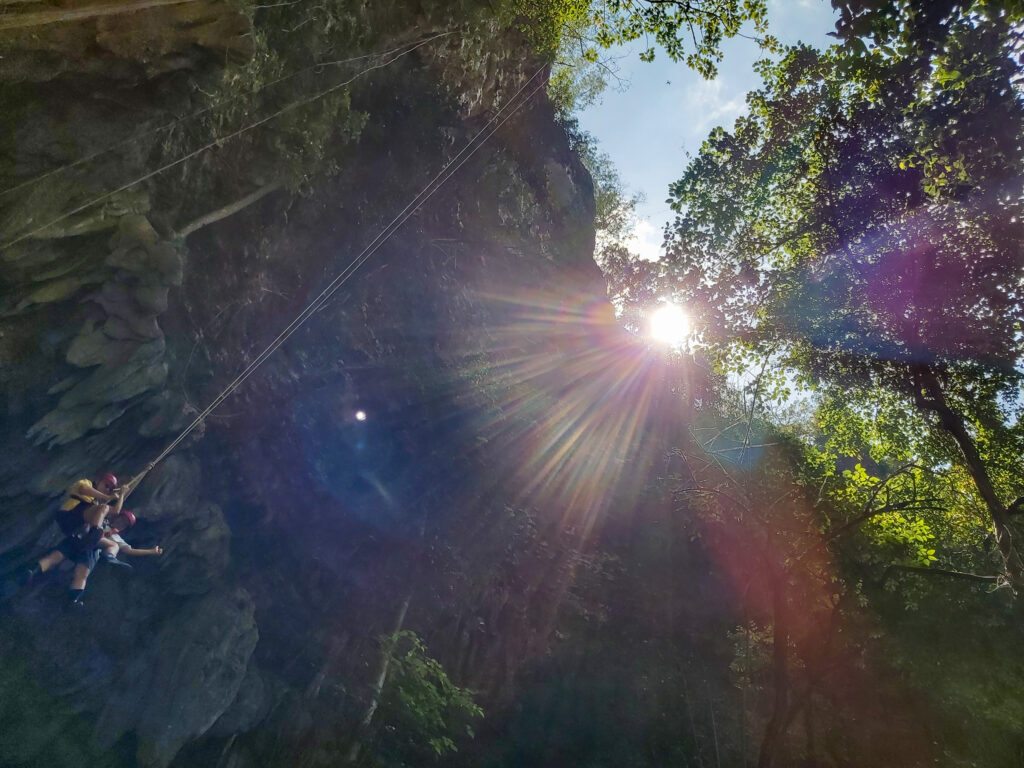
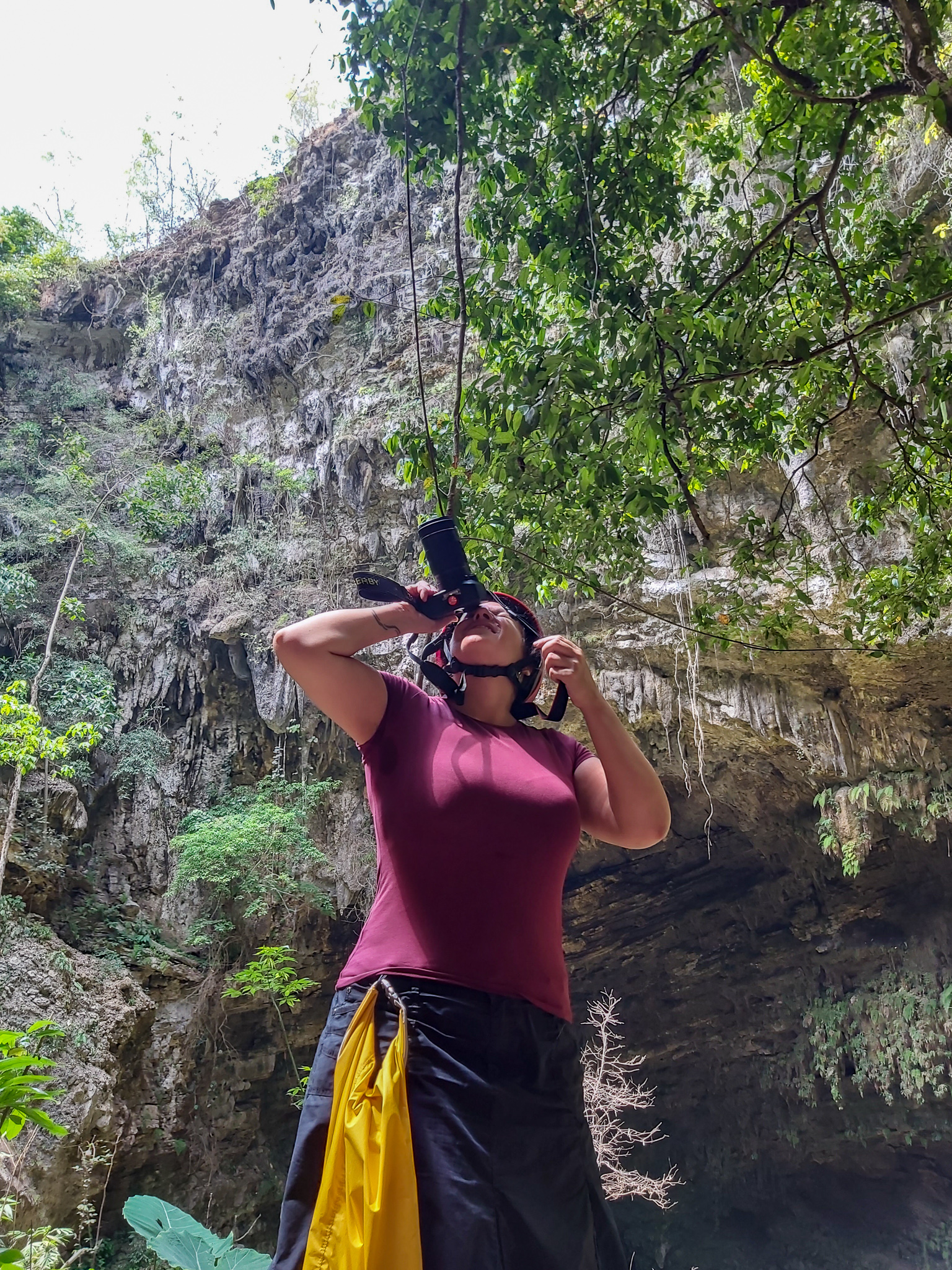
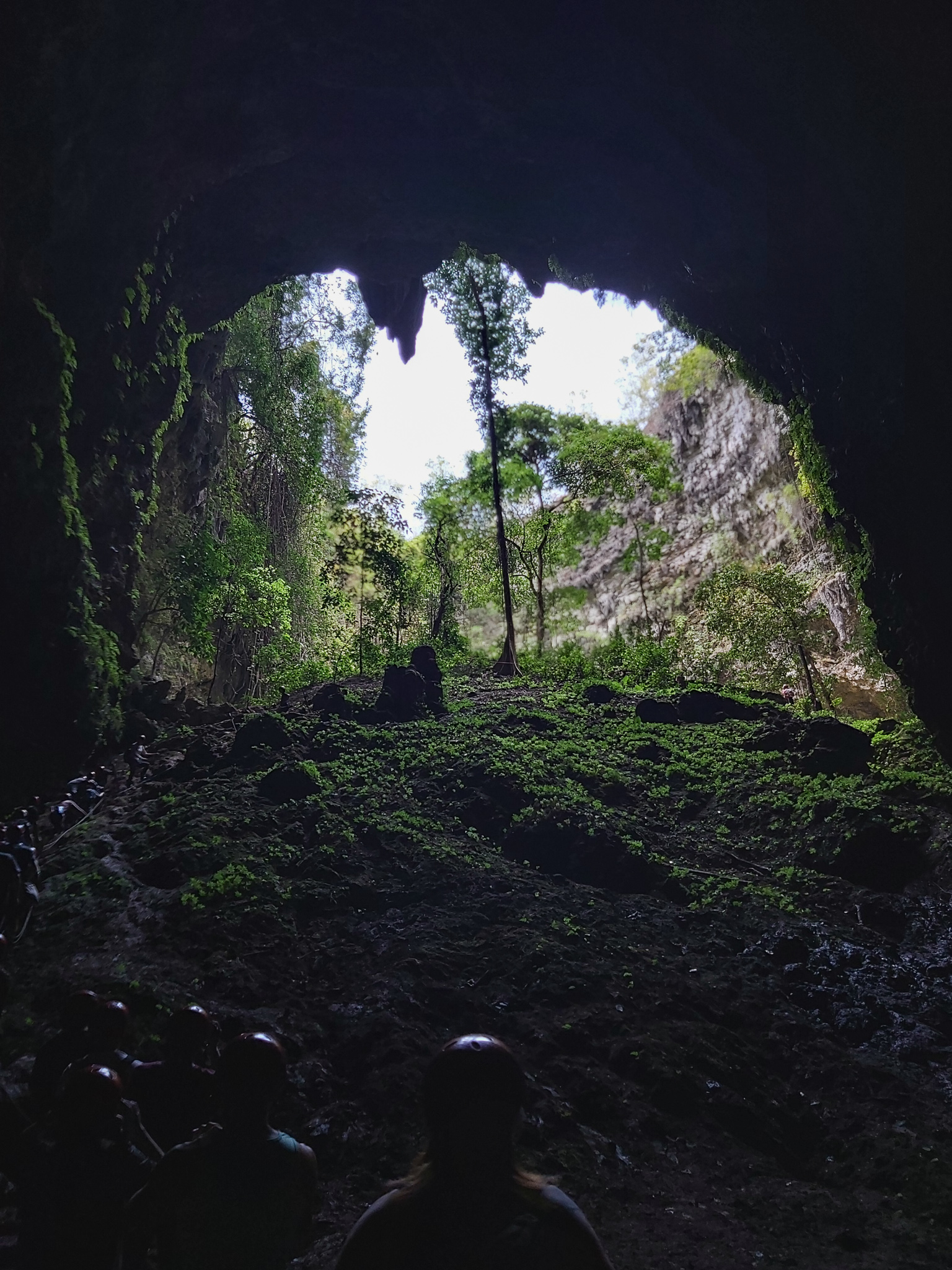
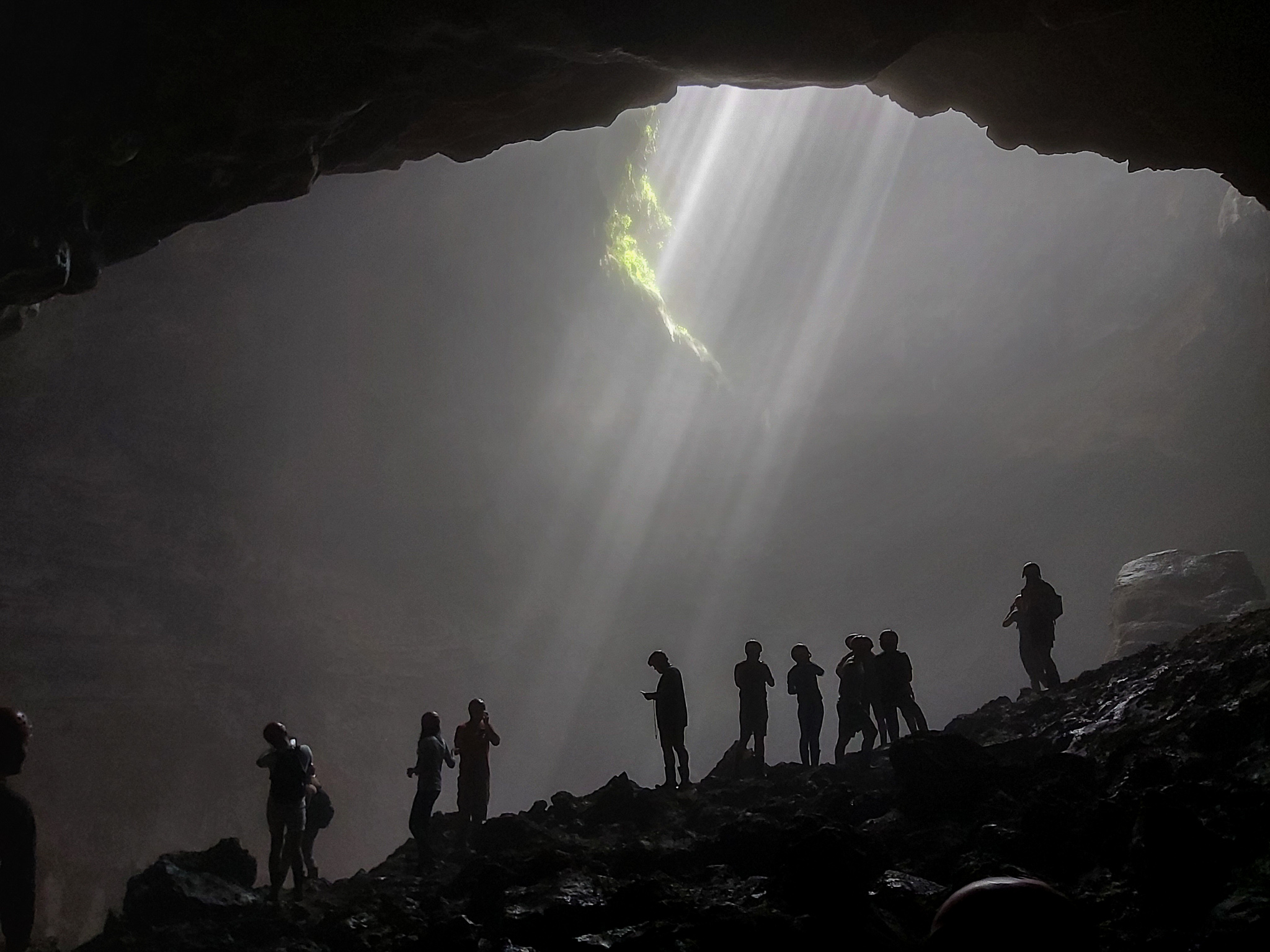
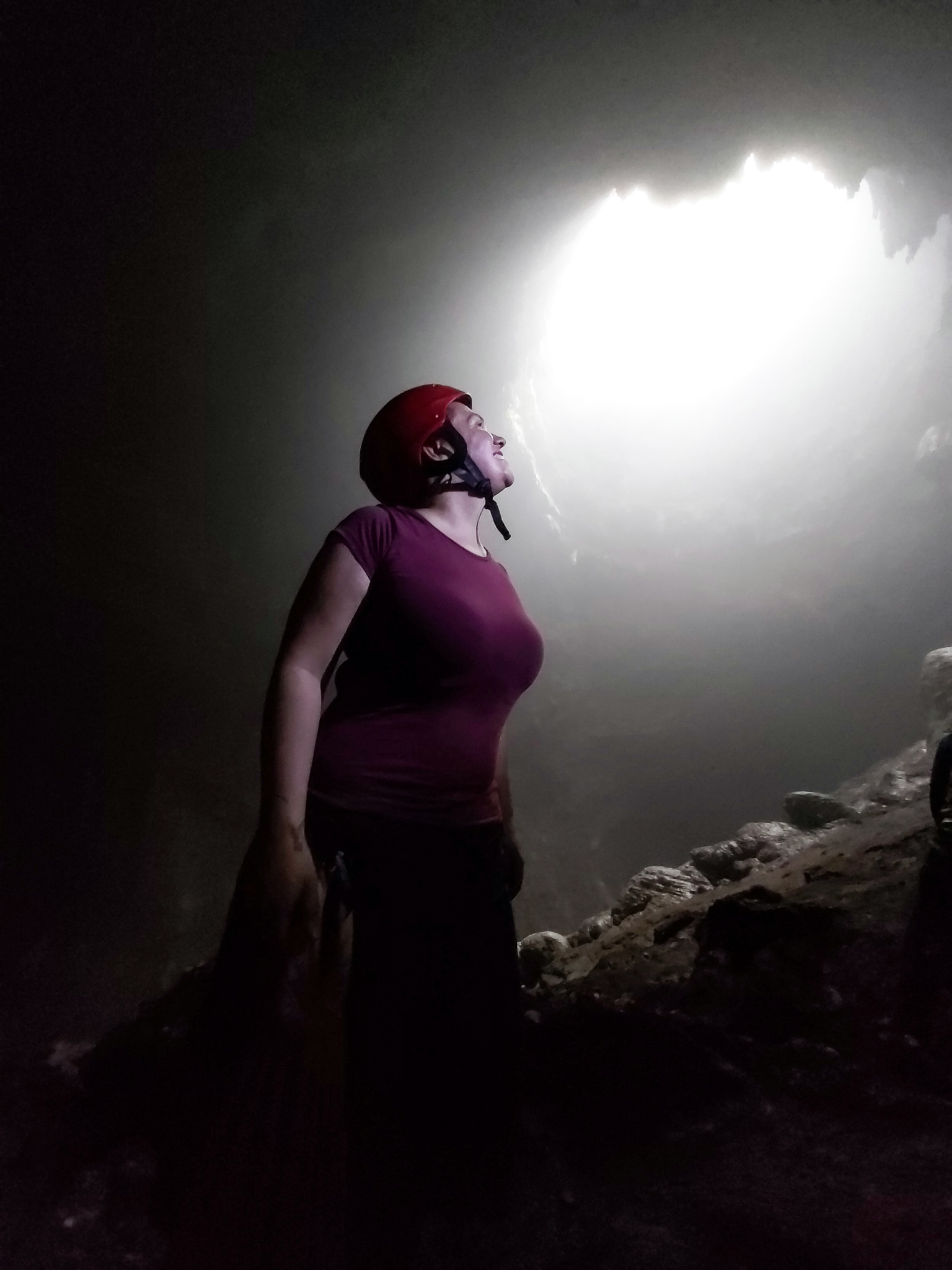
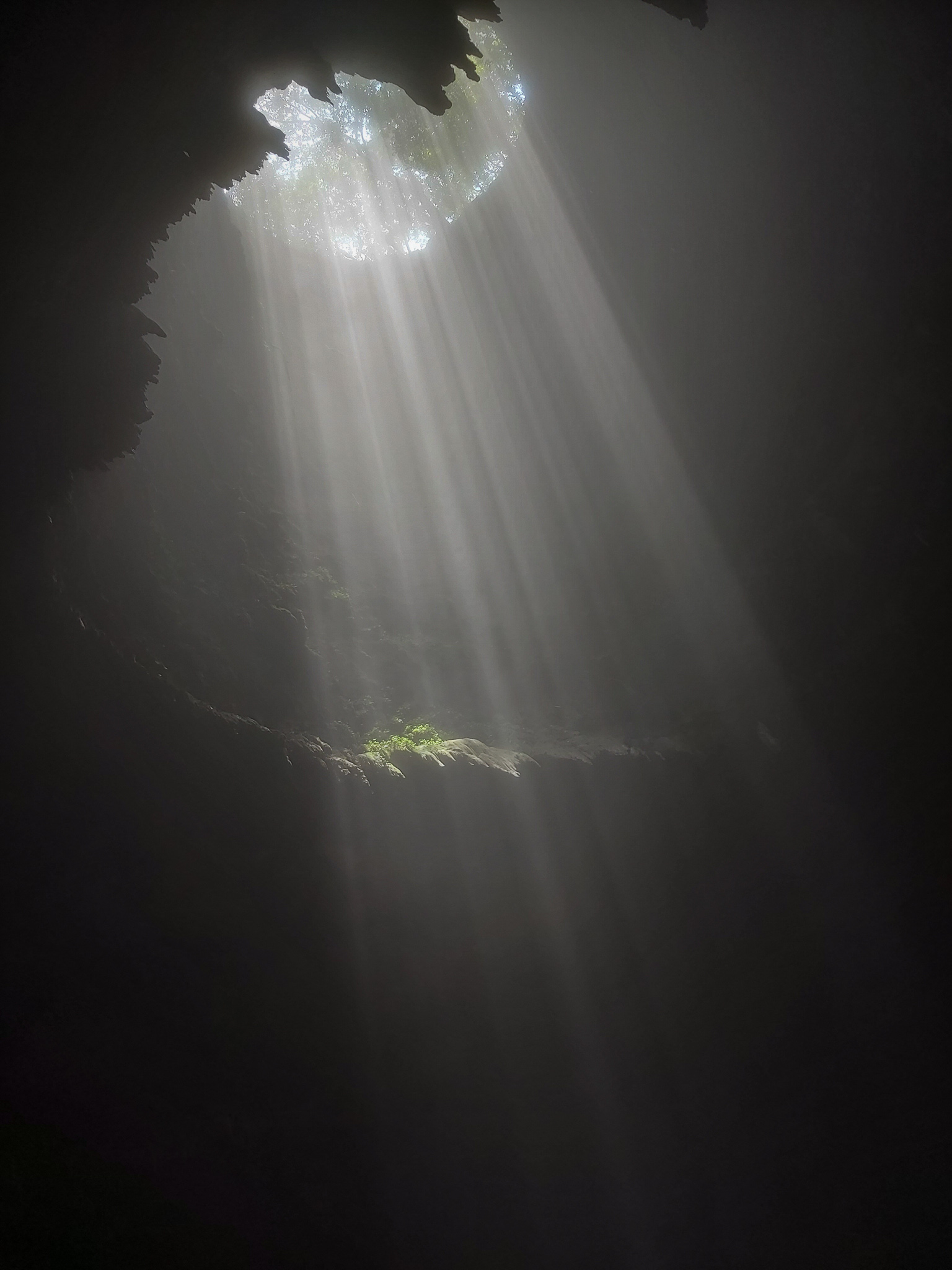
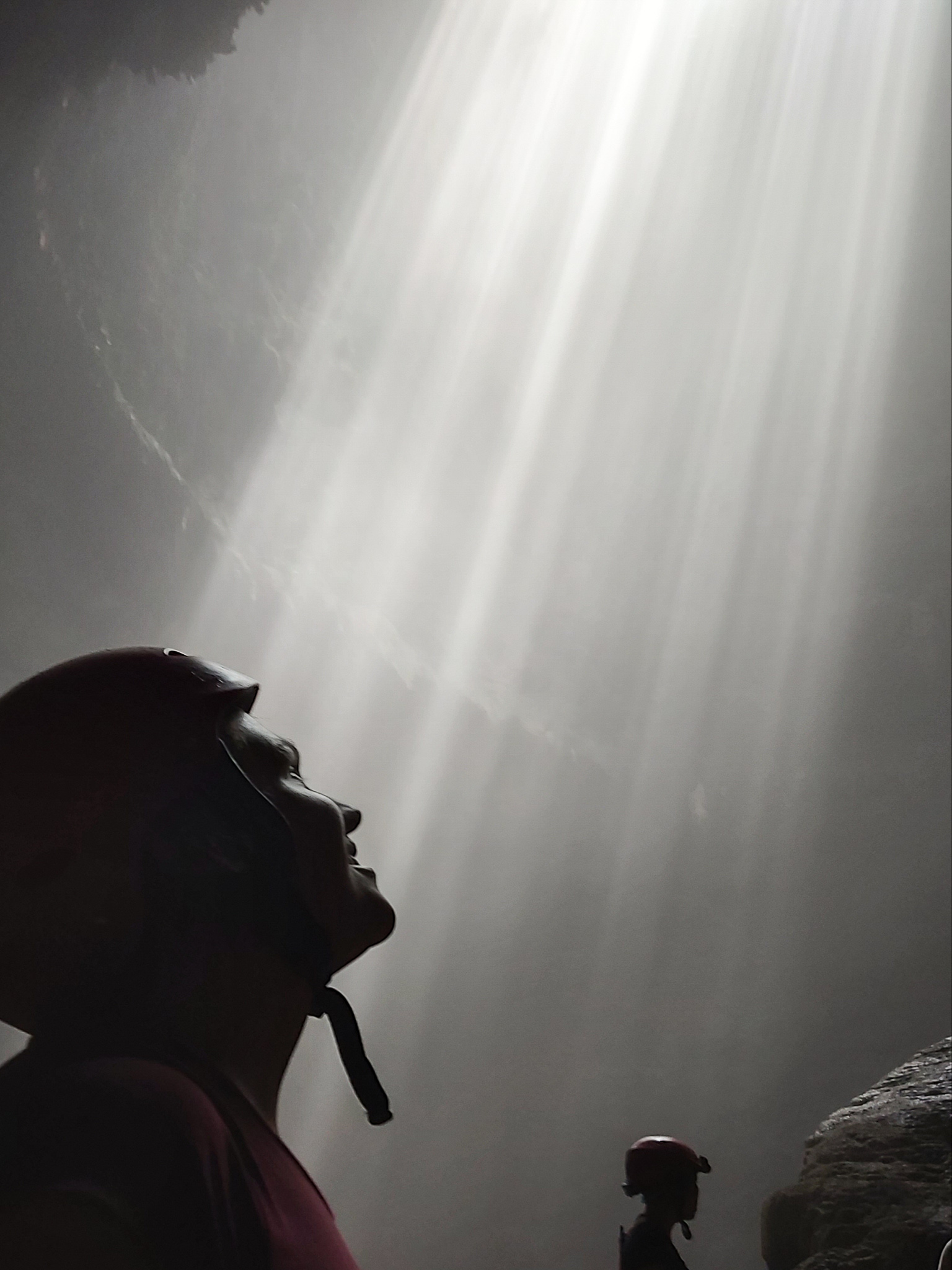
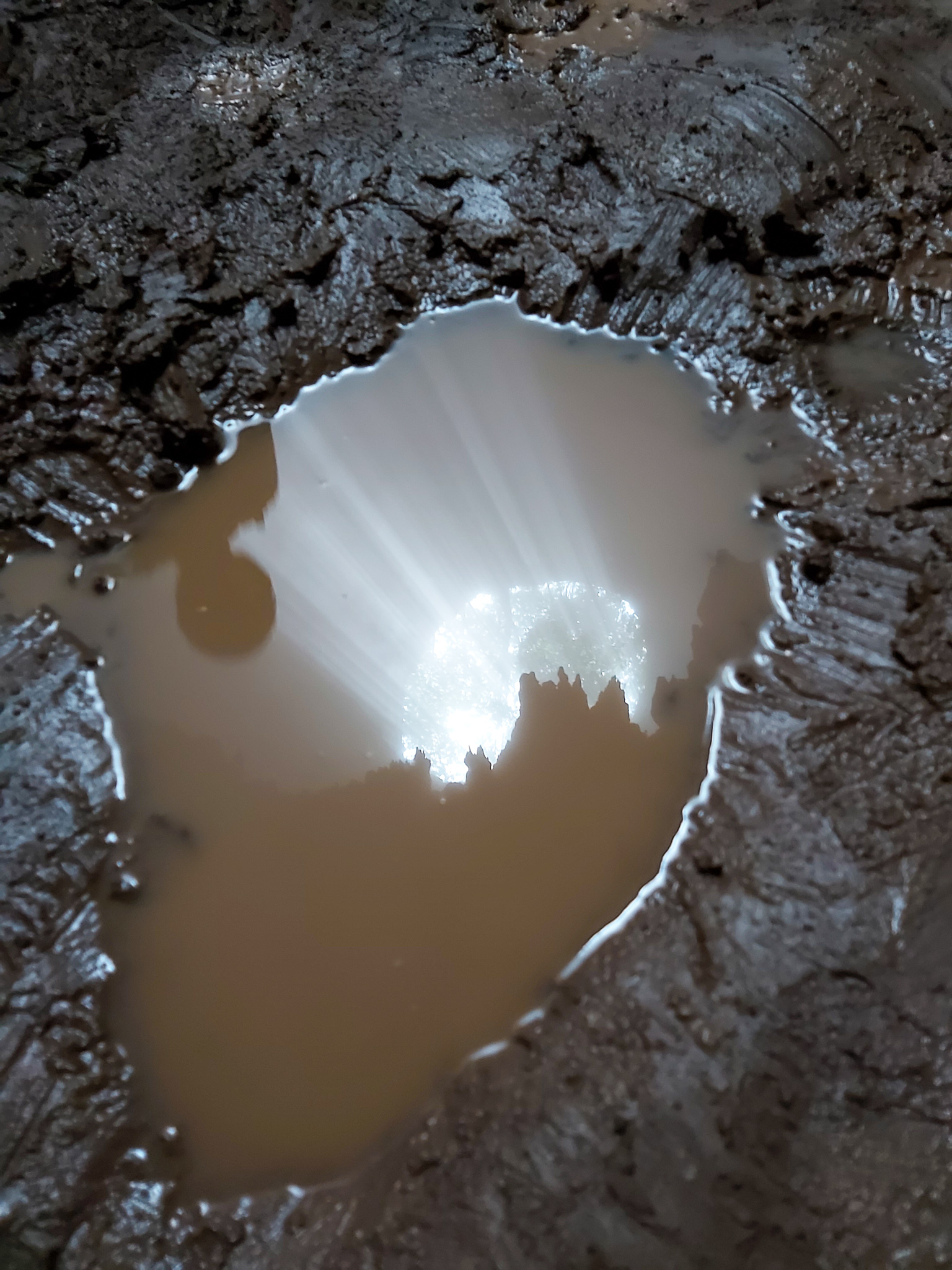
Mount Merbabu
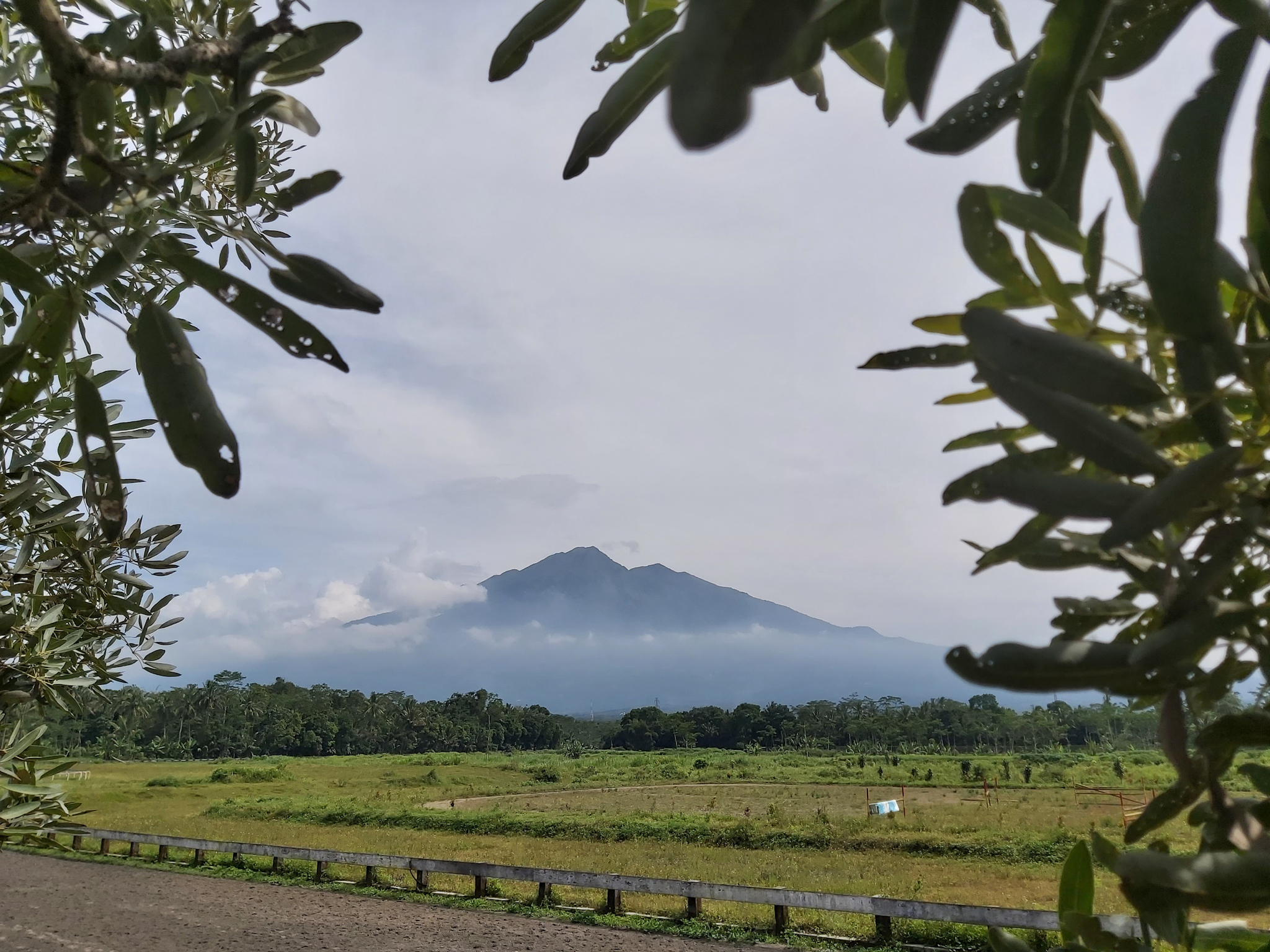
Merbabu could be loosely translated from Javanese as ‘Mountain of Ash’. An area of 57 km² at the mountain has been declared a national park in 2004. The active volcano Mount Merapi is directly adjacent on its south-east side. The last eruption was in 1797. The oldest Indonesian lontar manuscripts were found here.

